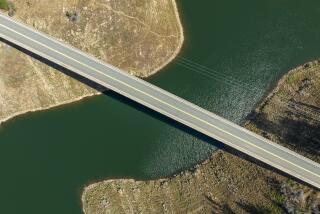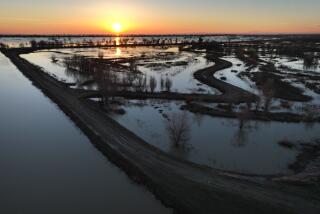California drought report: Thunderstorms bring slight relief to desert

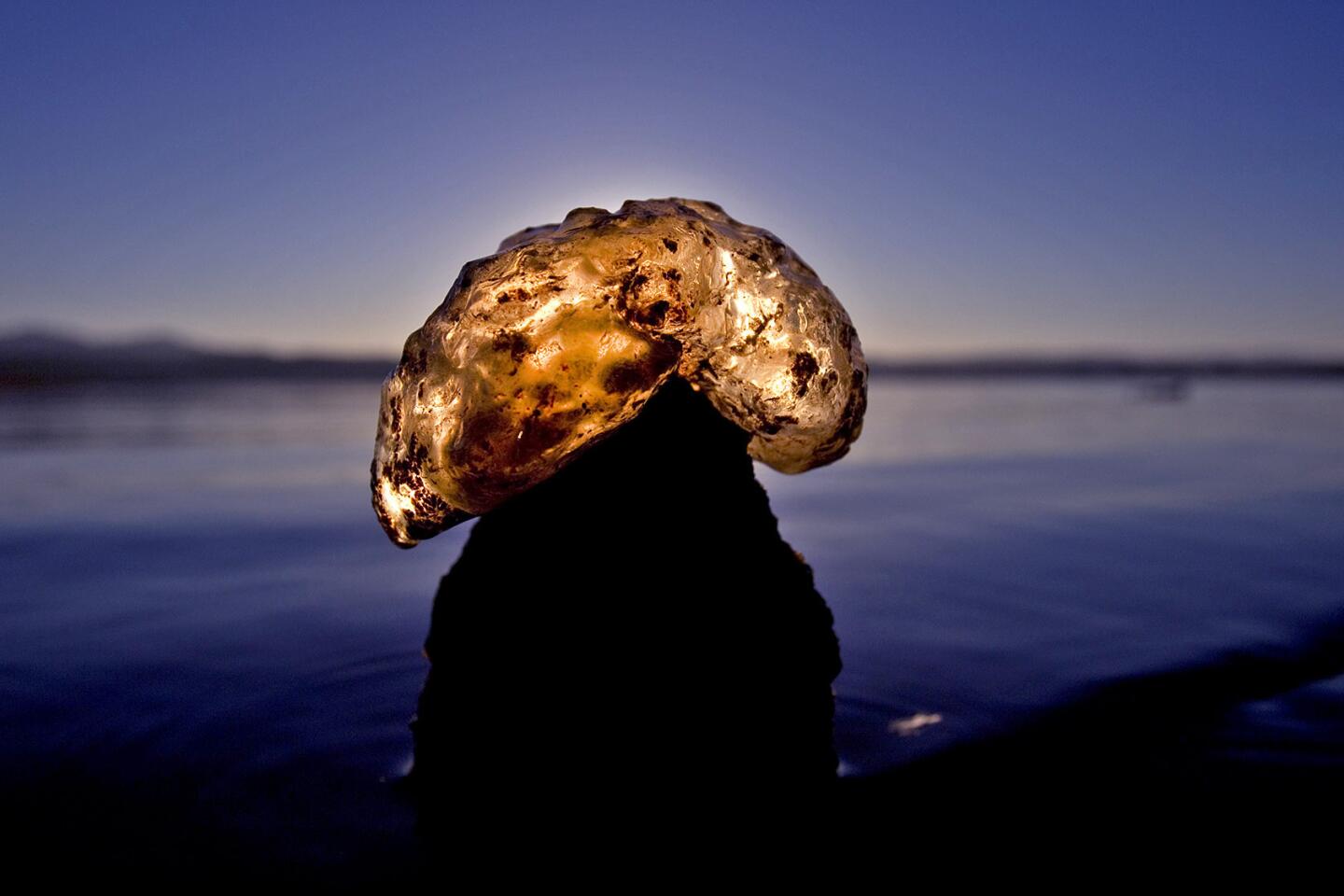
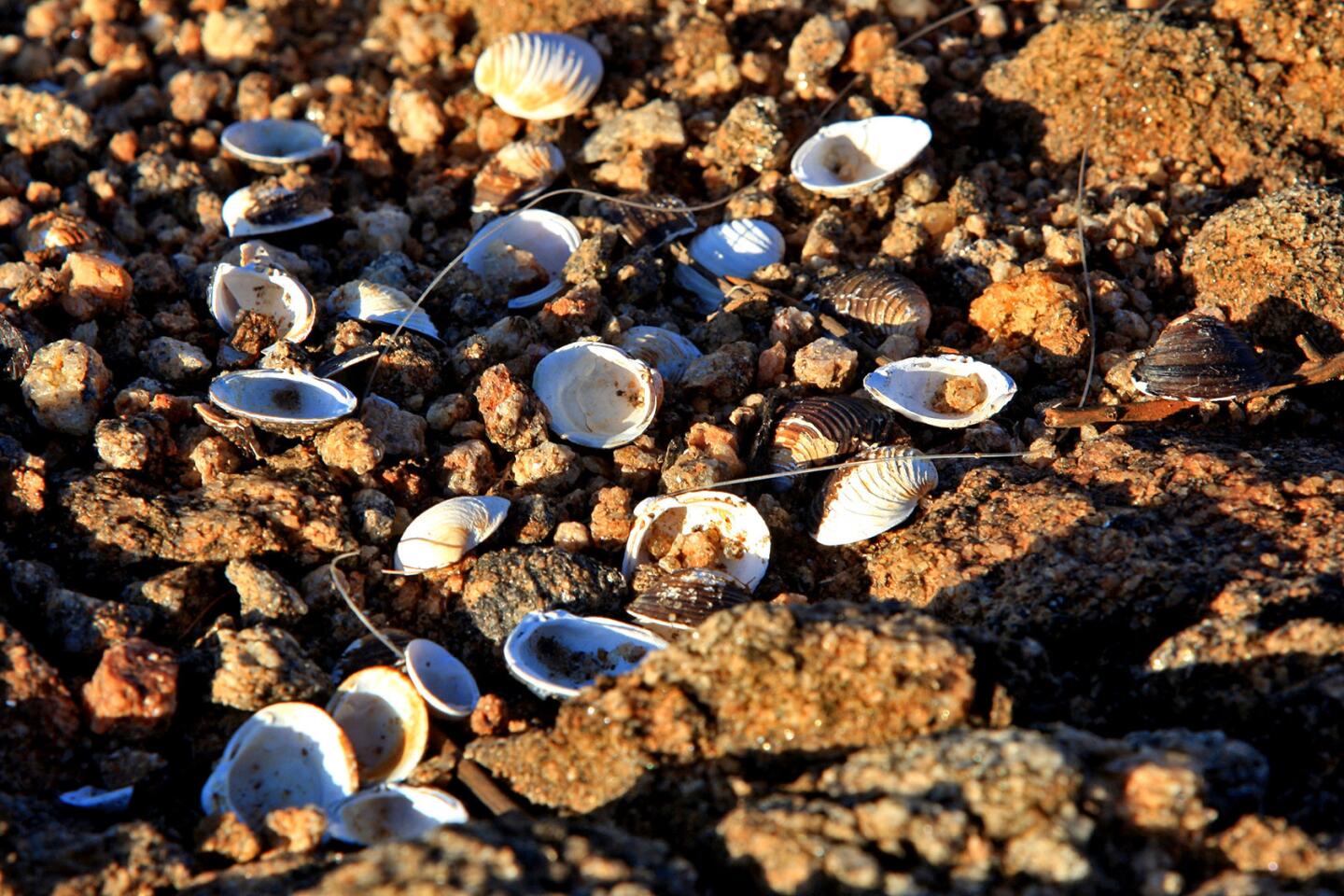
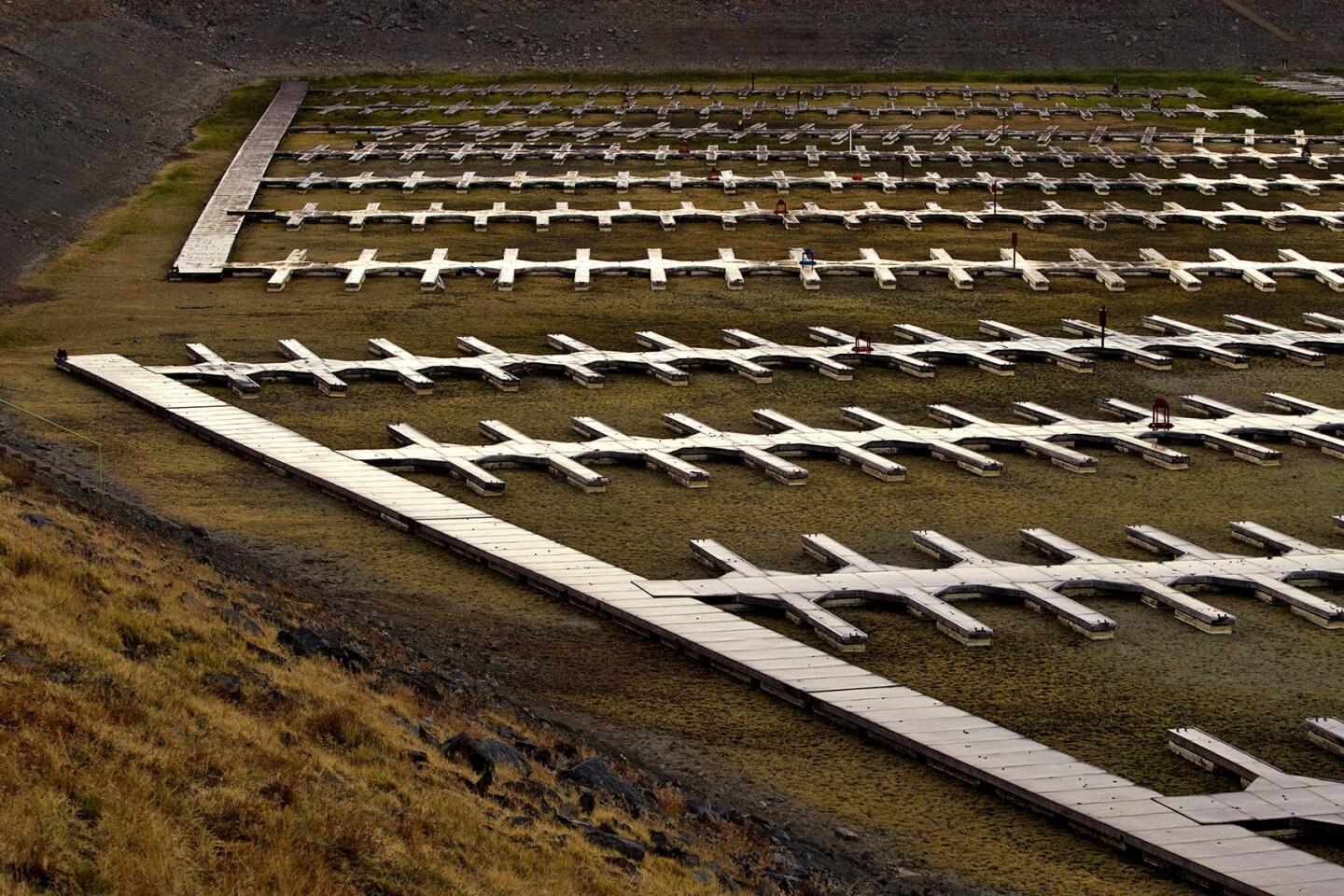
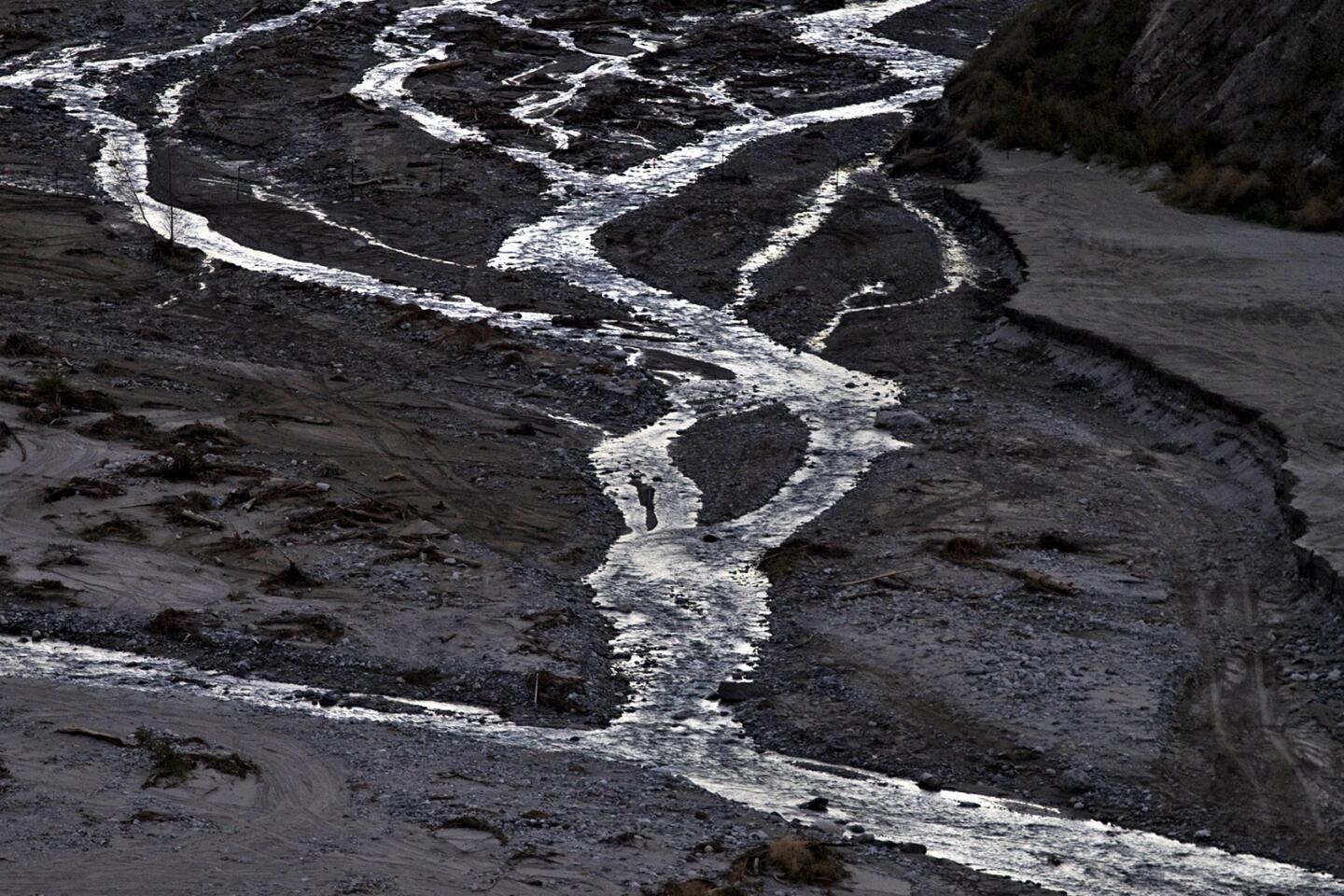
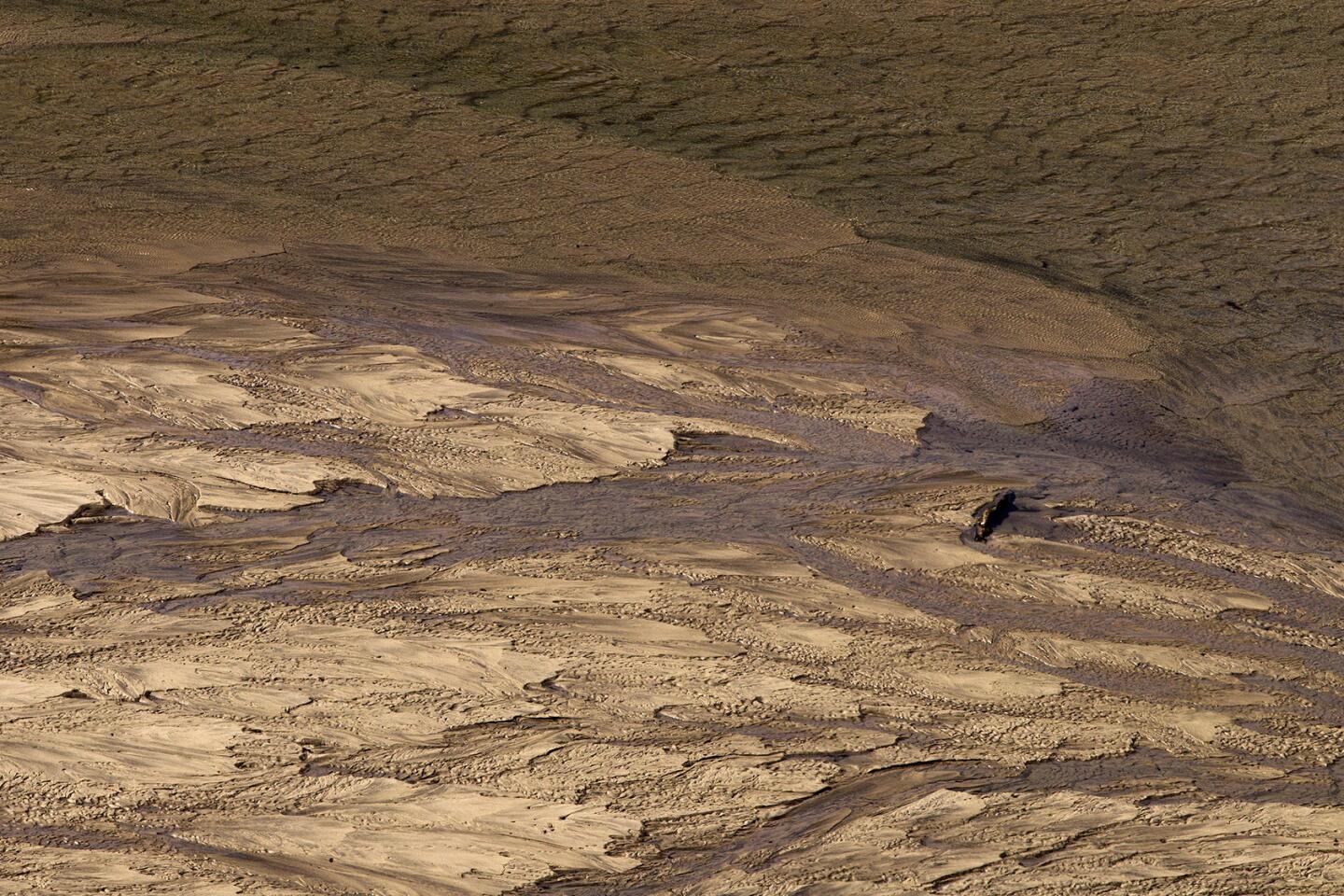
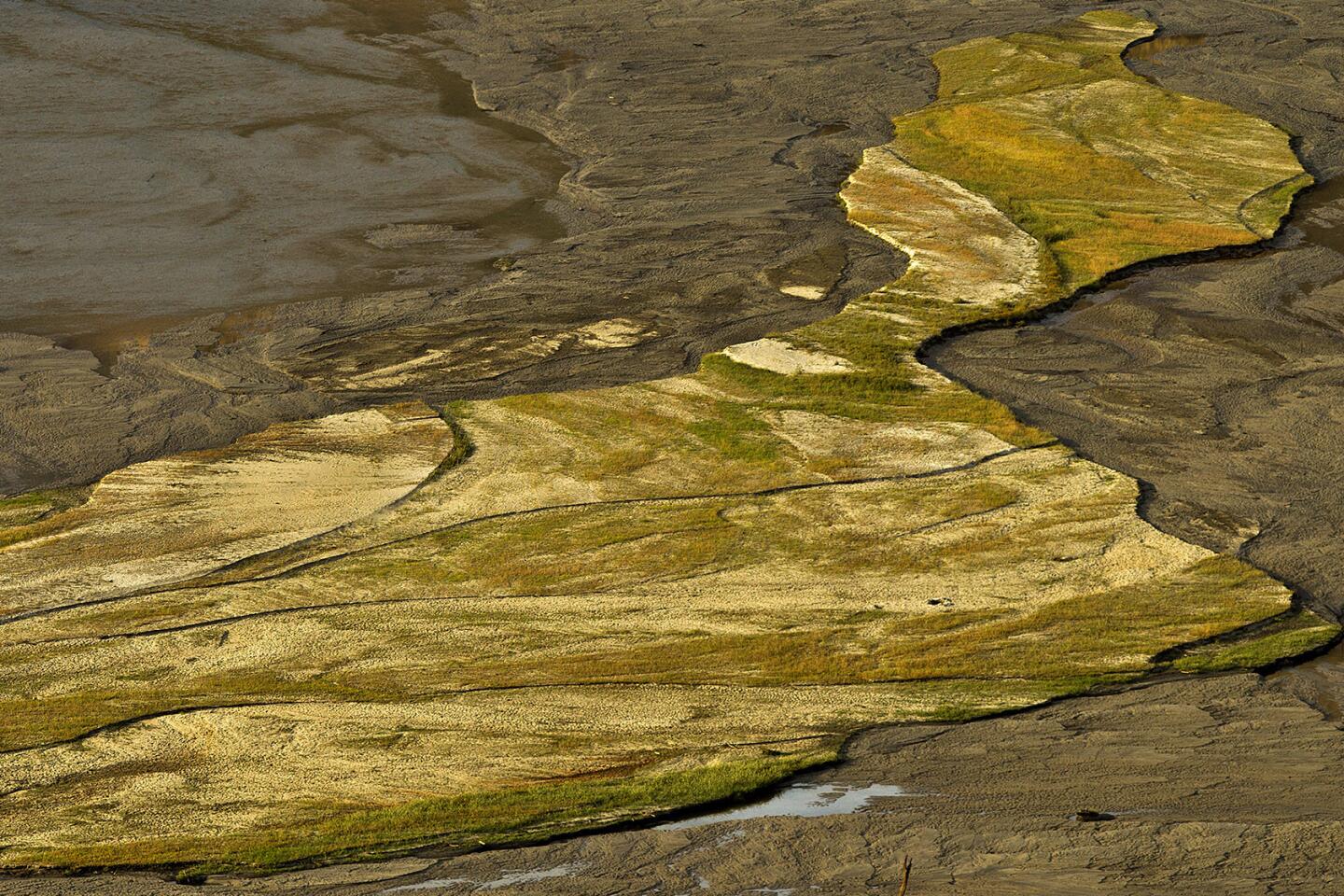
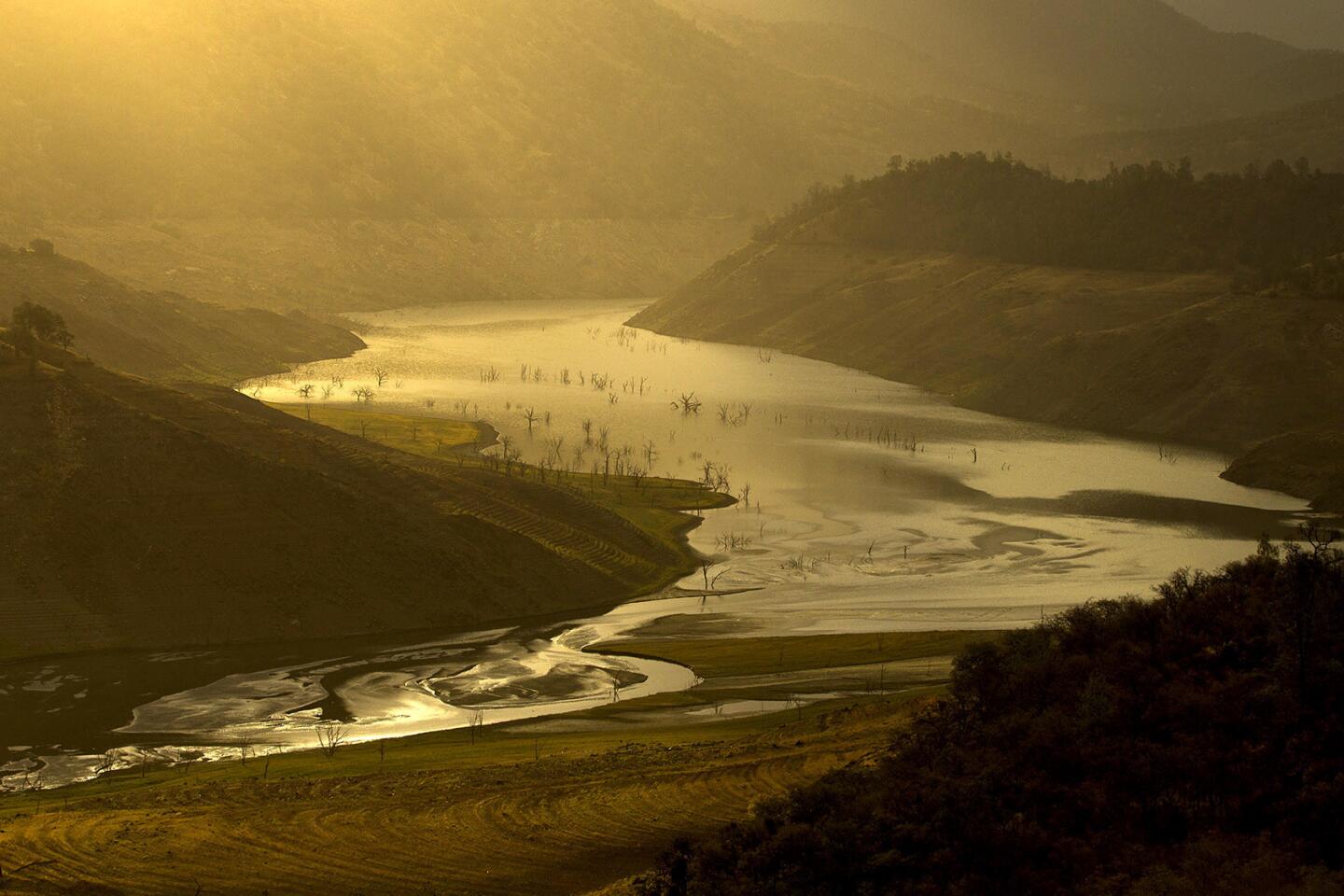
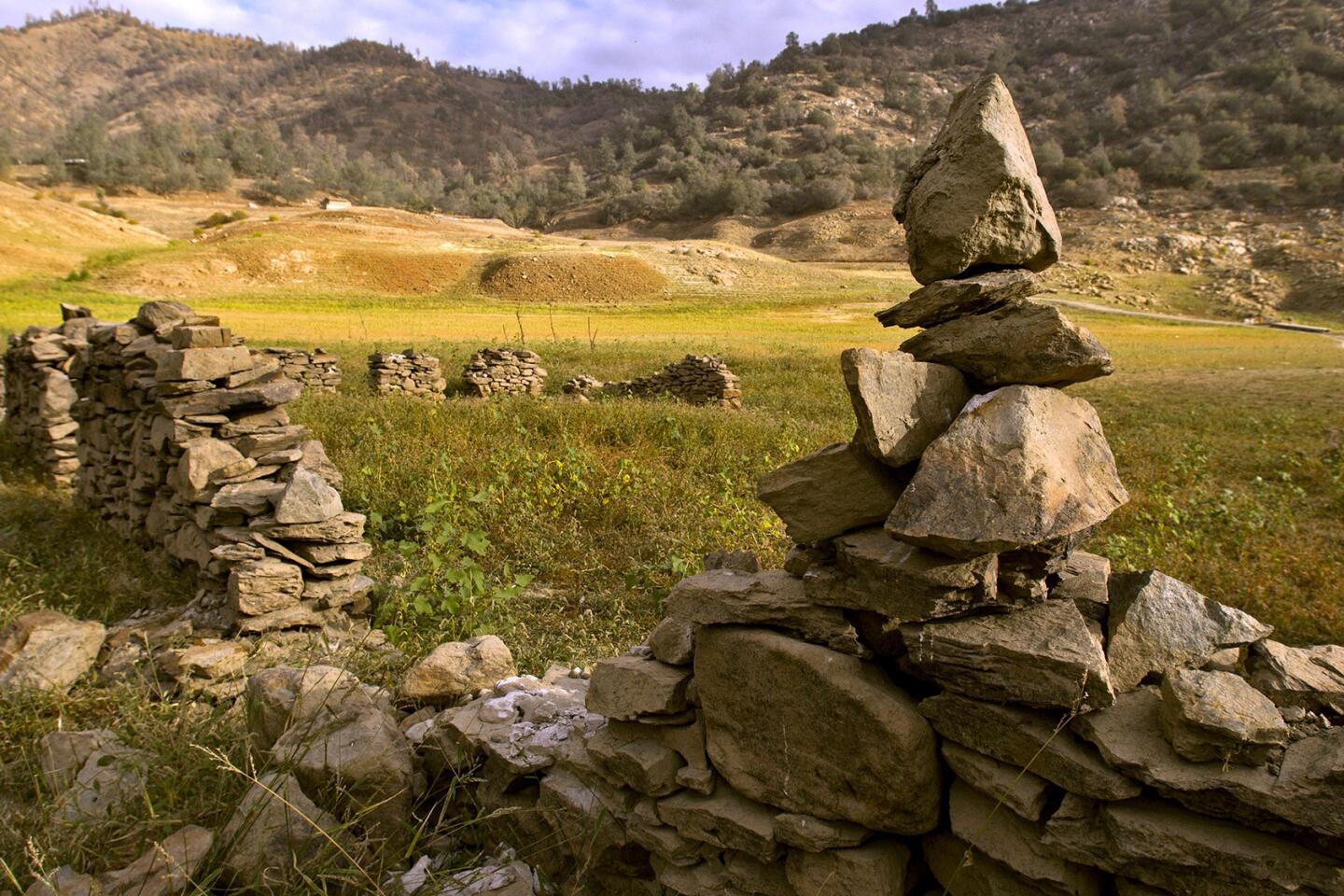
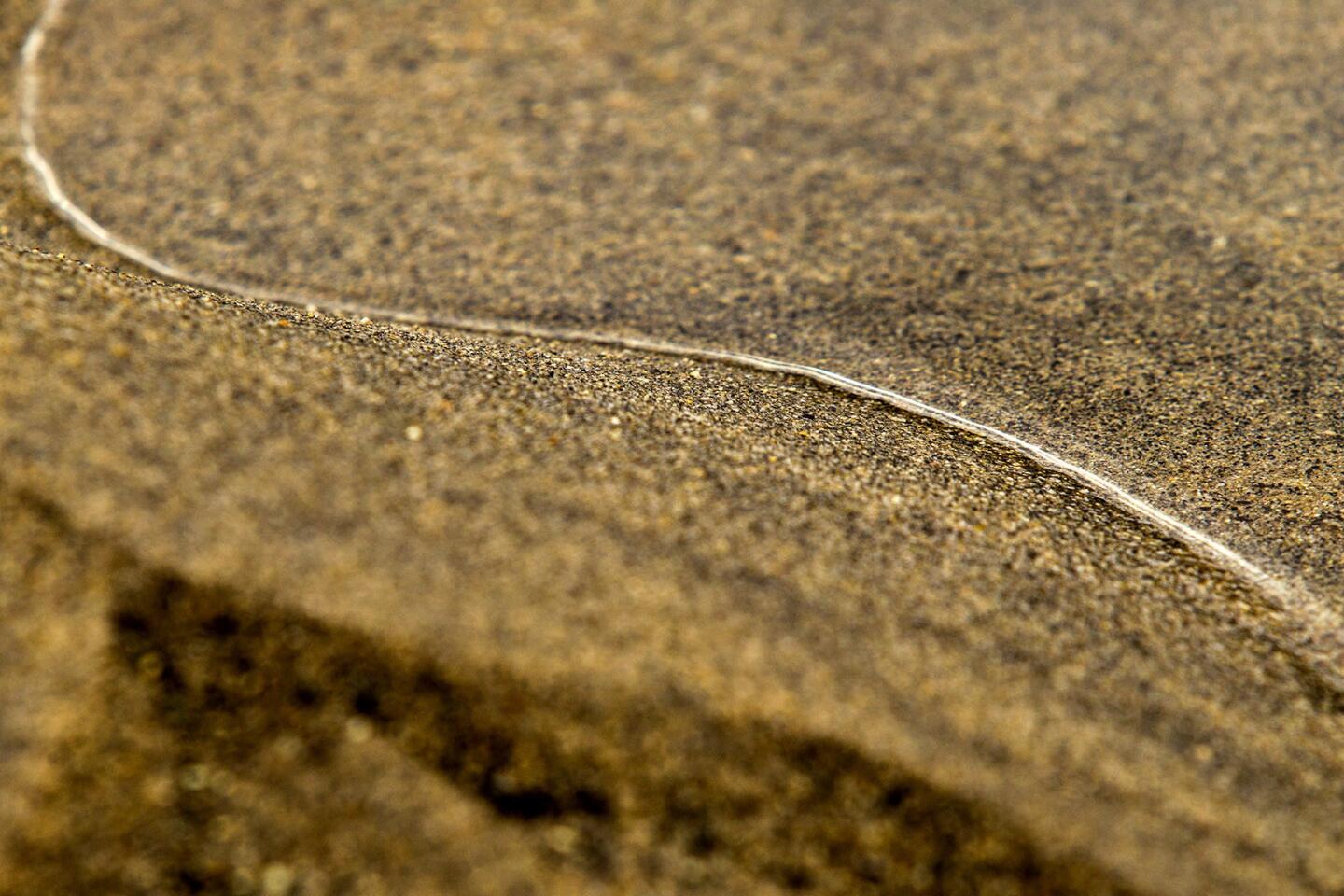
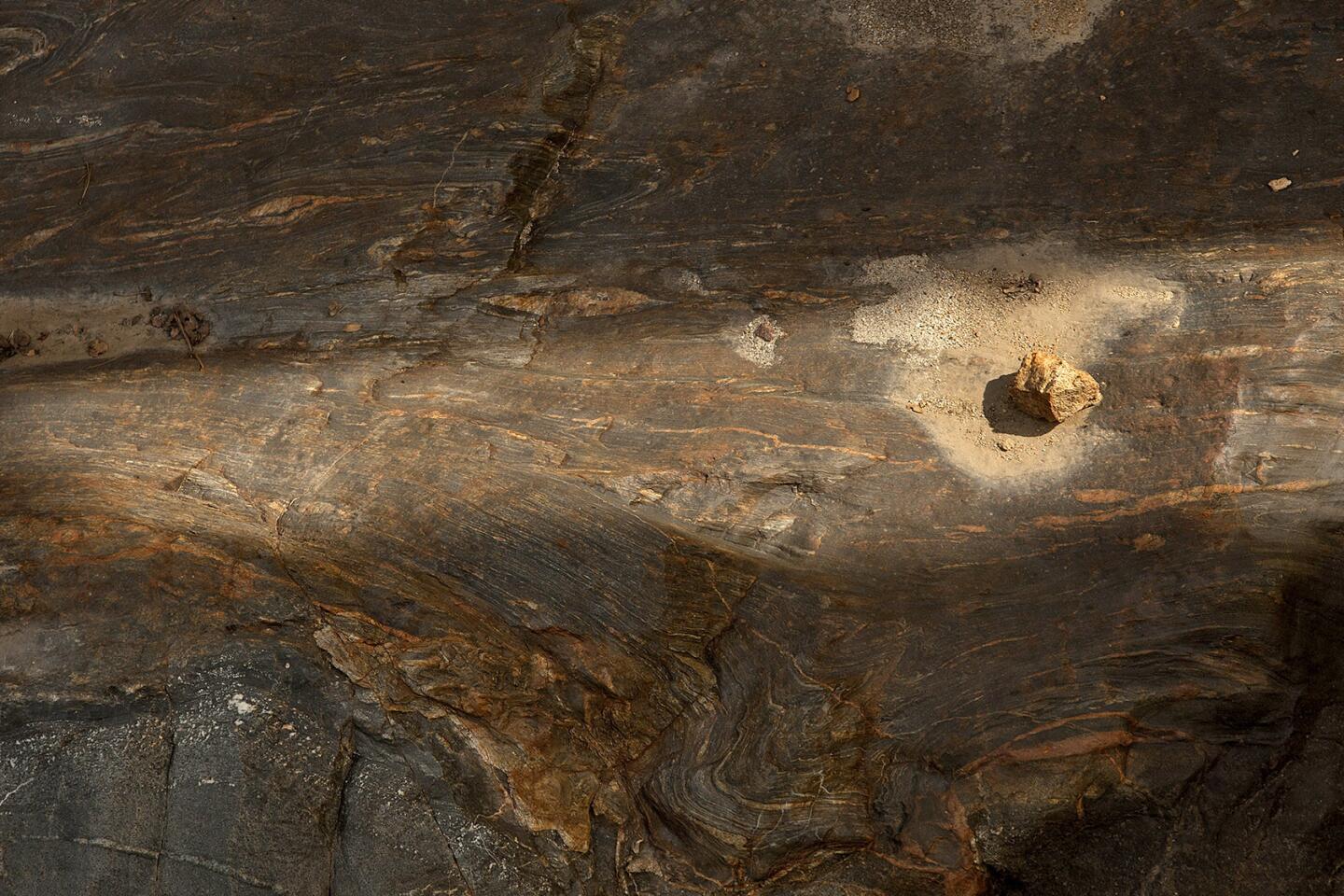
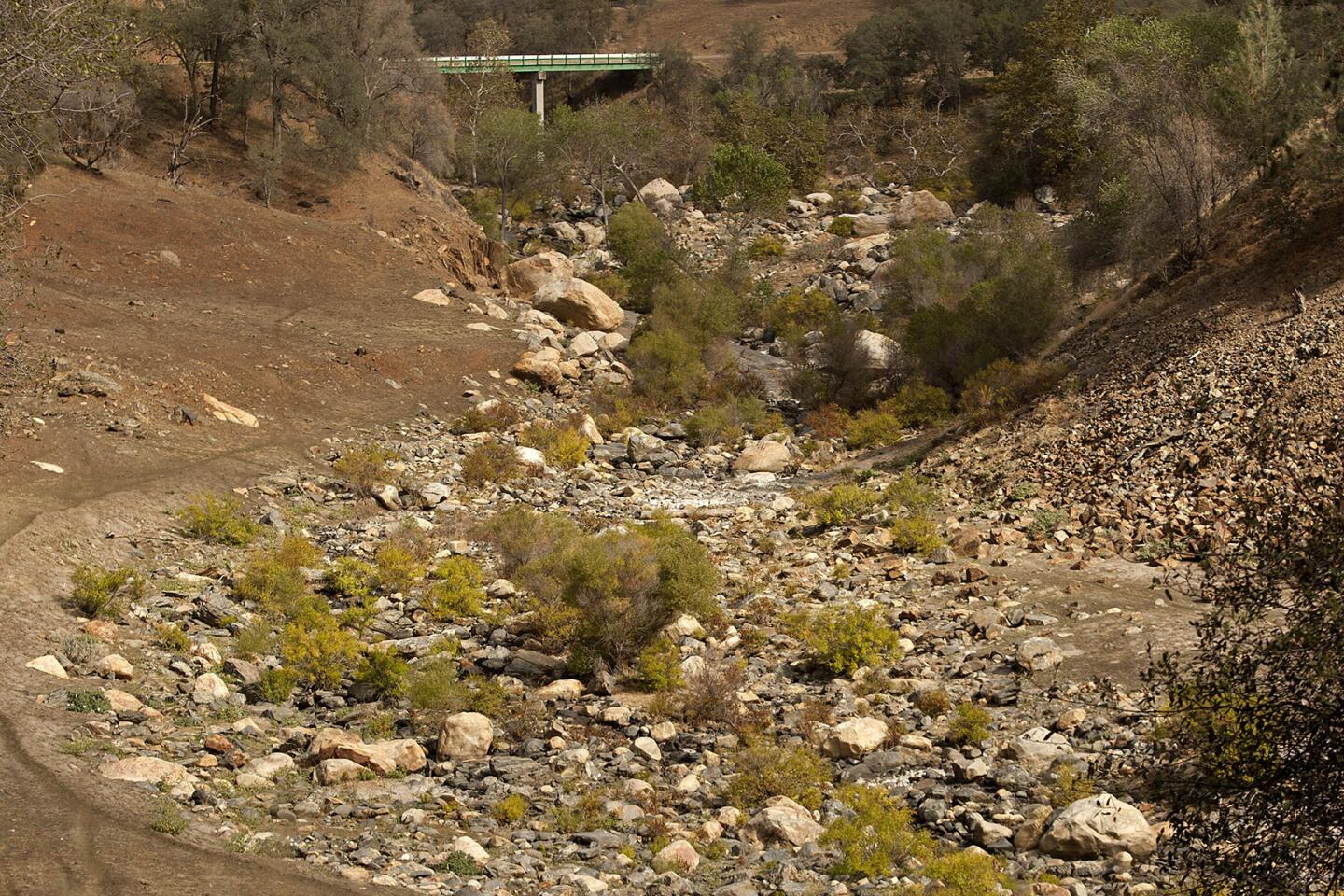
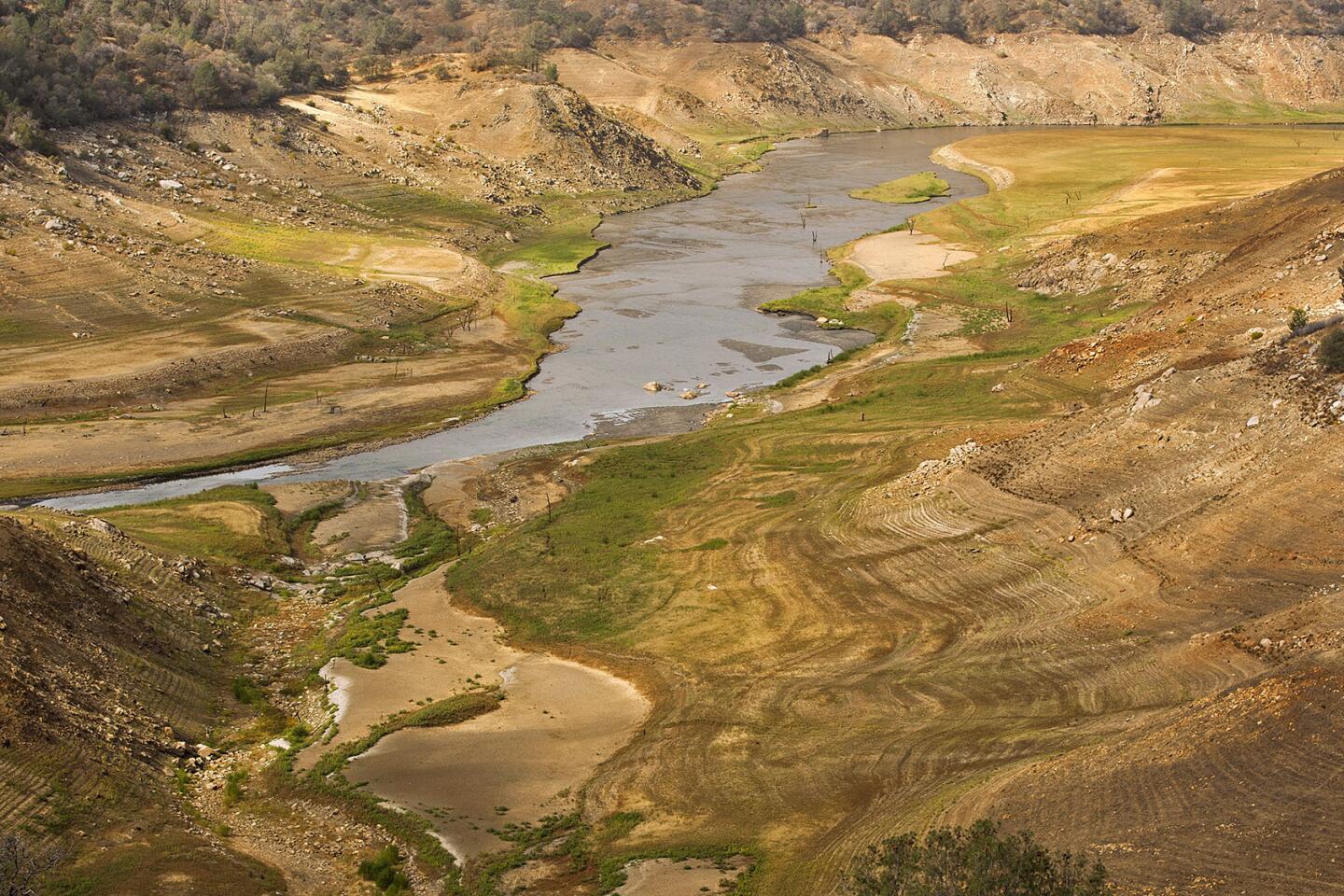
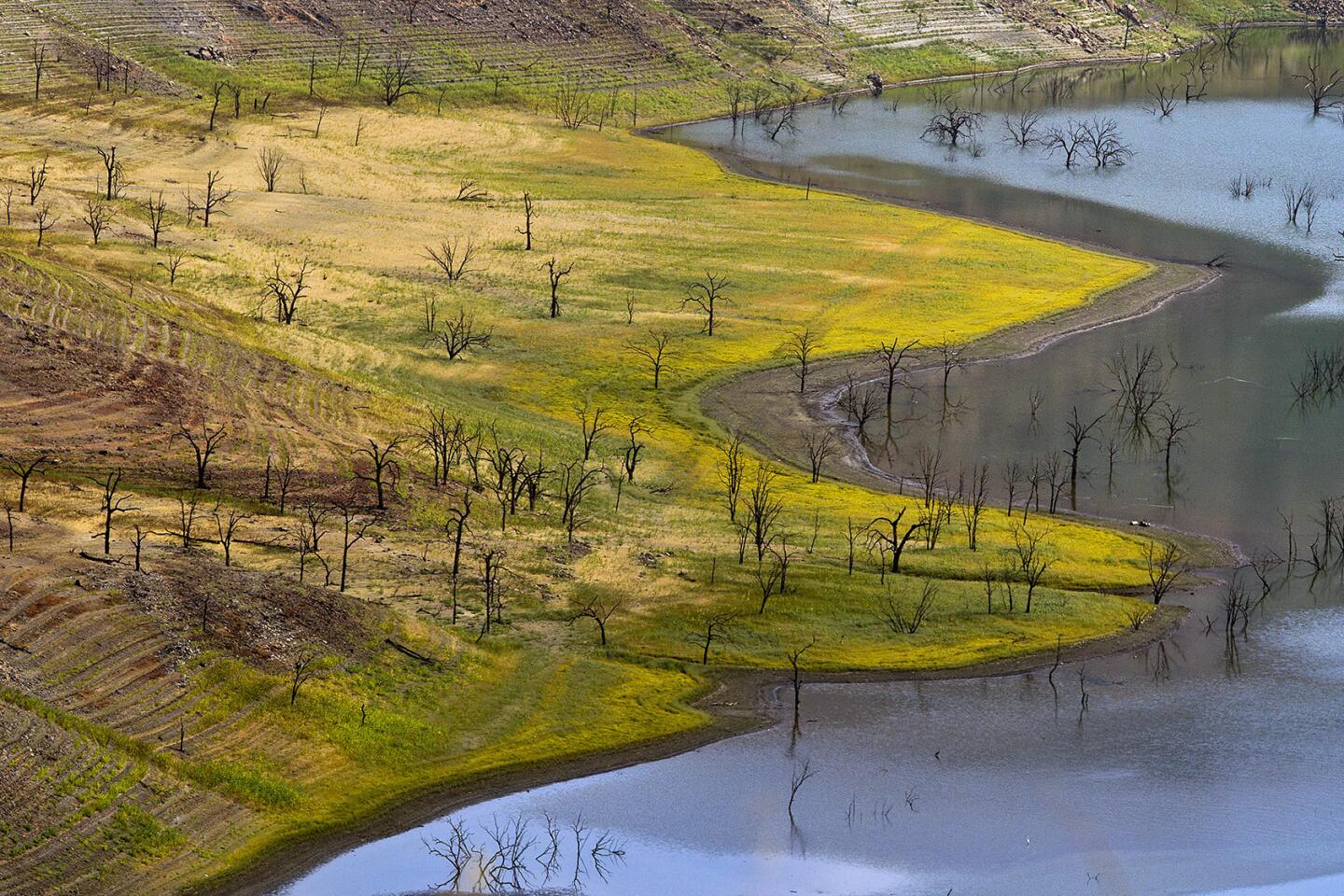
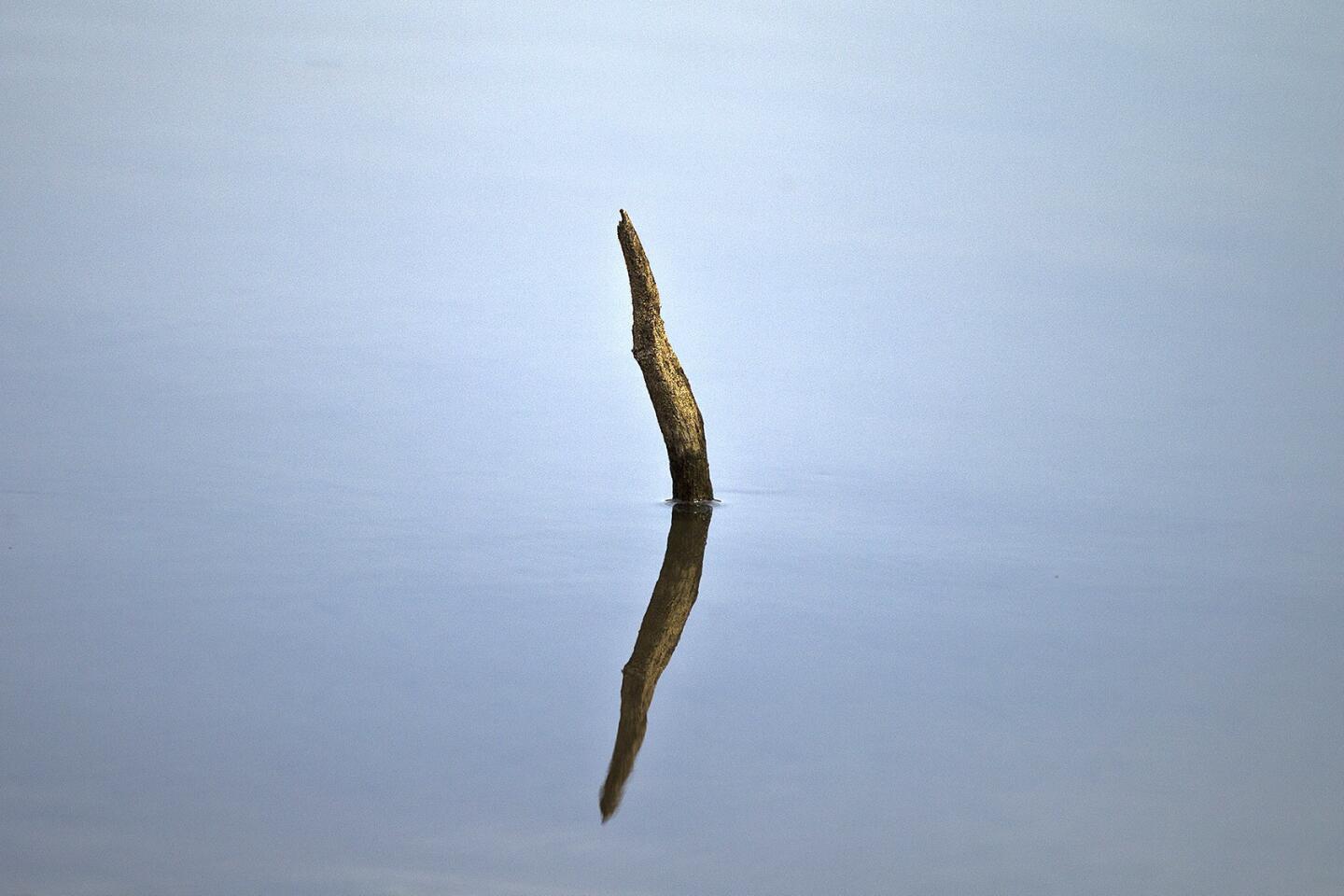
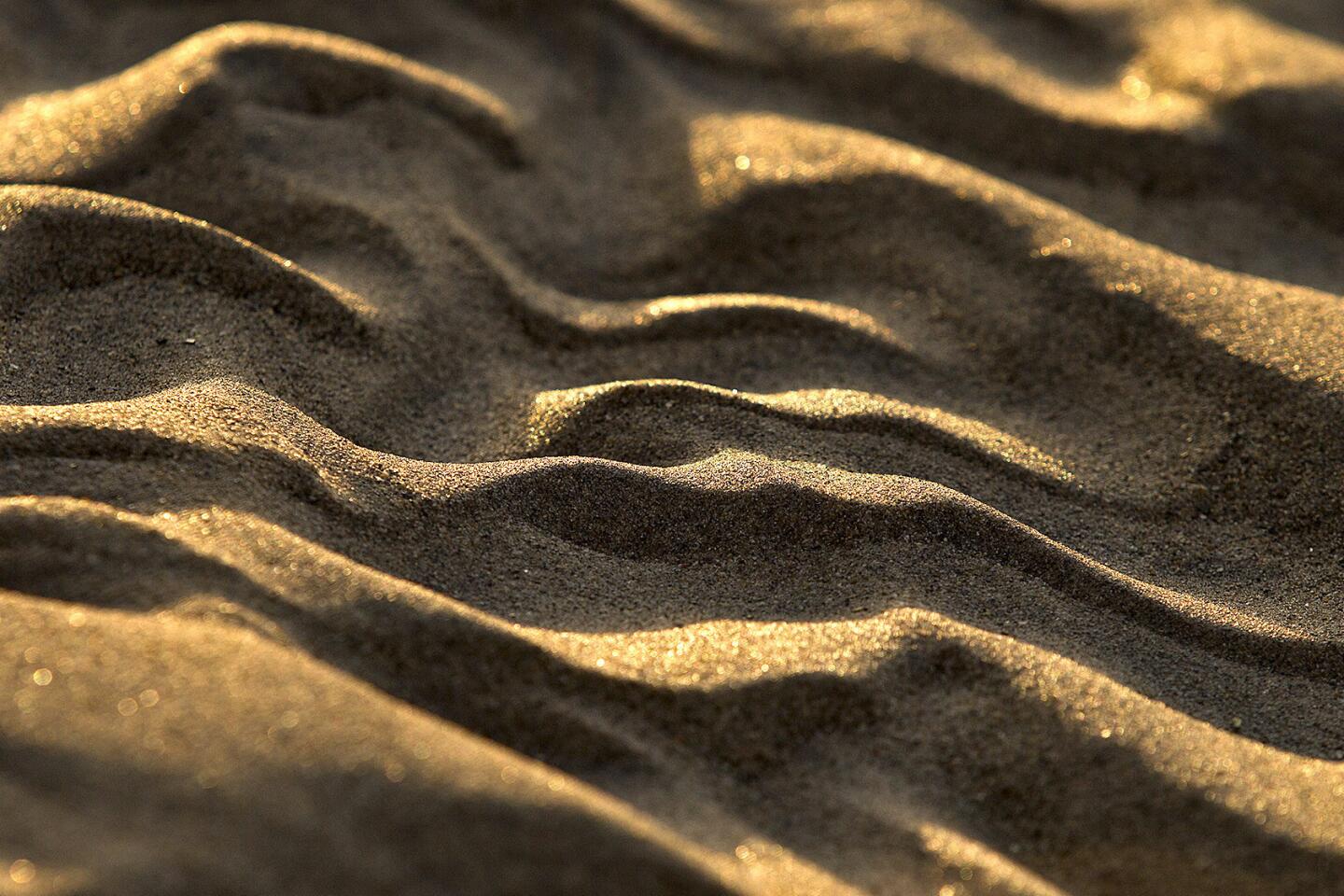
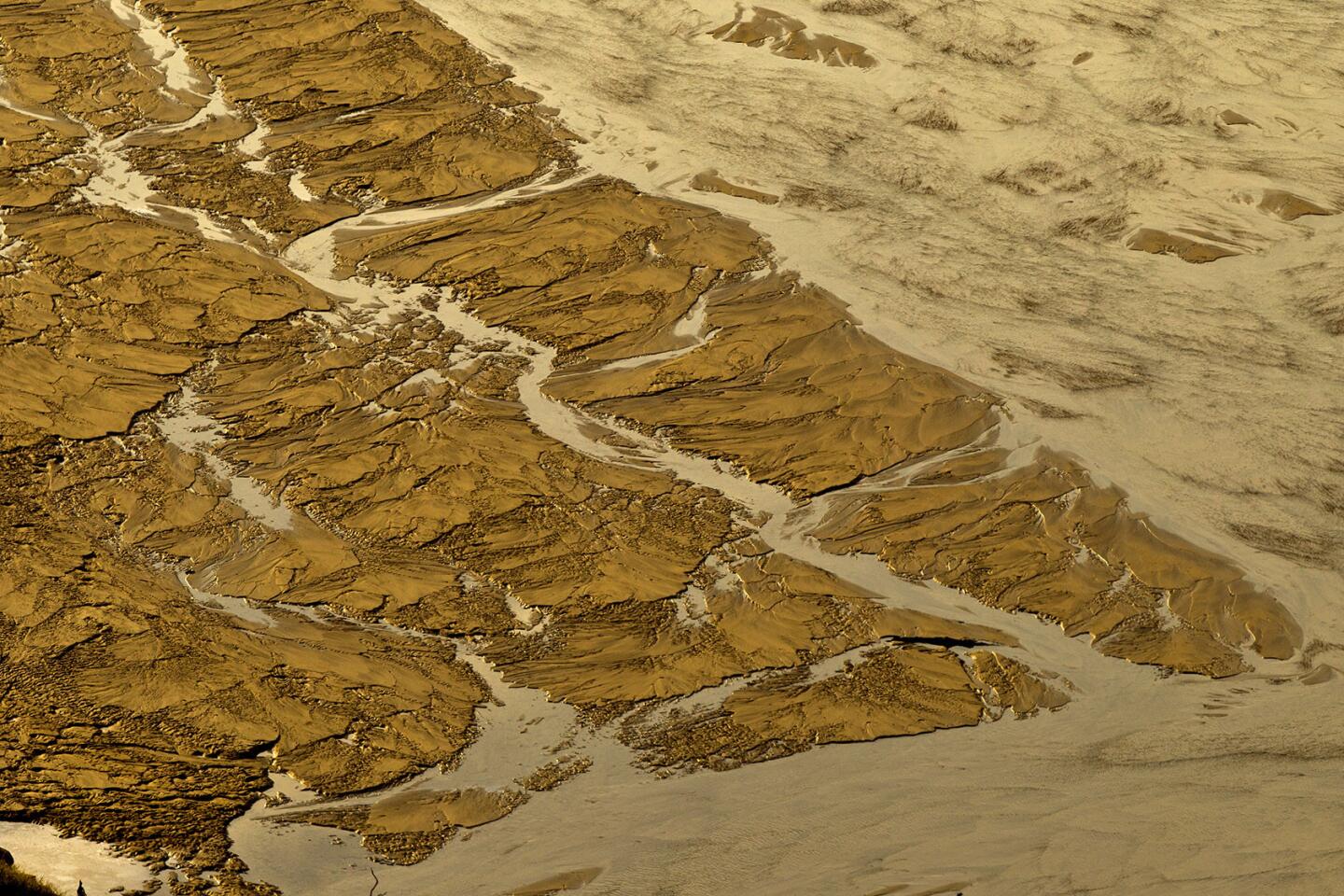
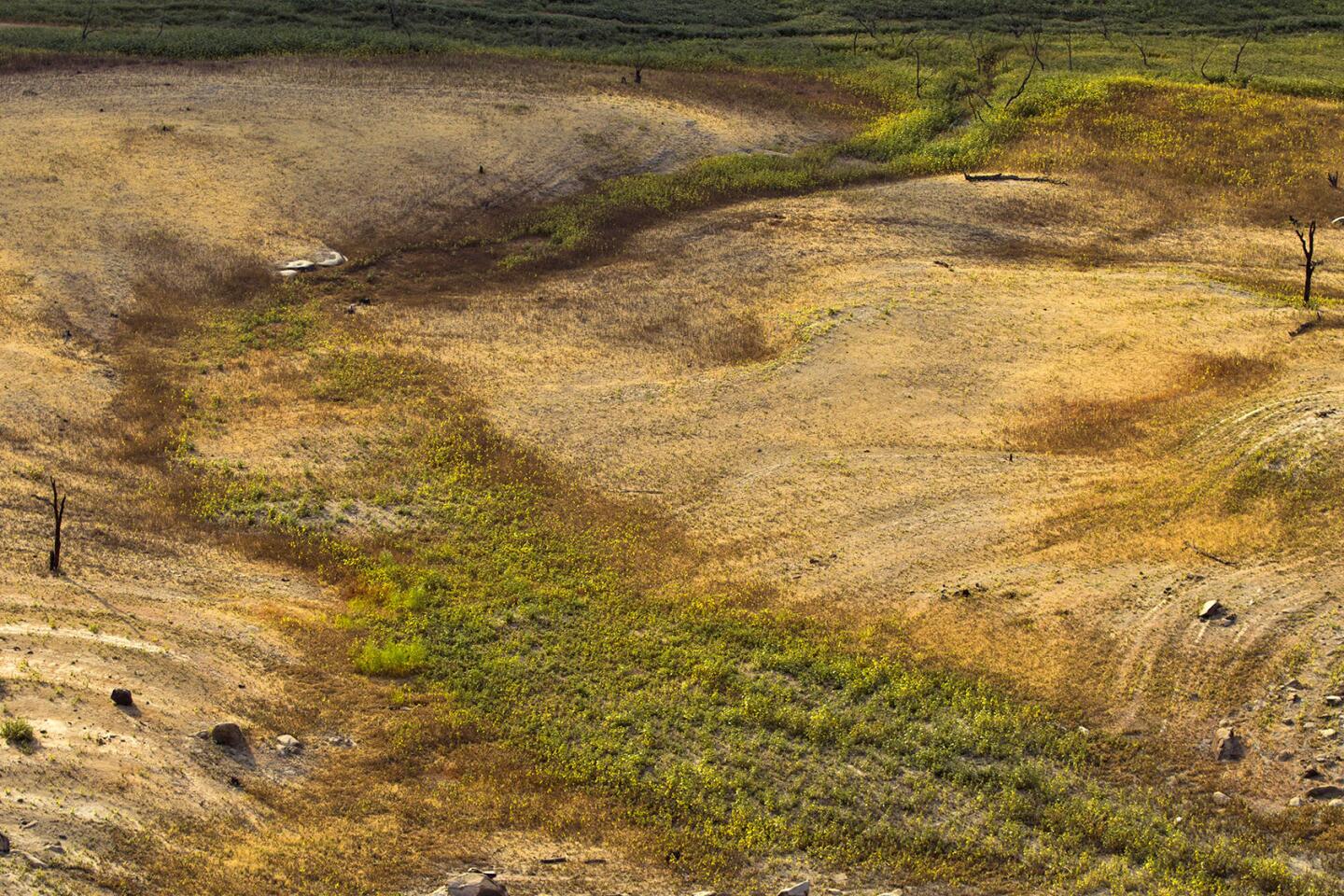
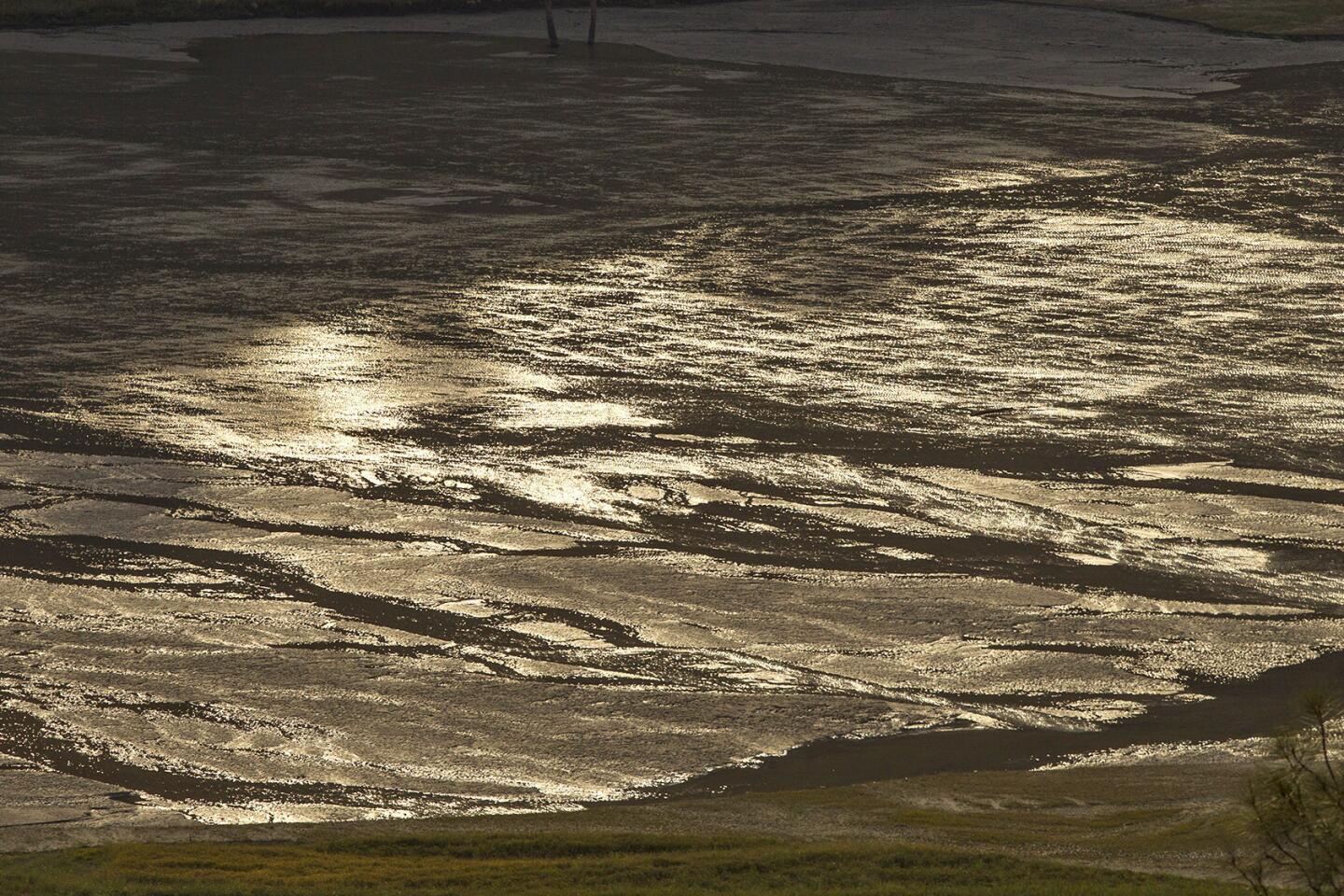
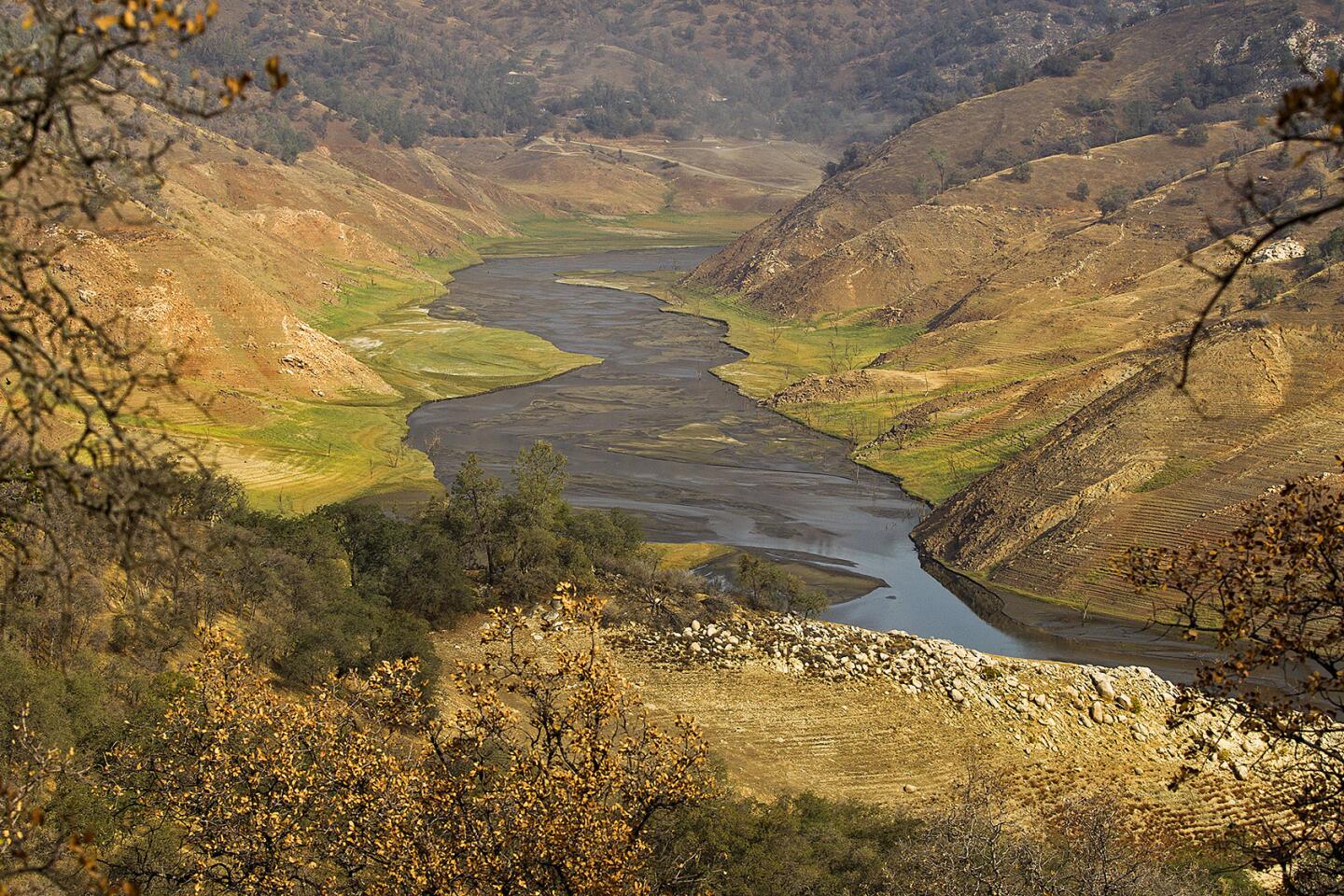
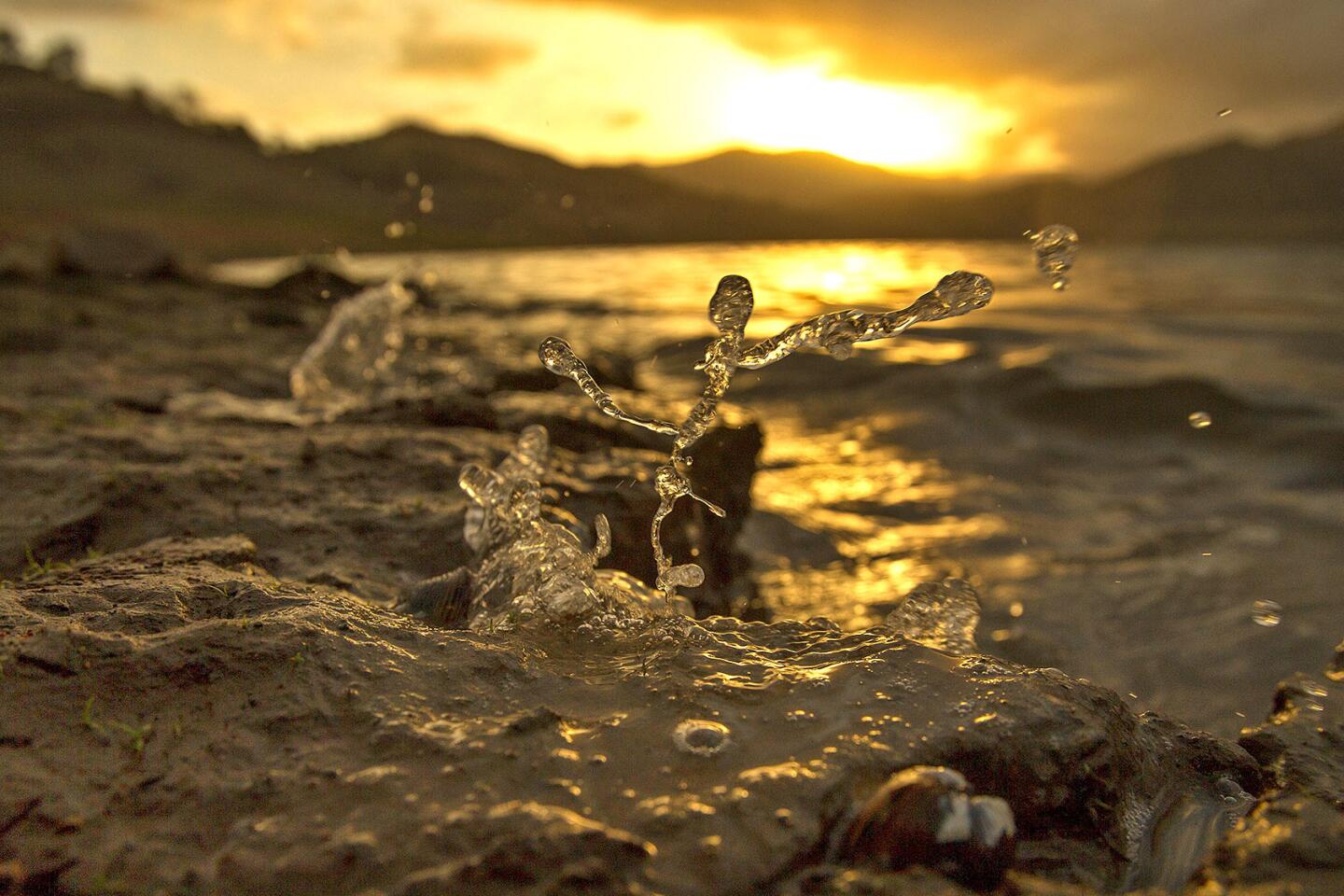
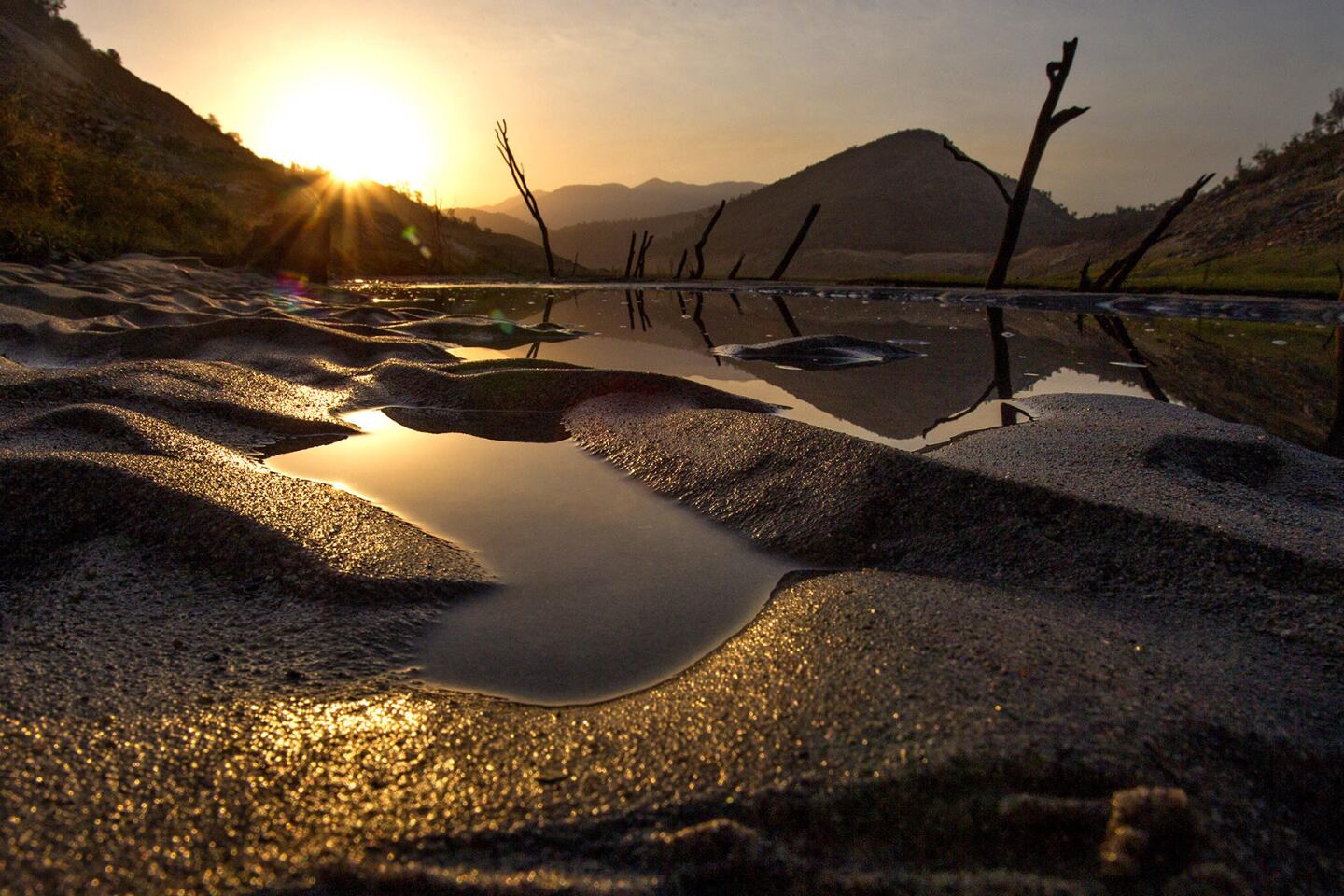
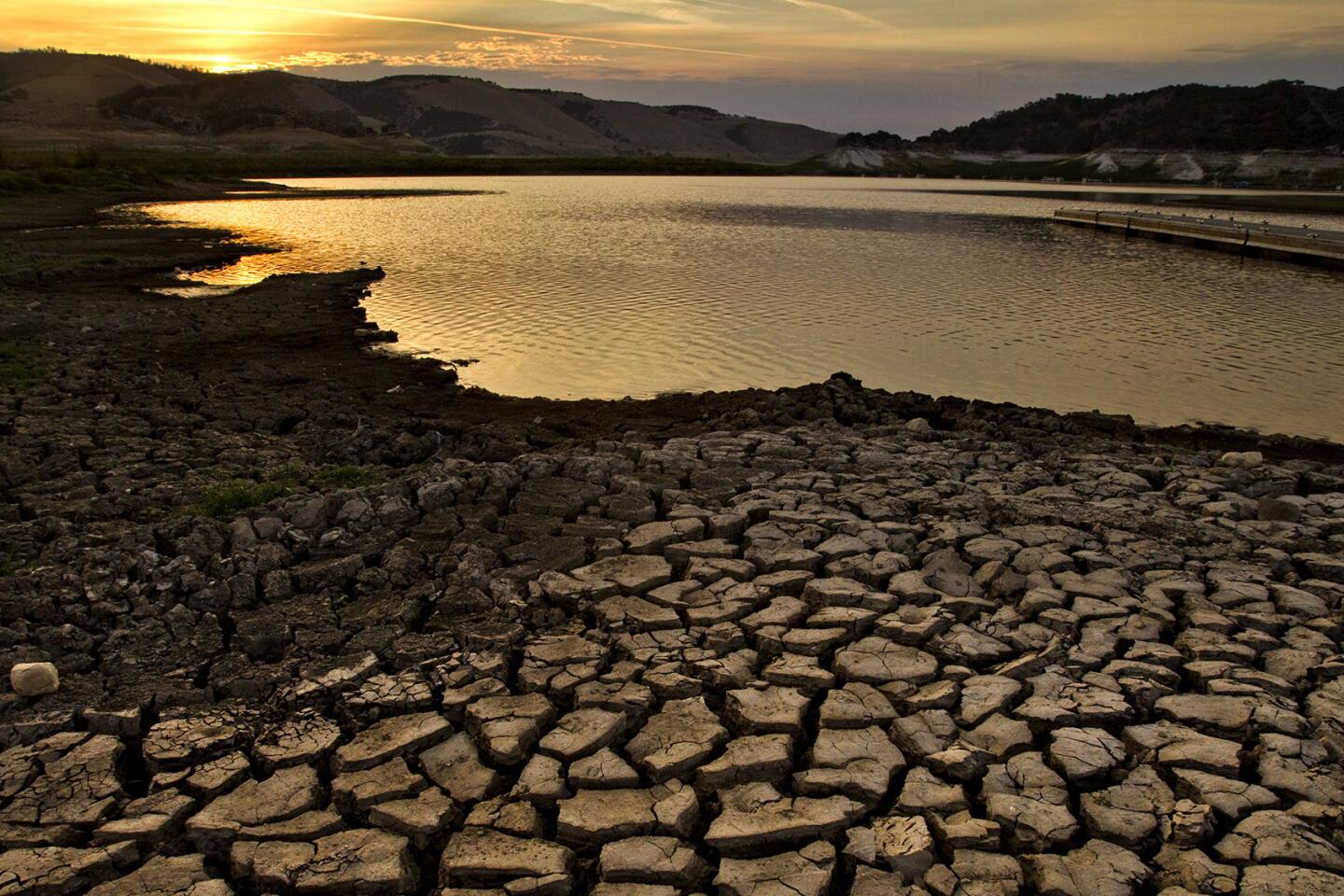
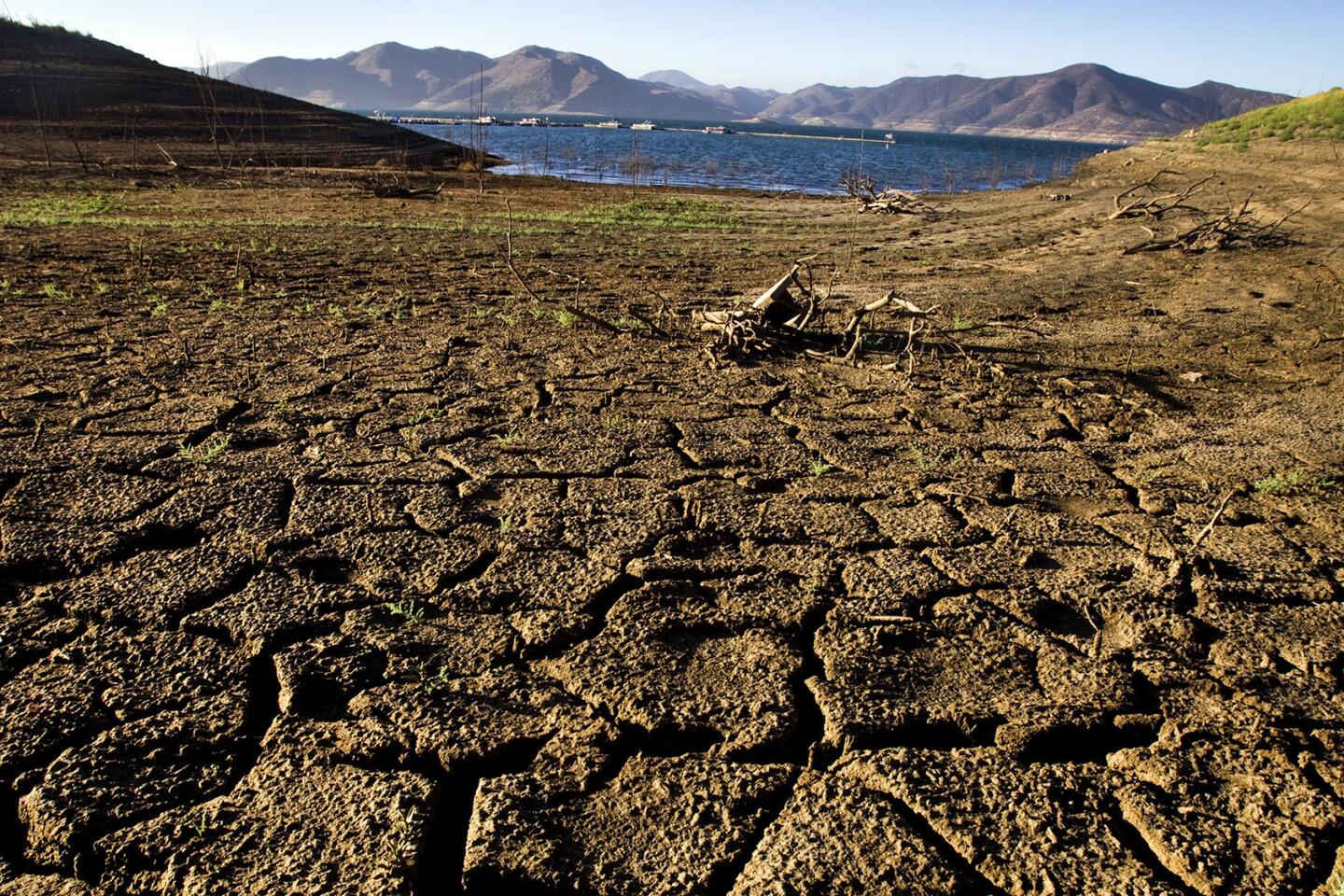
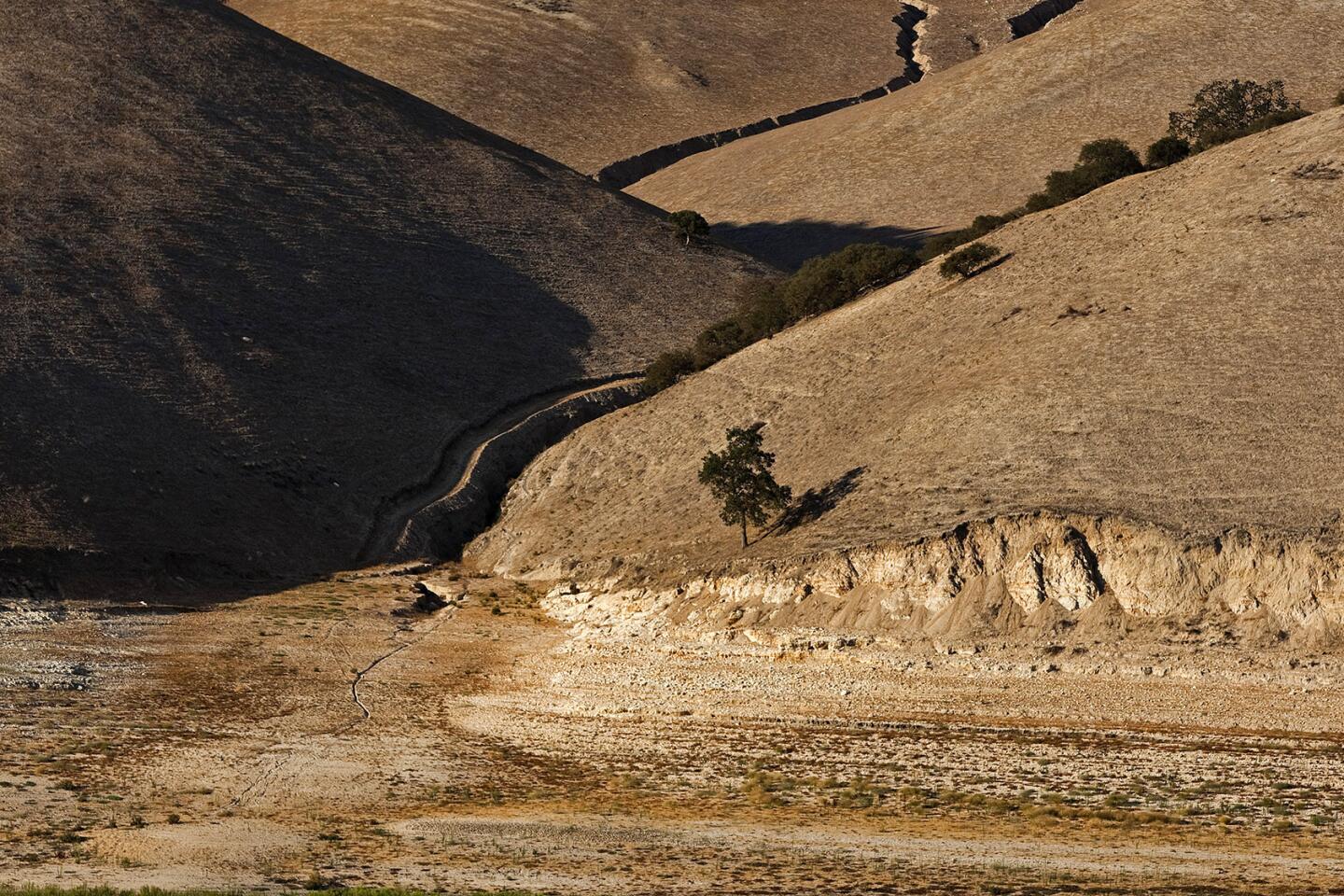
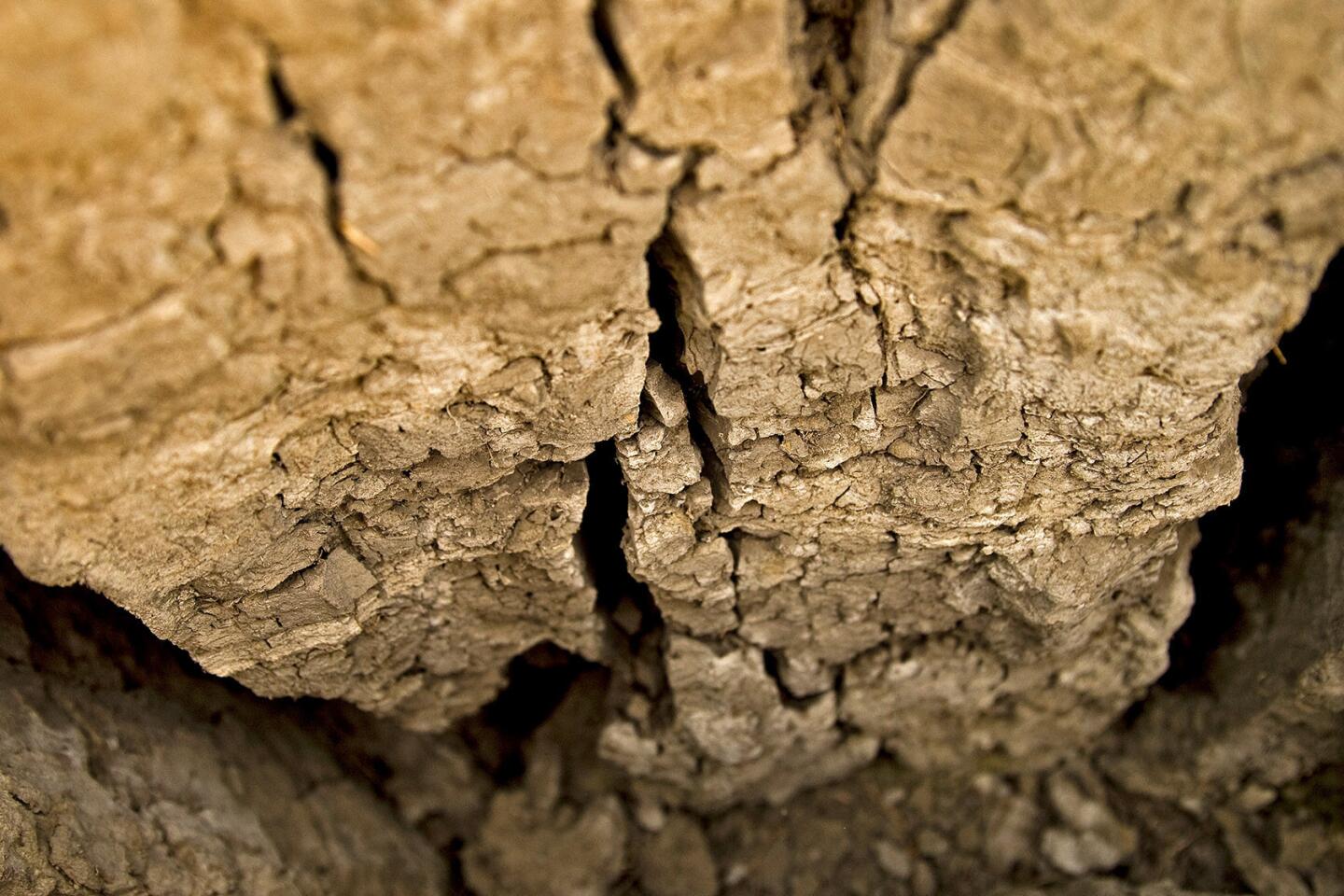
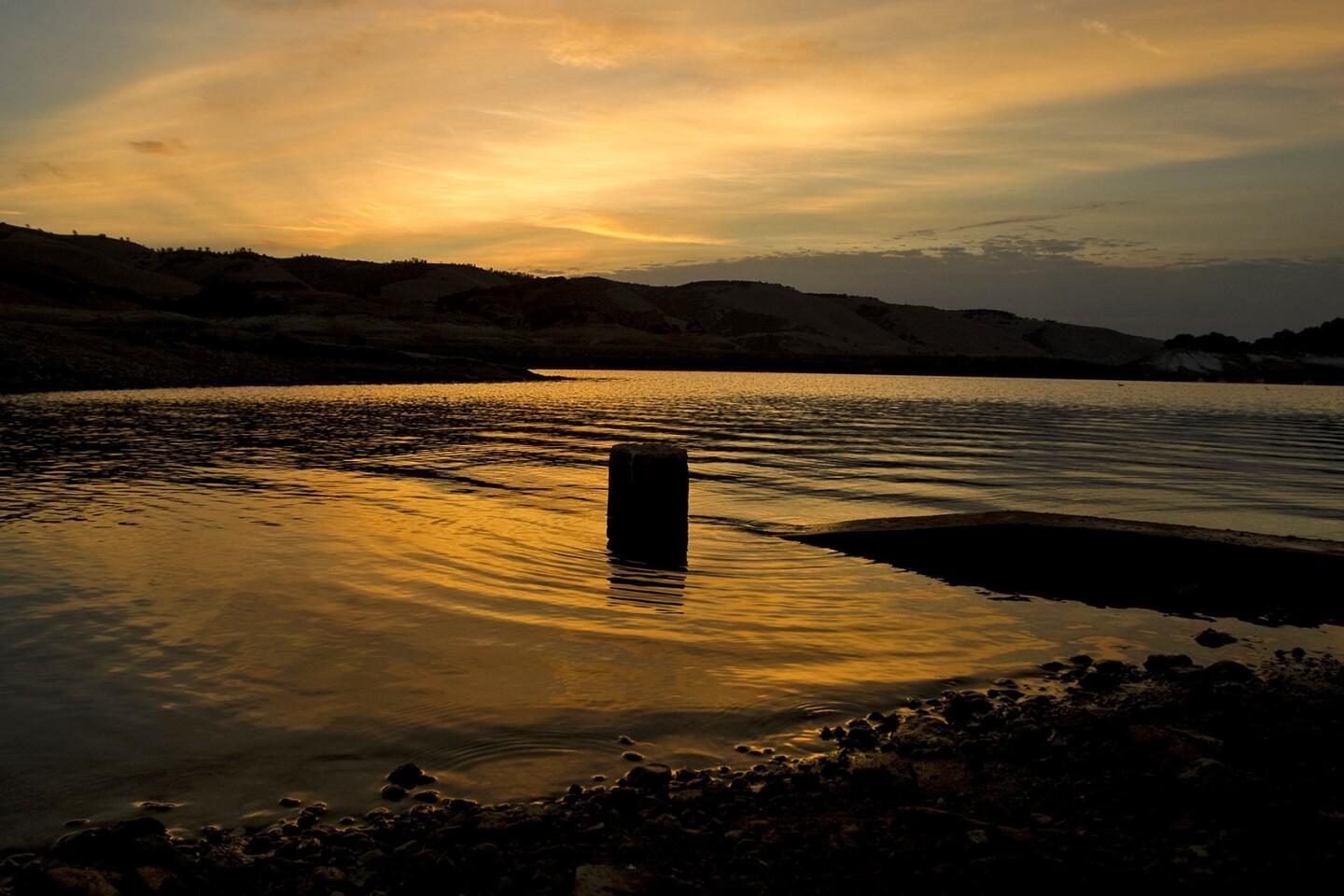
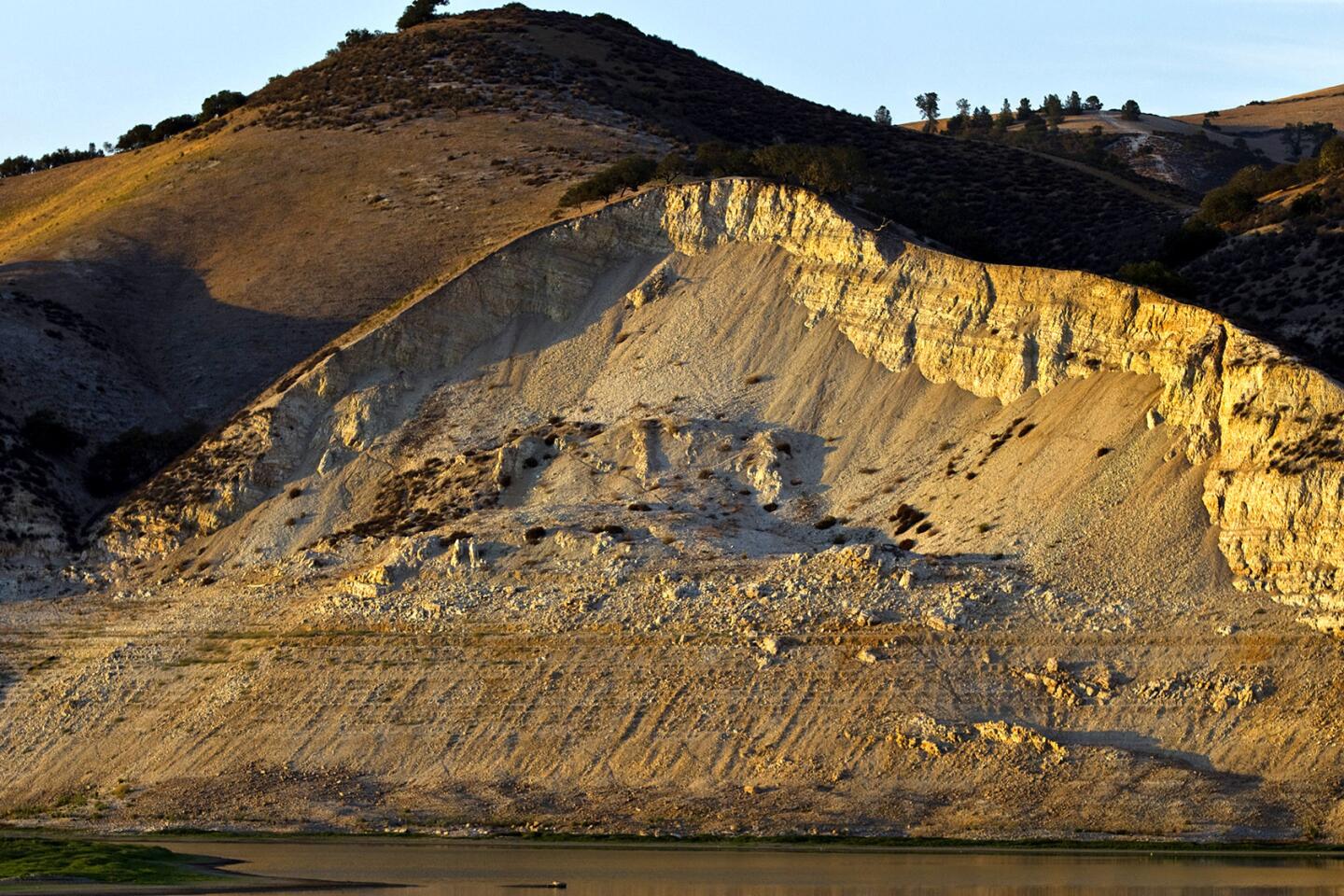
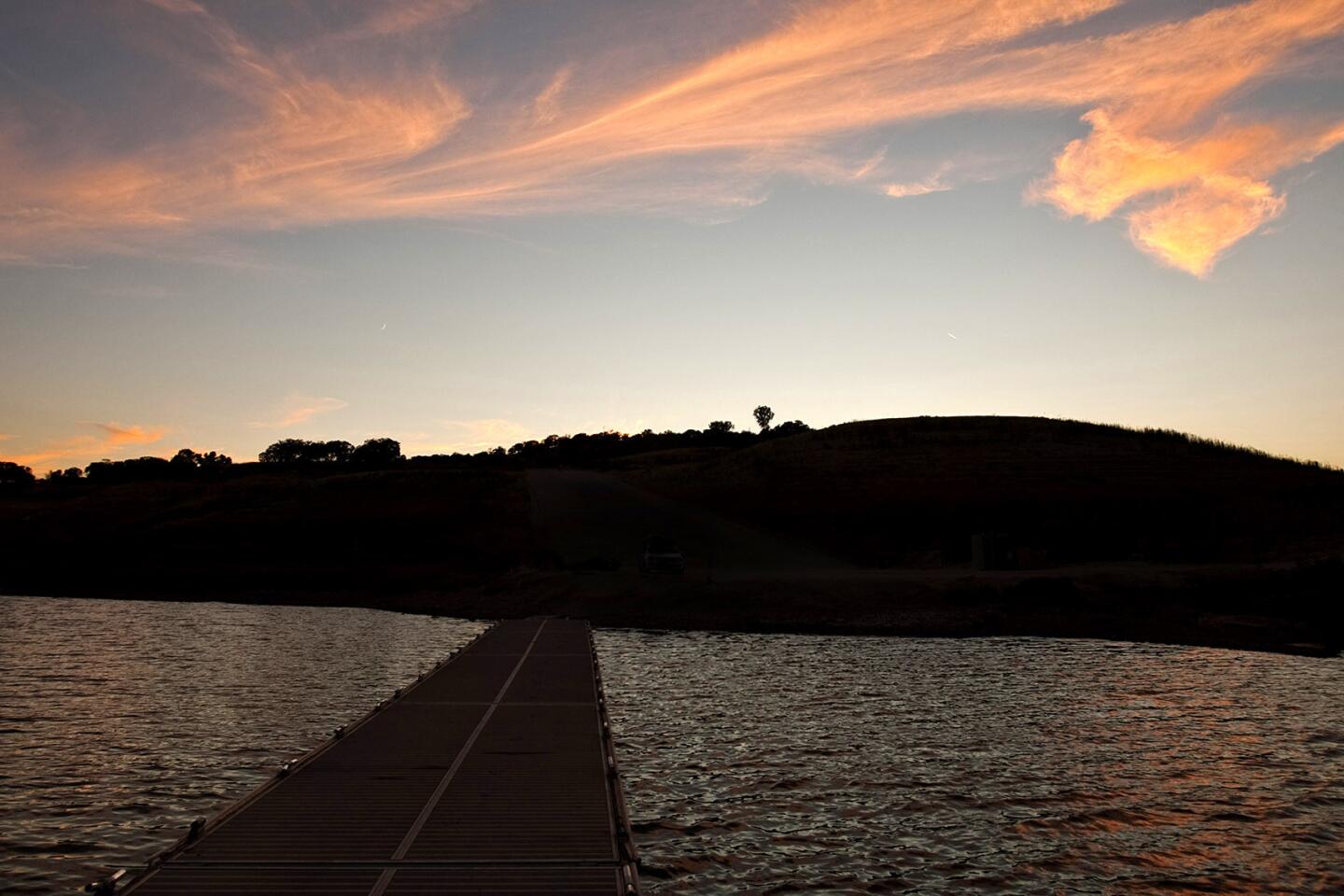
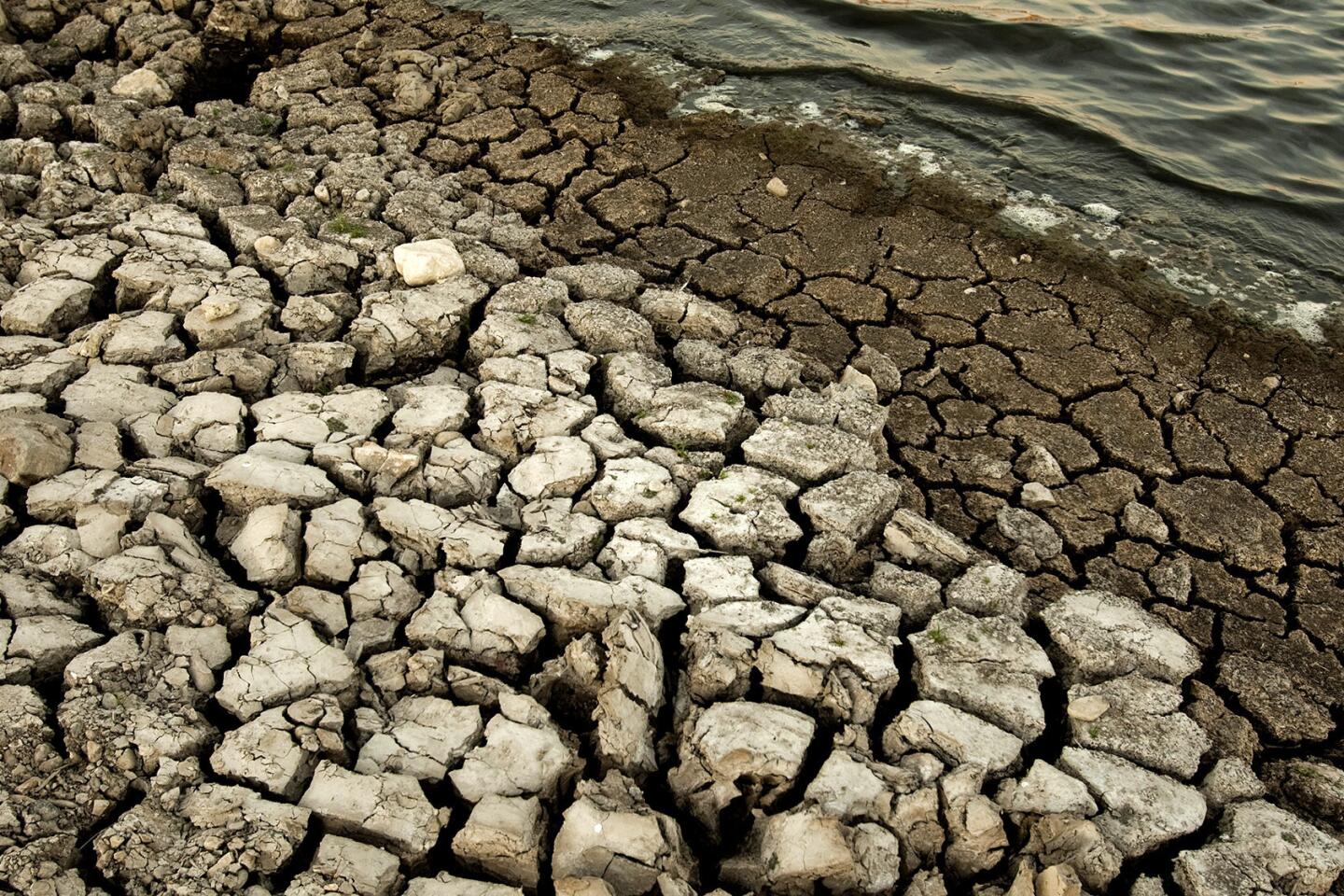
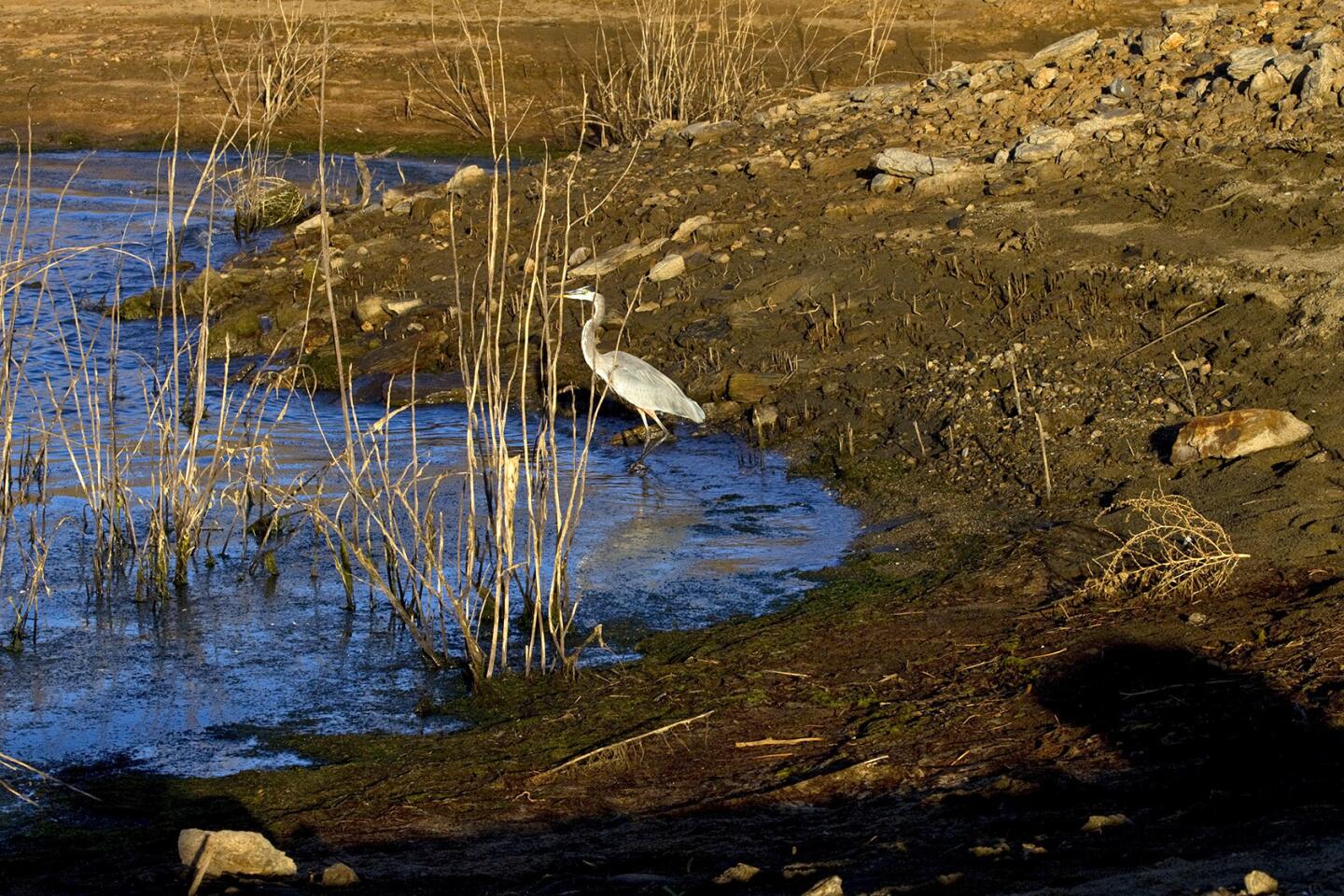
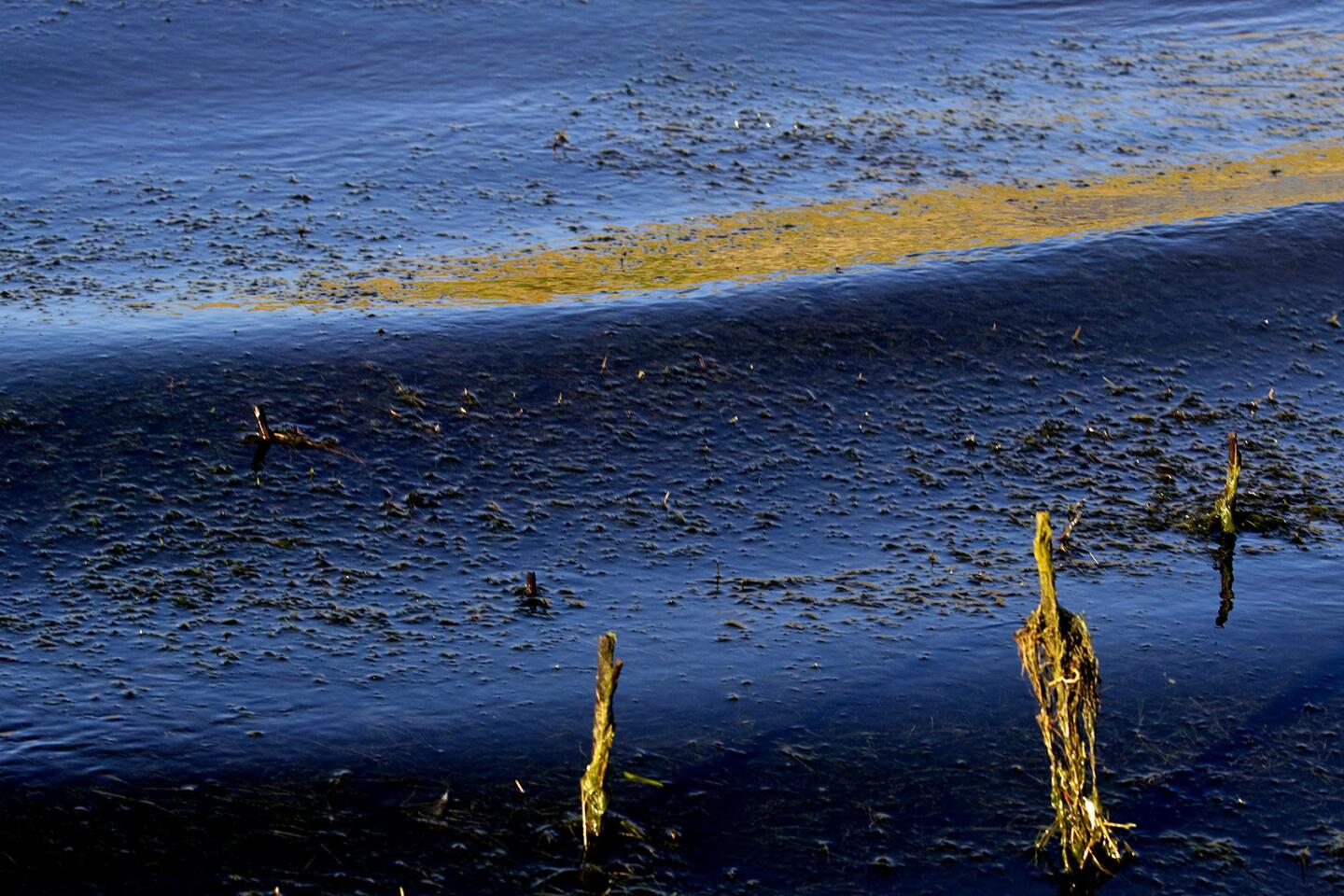
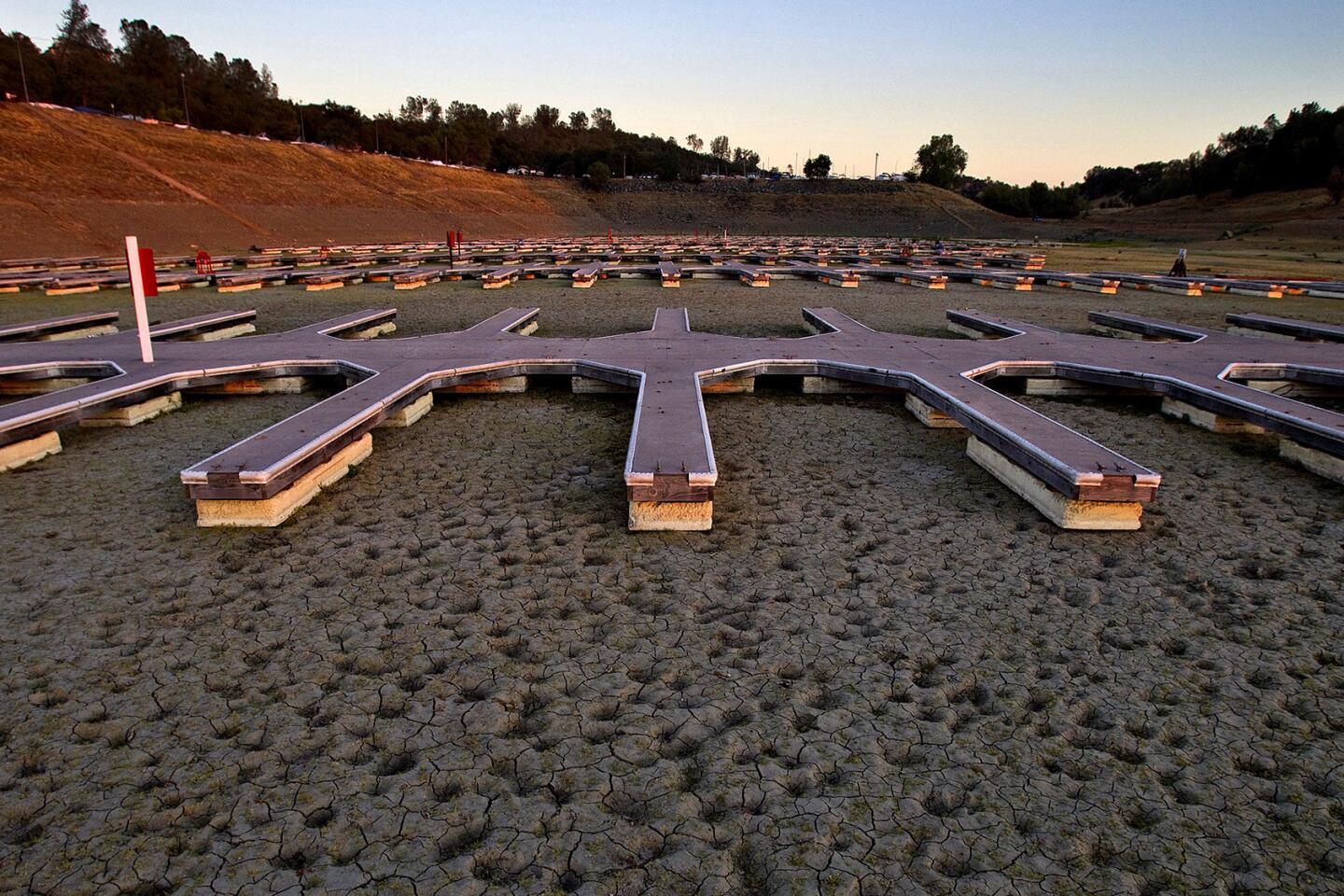
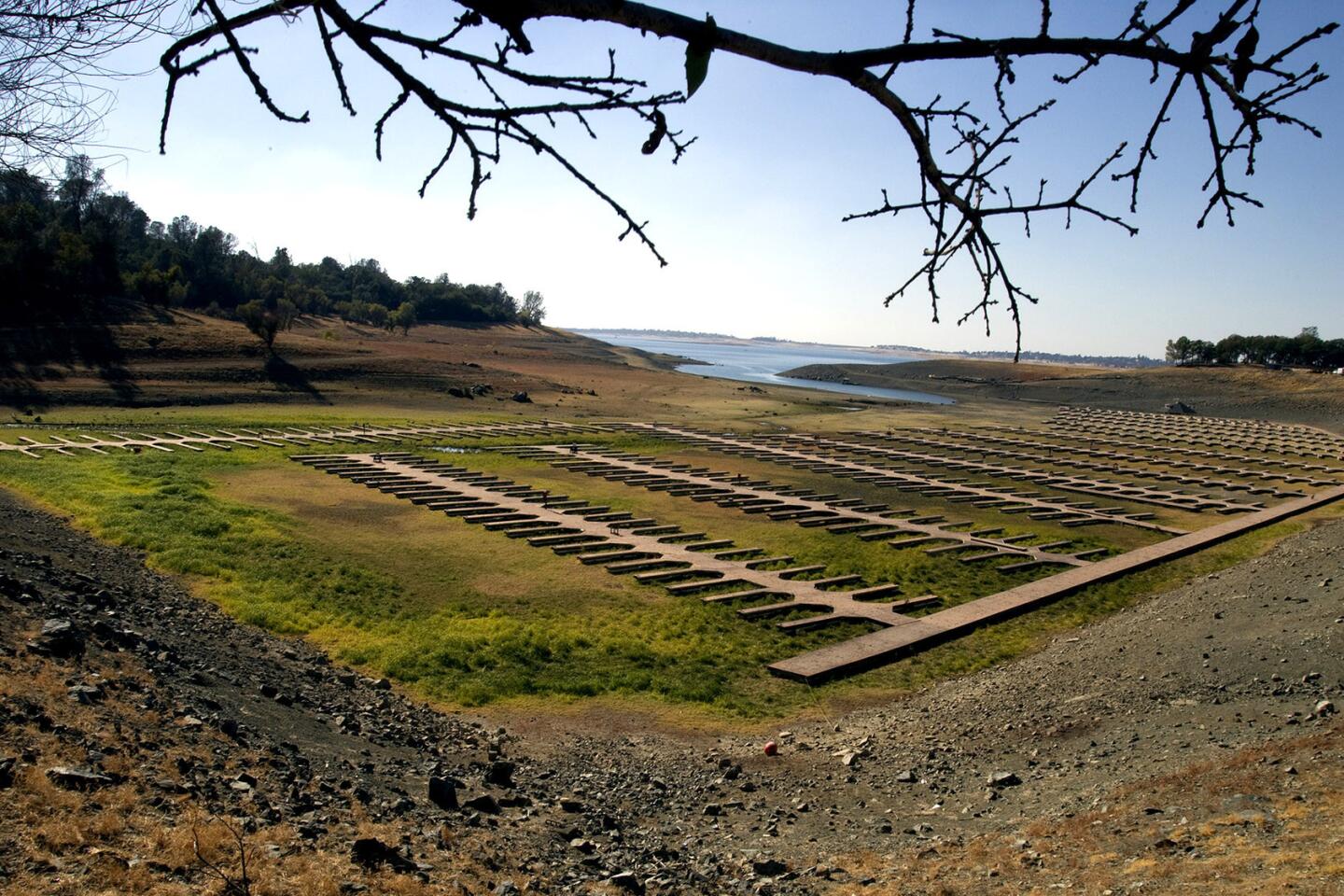
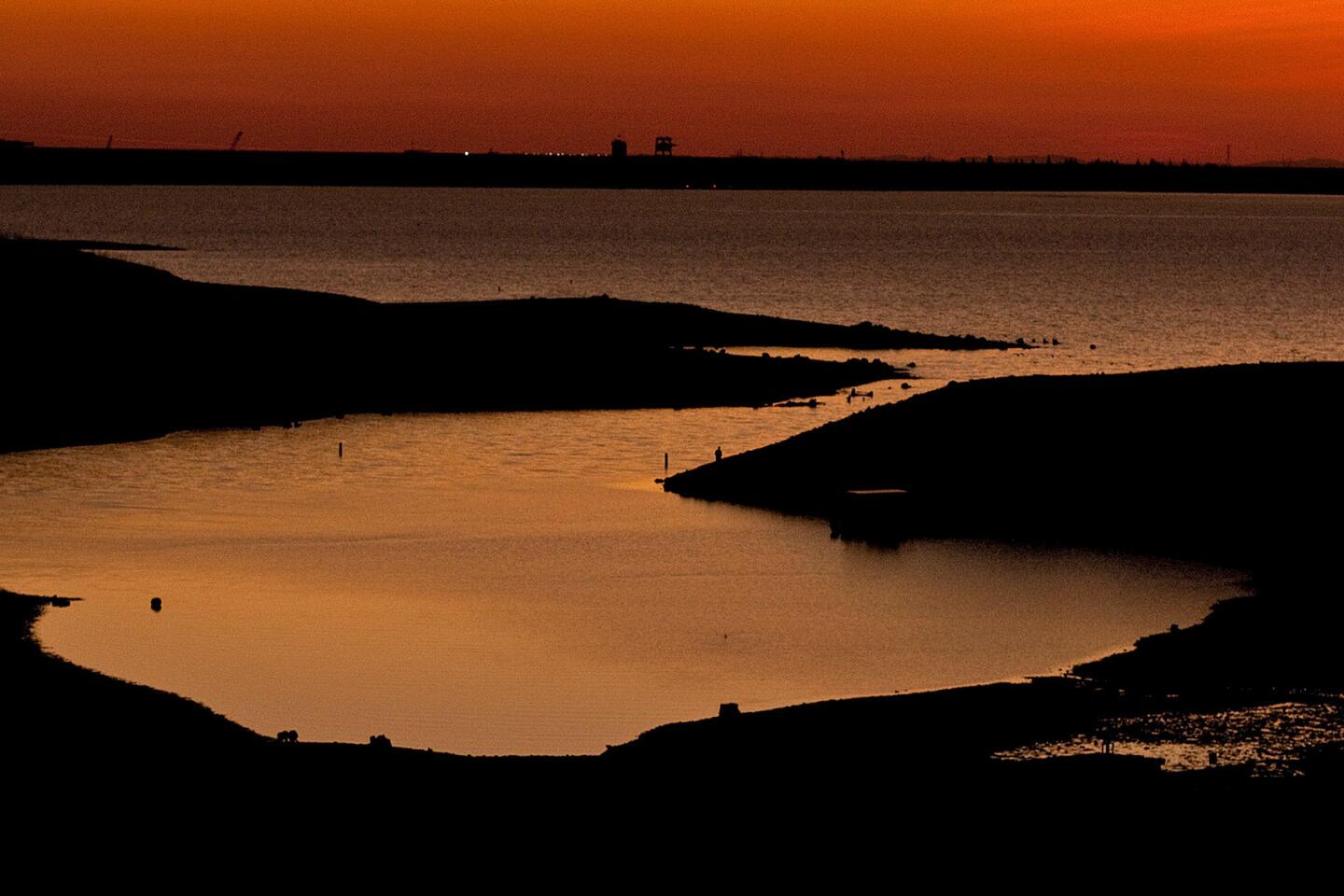
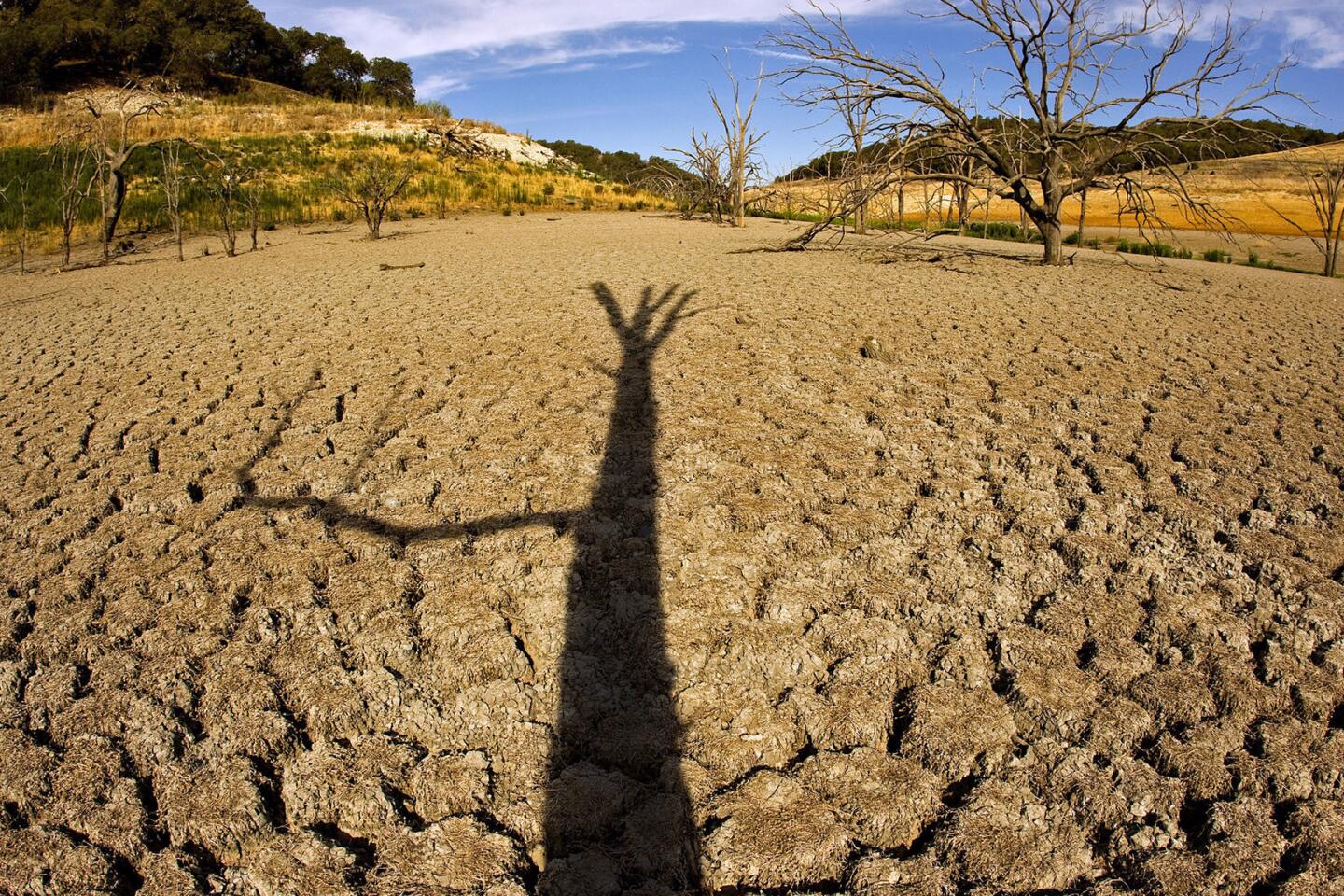
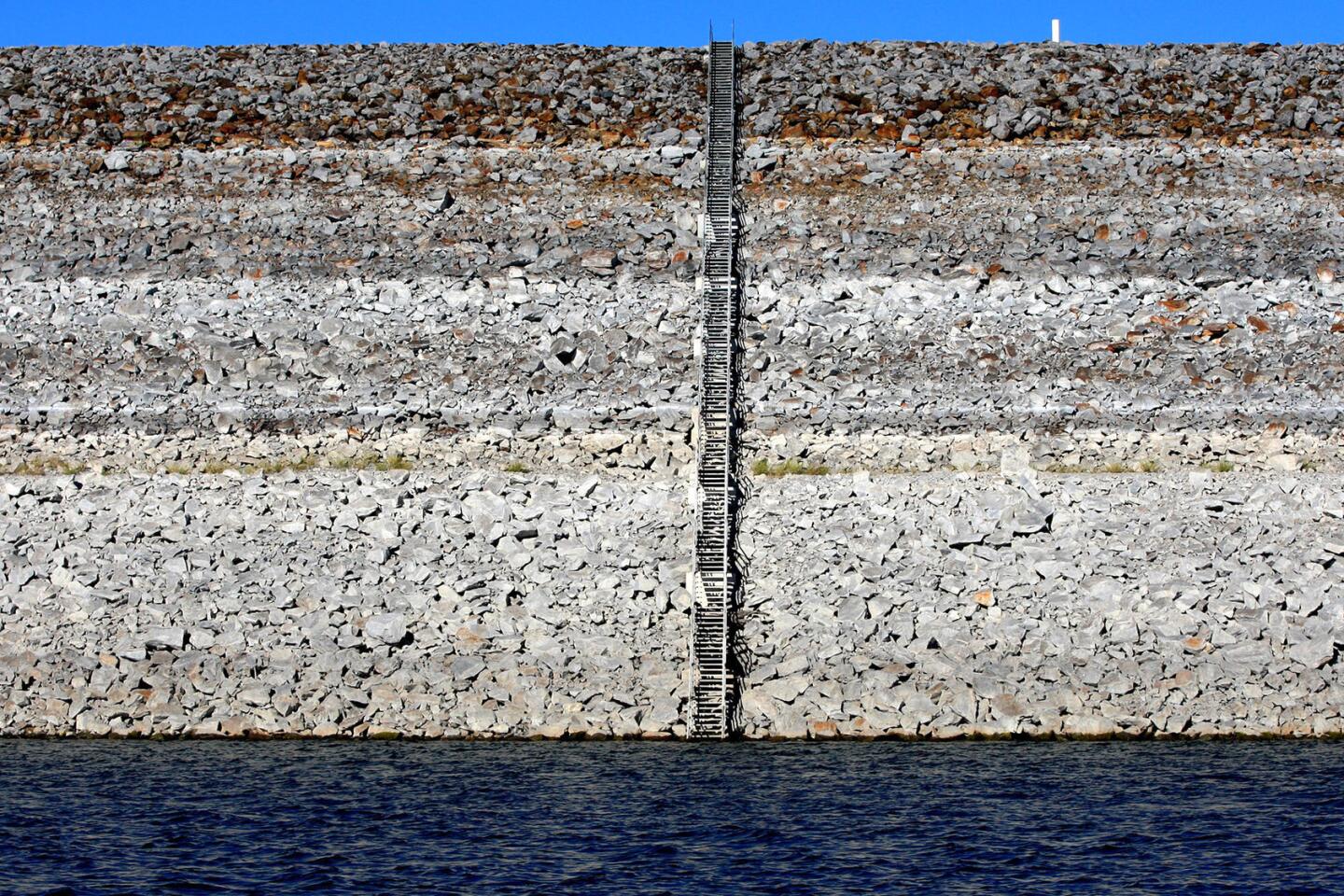
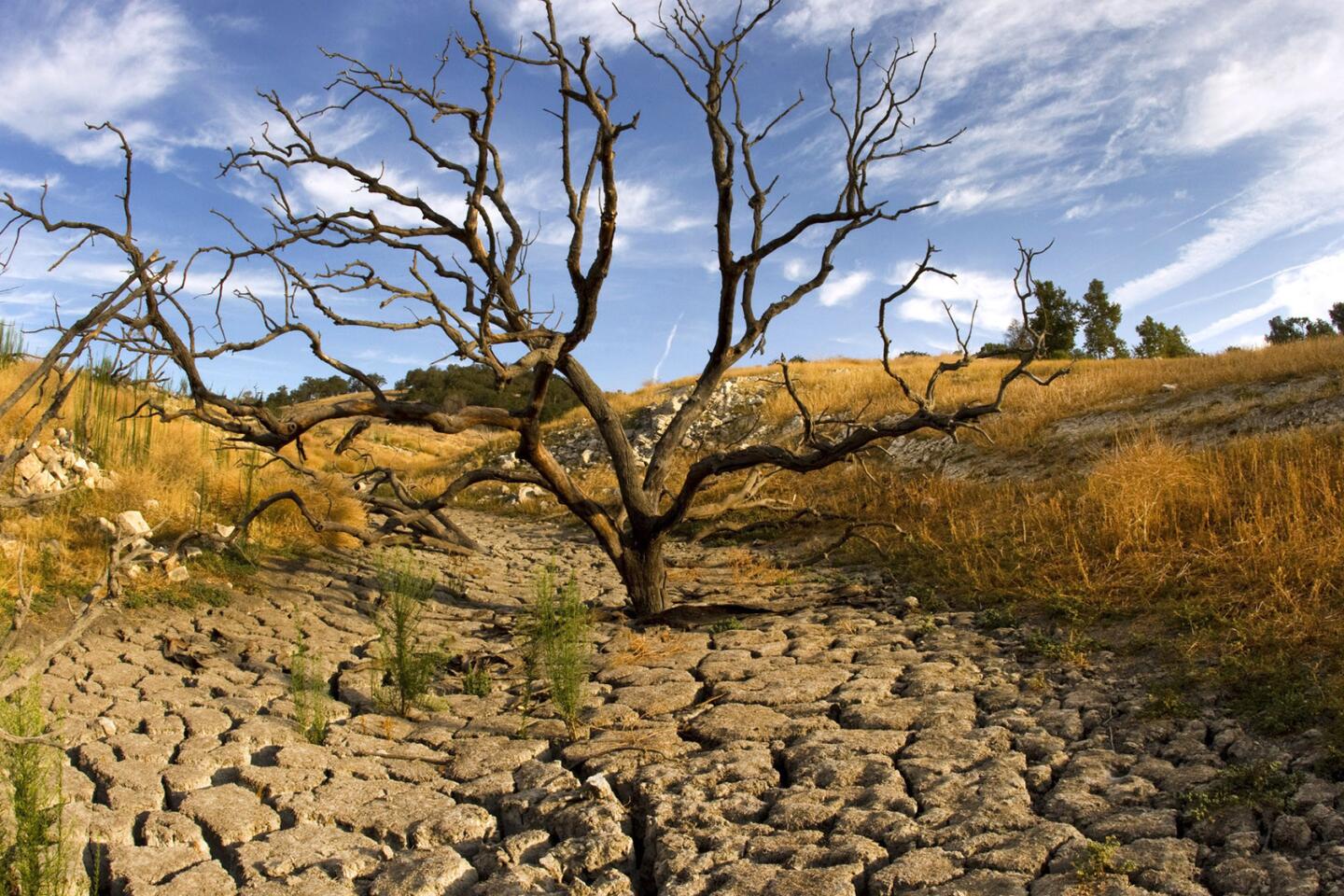
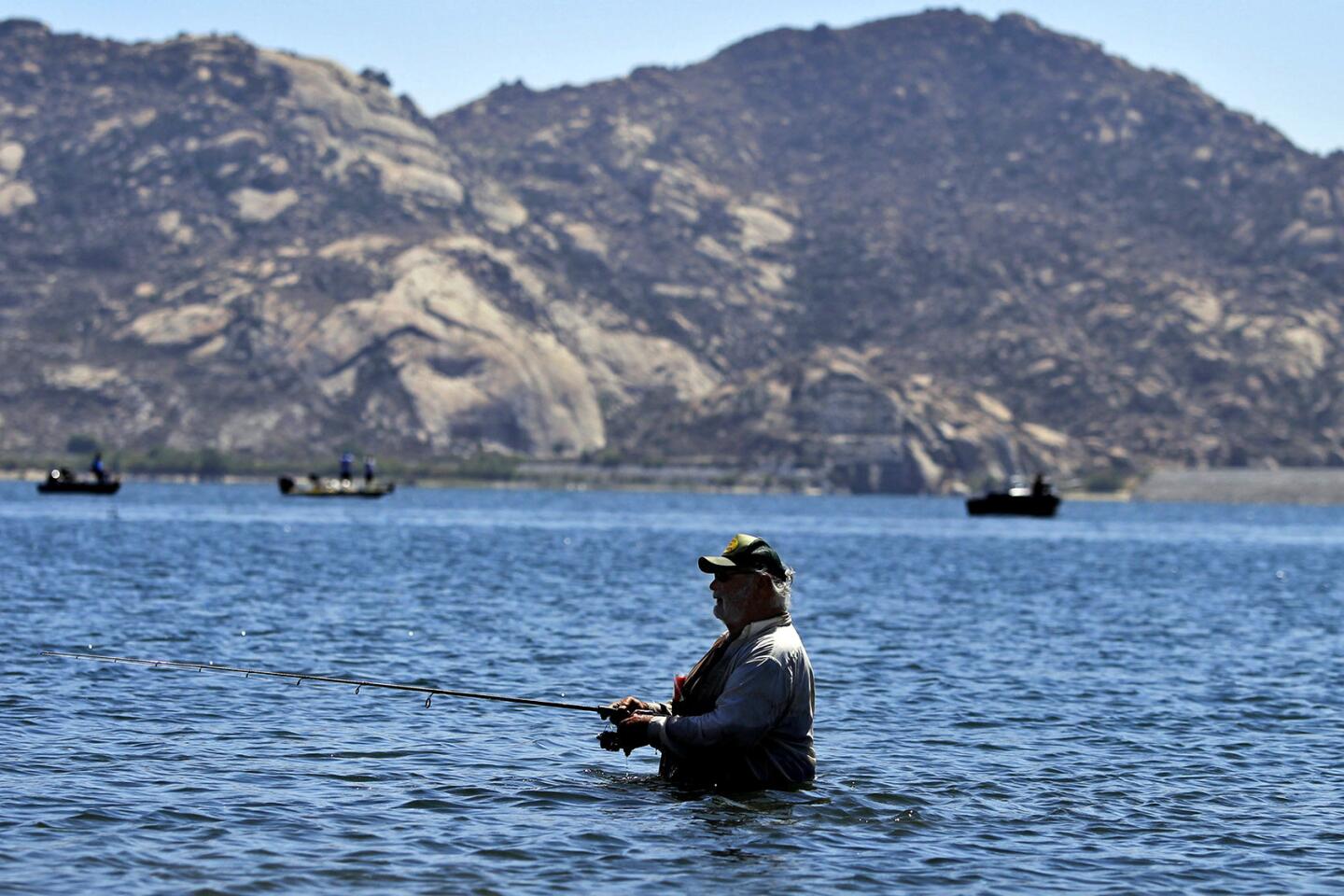
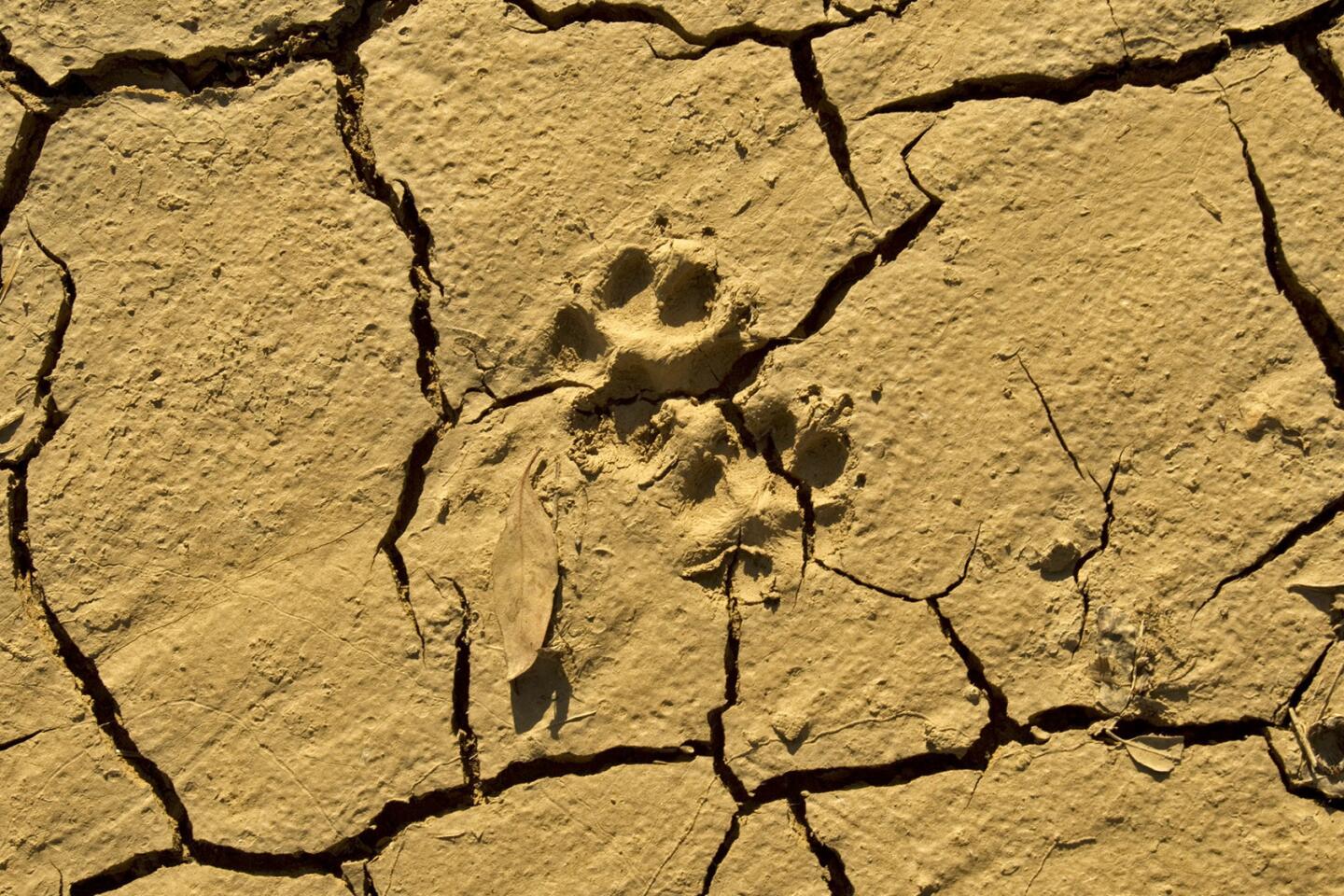
An animal’s footprint is molded into dry, cracked earth in a dry riverbed near a Castaic Lake bridge. Extremely low levels of water at sunrise at Castaic Lake and reveal the effects of the prolonged drought March 8, 2014.
(Allen J. Schaben / Los Angeles Times)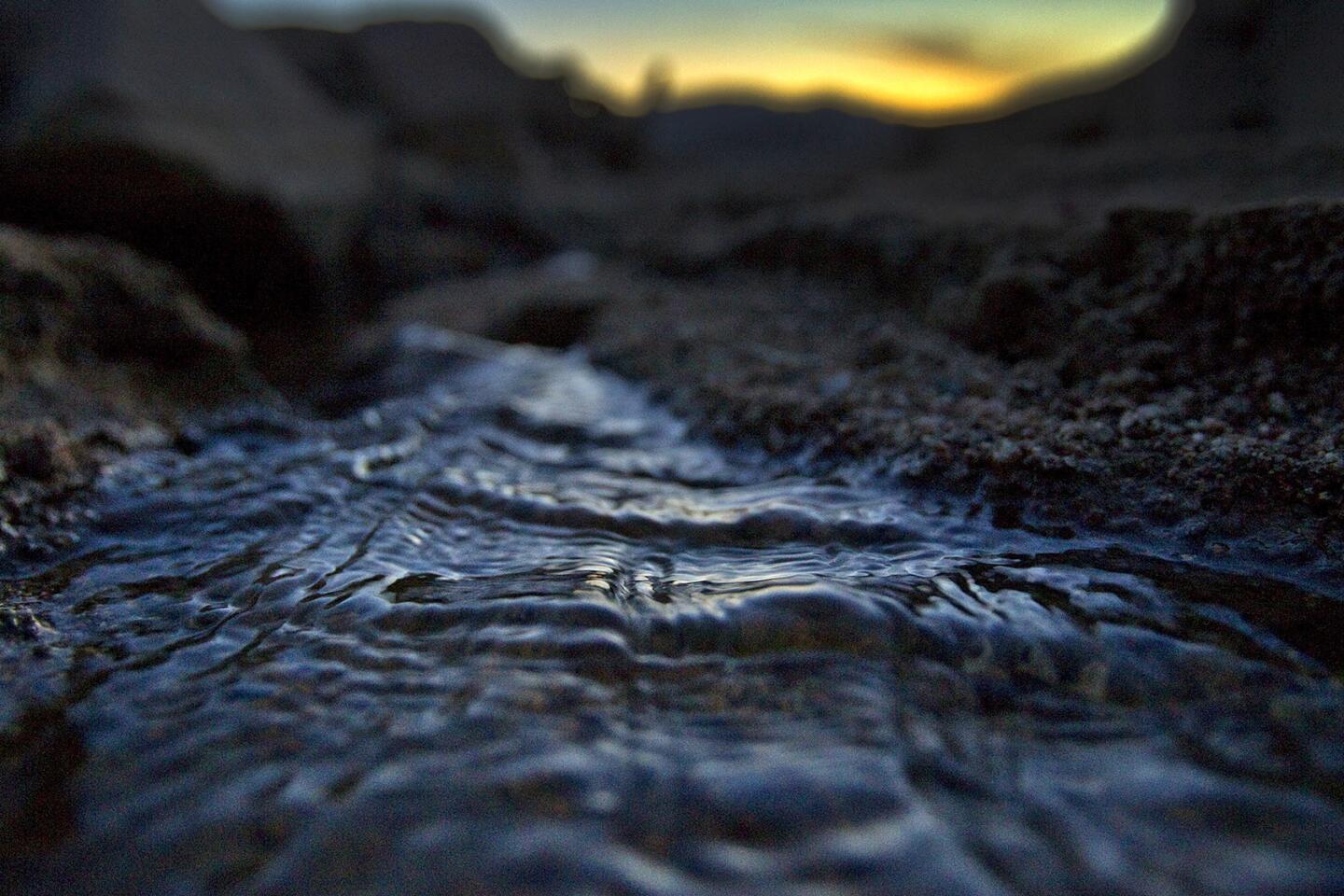
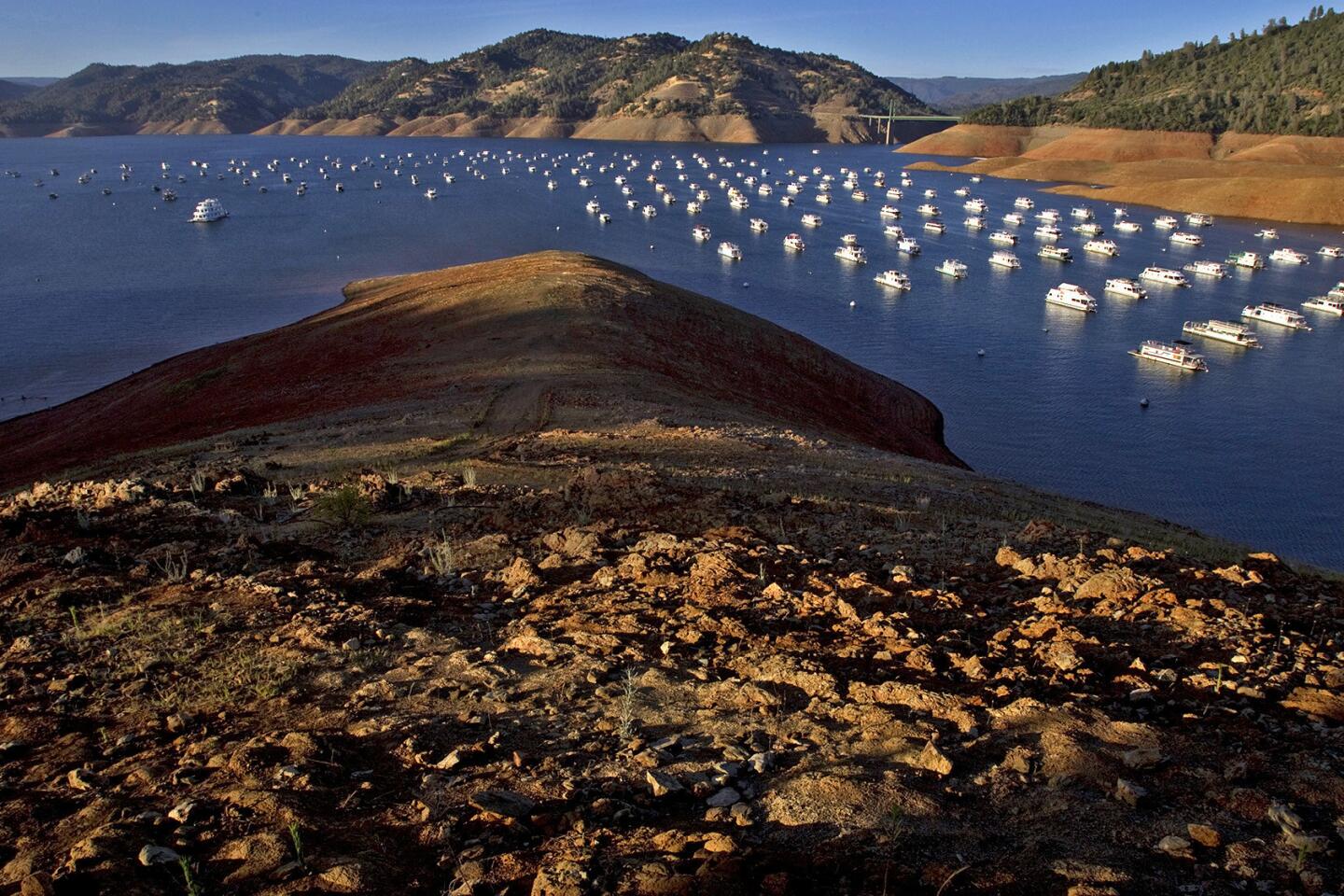
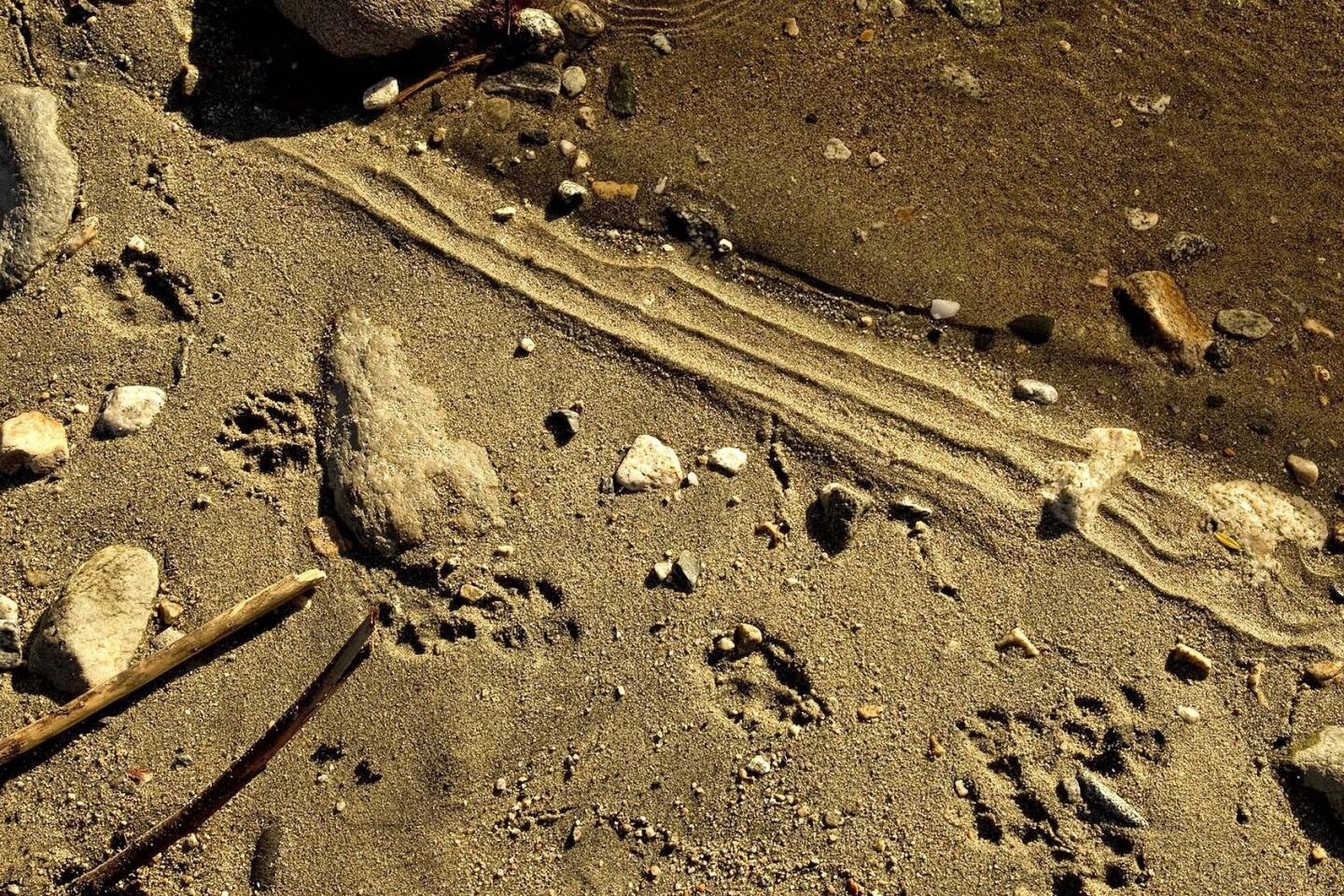
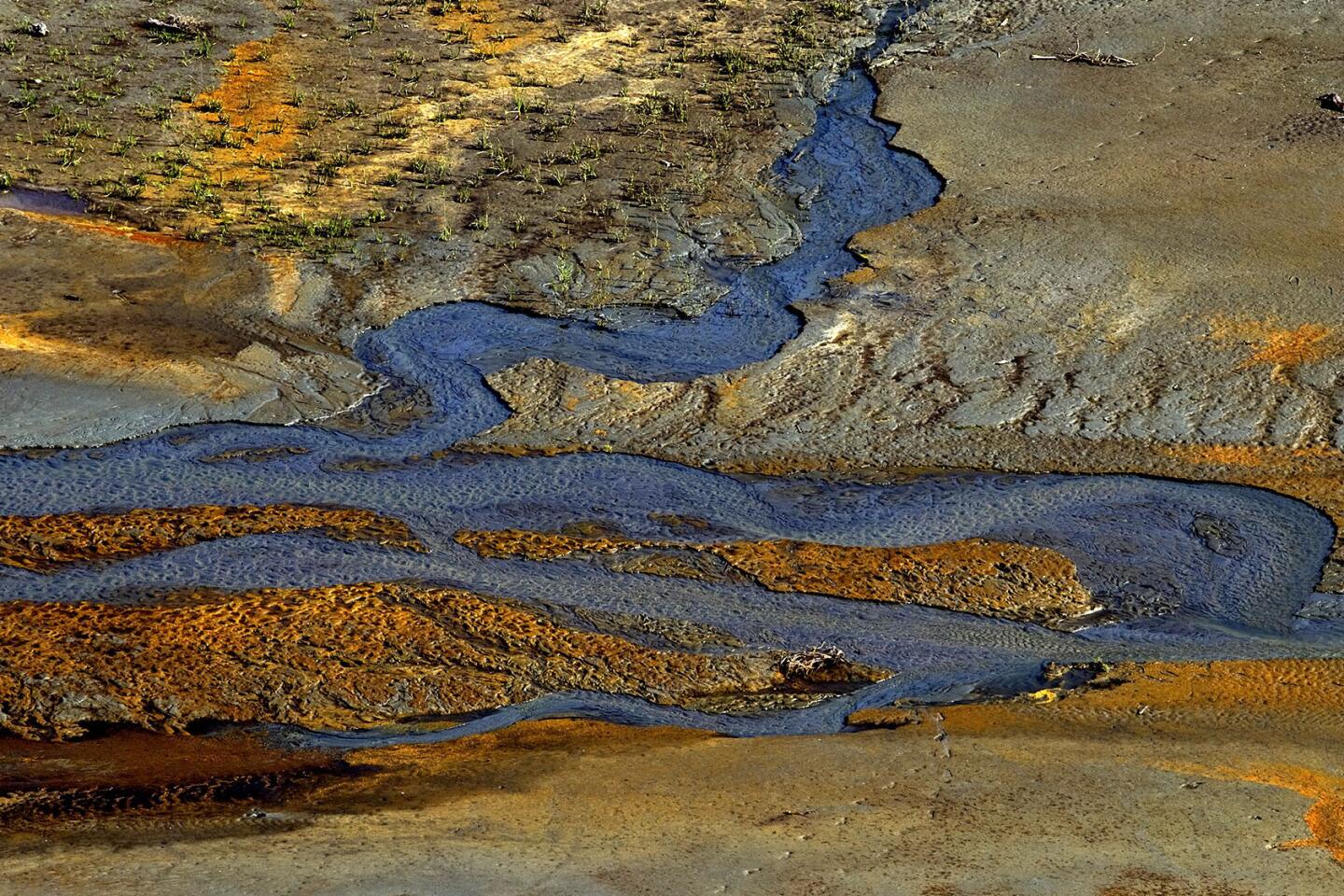
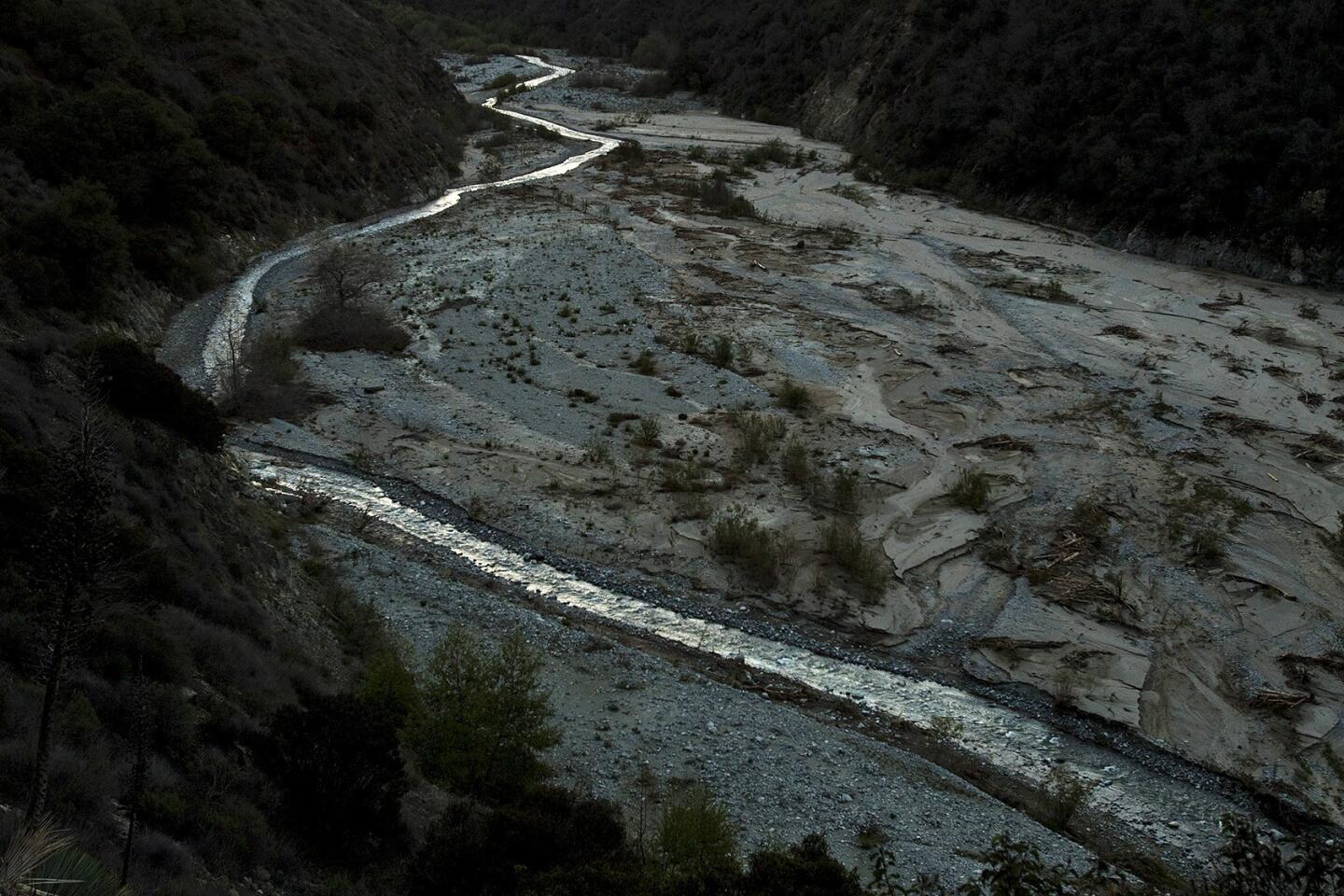
A pre-dawn glow illuminates a narrow, shallow meandering stream flowing in San Gabriel River’s East Fork in the Angeles National Forest, which reveal the effects of the prolonged drought March 12, 2014.
(Allen J. Schaben / Los Angeles Times)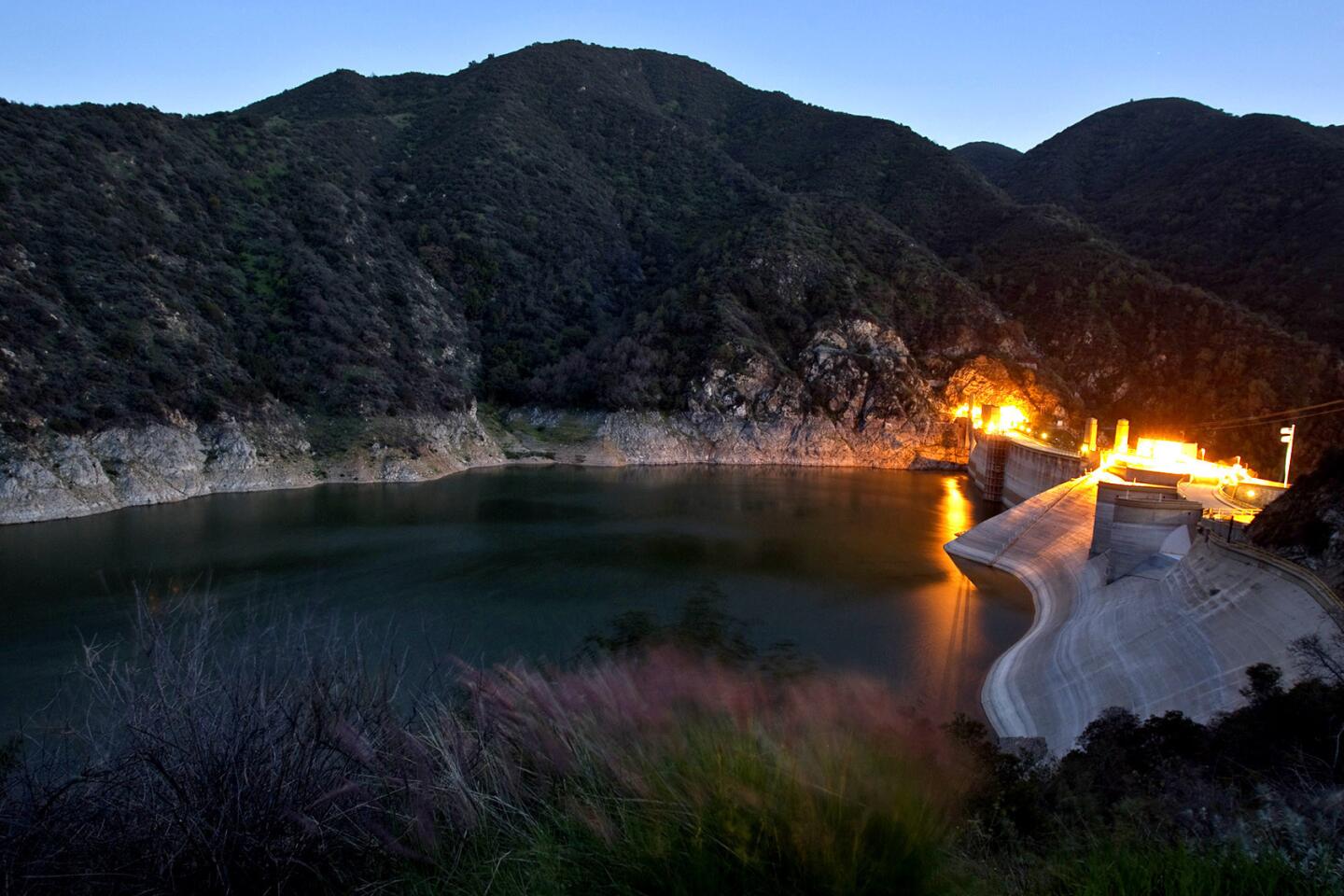
A white rocky ring reveals low levels of water in the Morris Dam, just north of Azusa in the Angeles National Forest, reflecting the effects of the prolonged drought March 12, 2014.
(Allen J. Schaben / Los Angeles Times)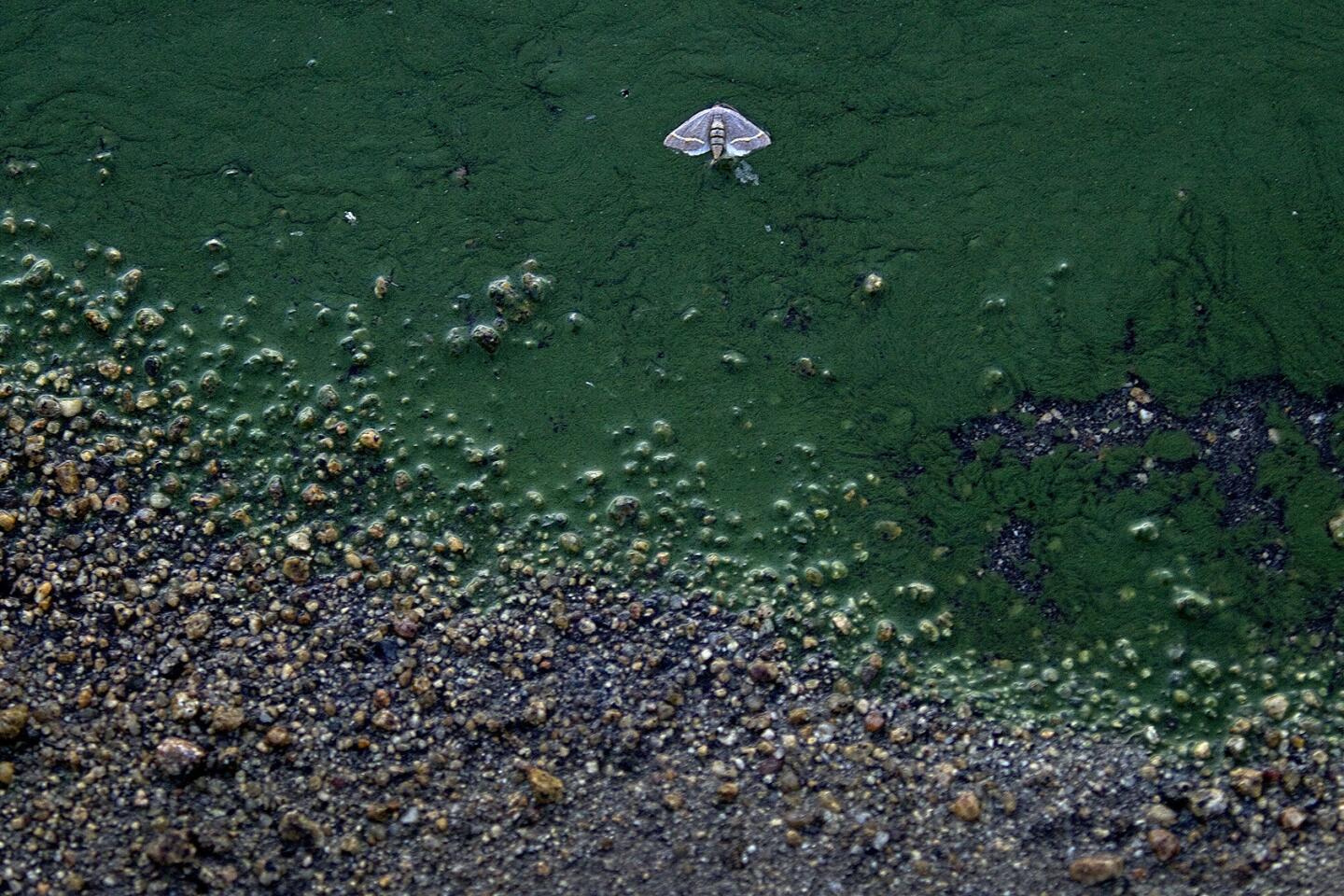
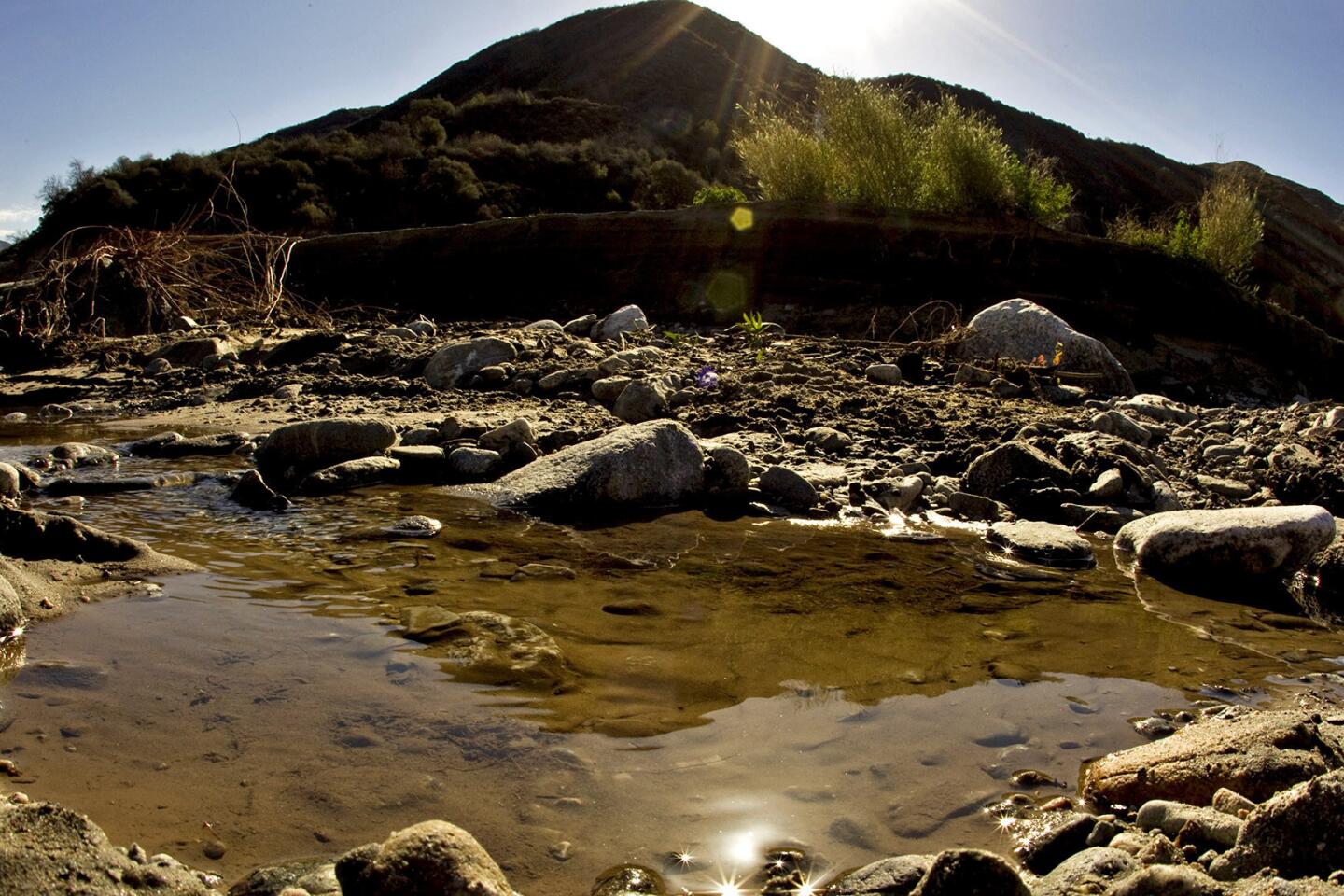
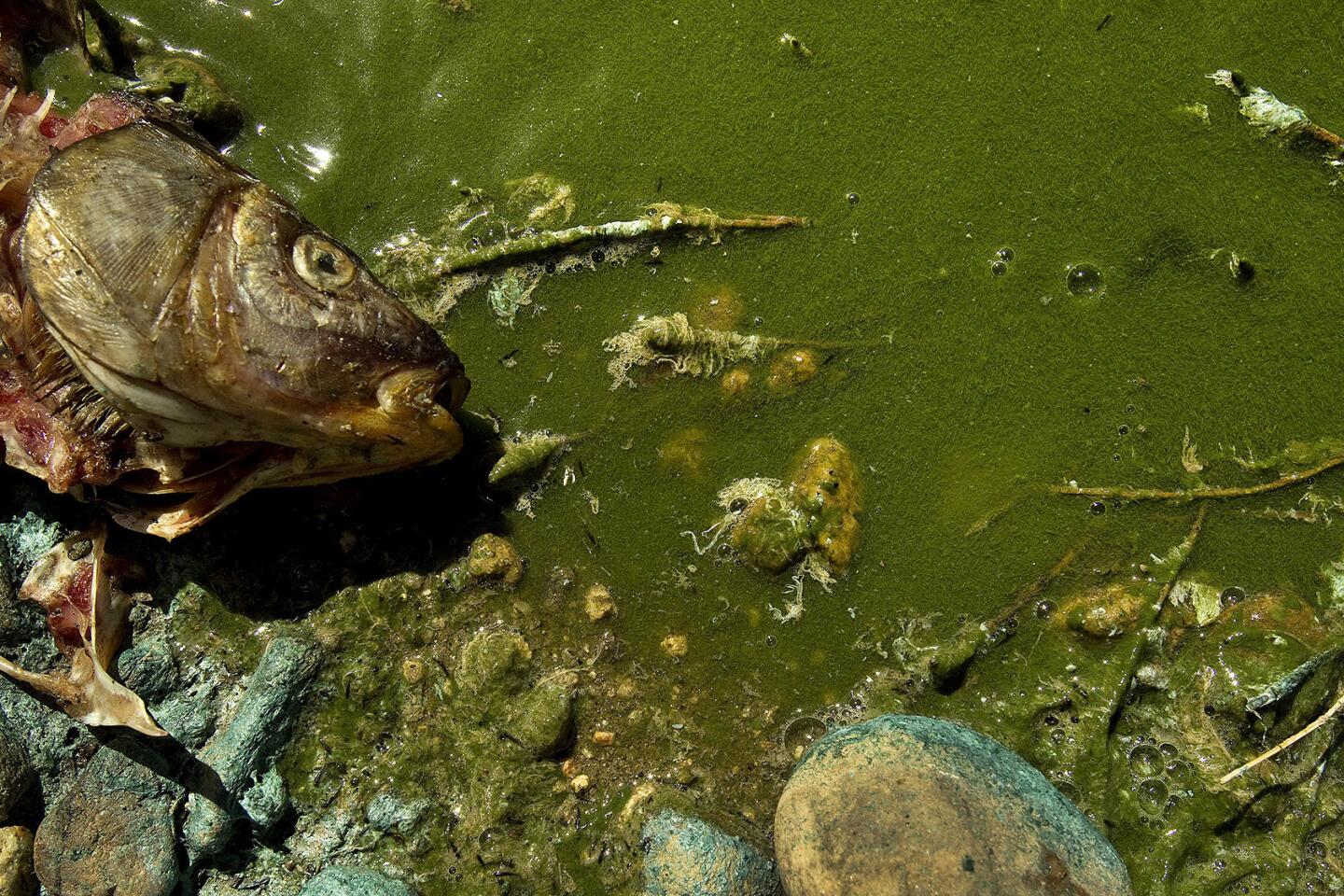
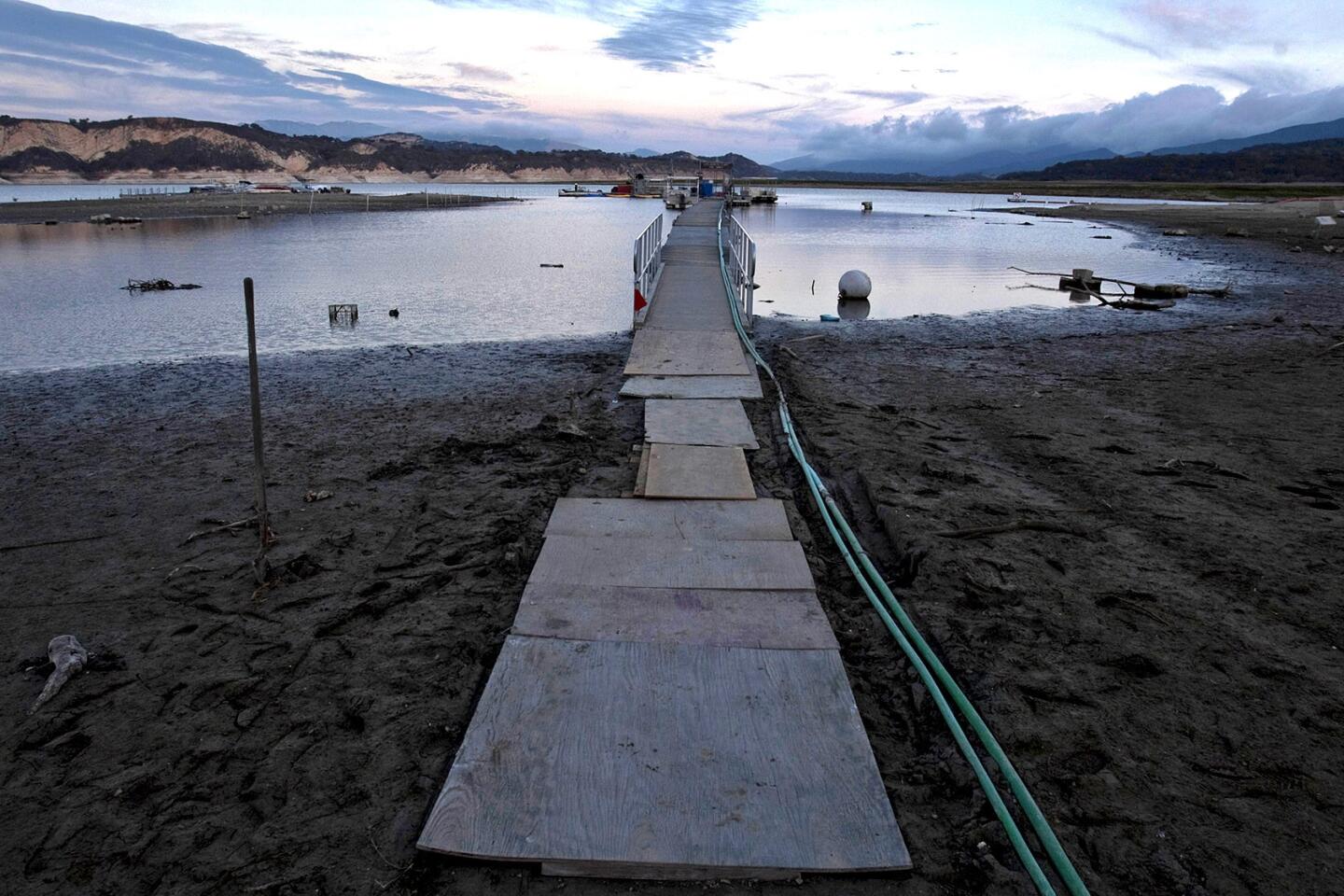
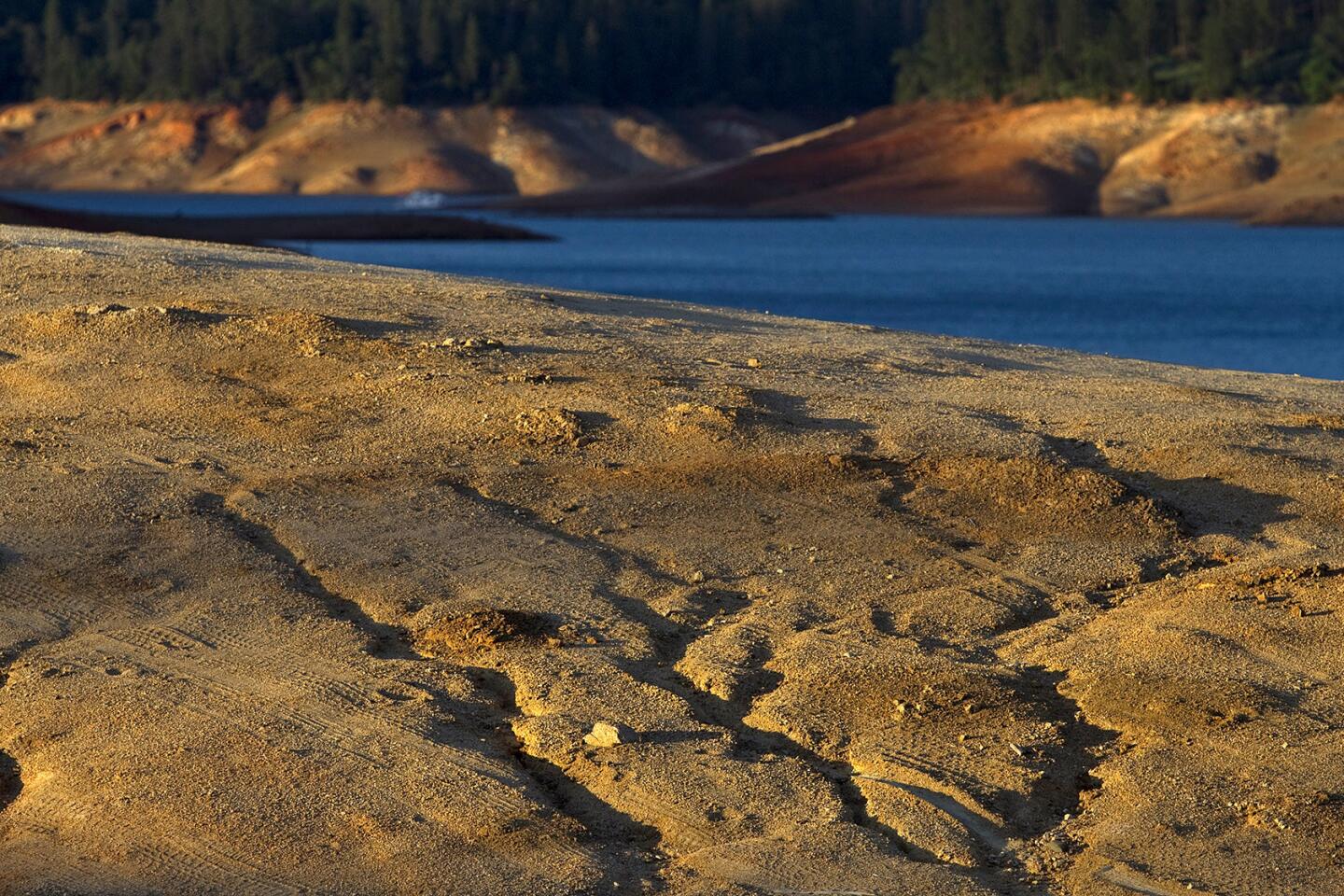
Dry ruts in a island reveal where the water level used to be at Lake Shasta due to serious drought conditions. Lake Shasta is at 31% of capacity due to the ongoing drought and is likely to get worse.
(Allen J. Schaben / Los Angeles Times)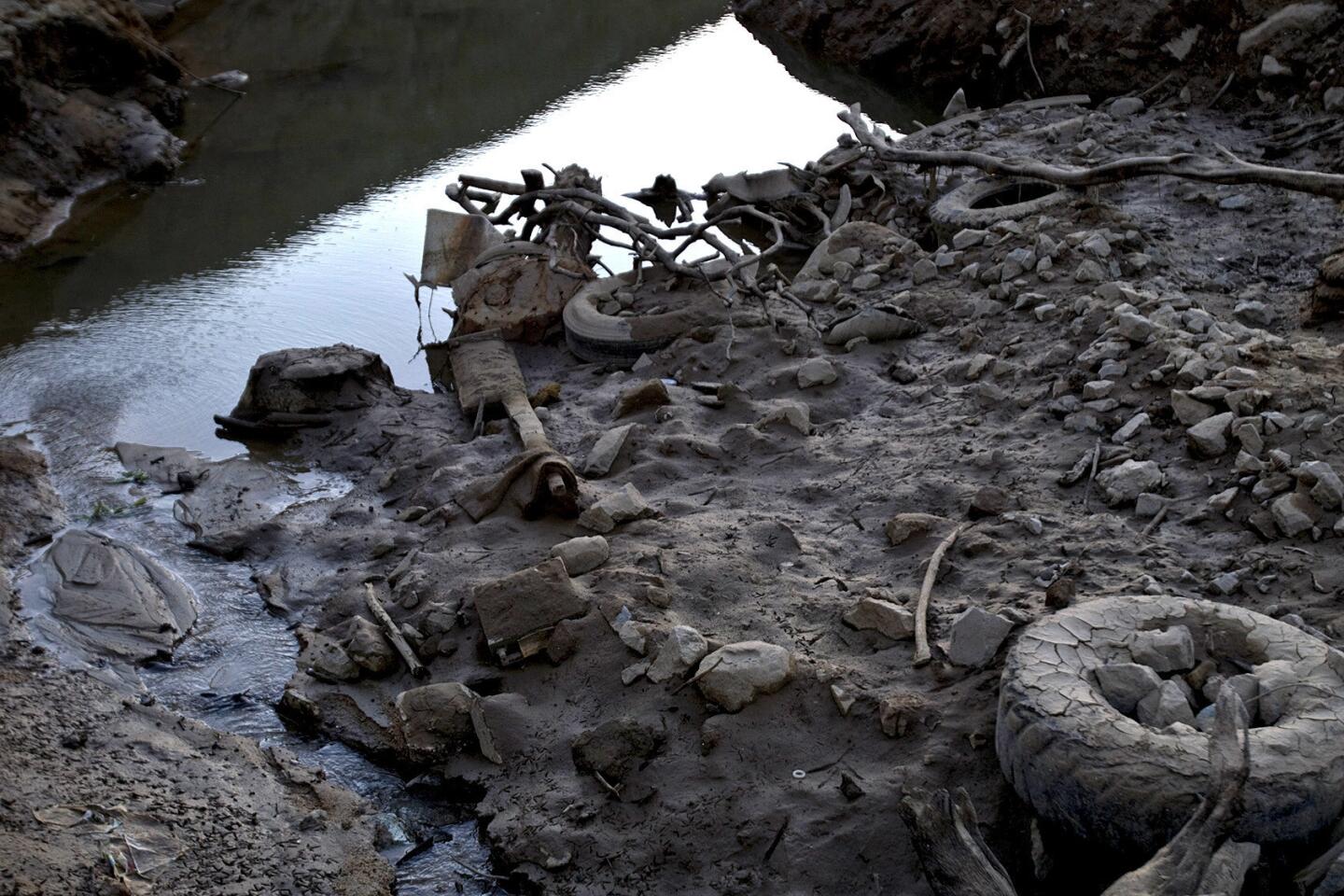
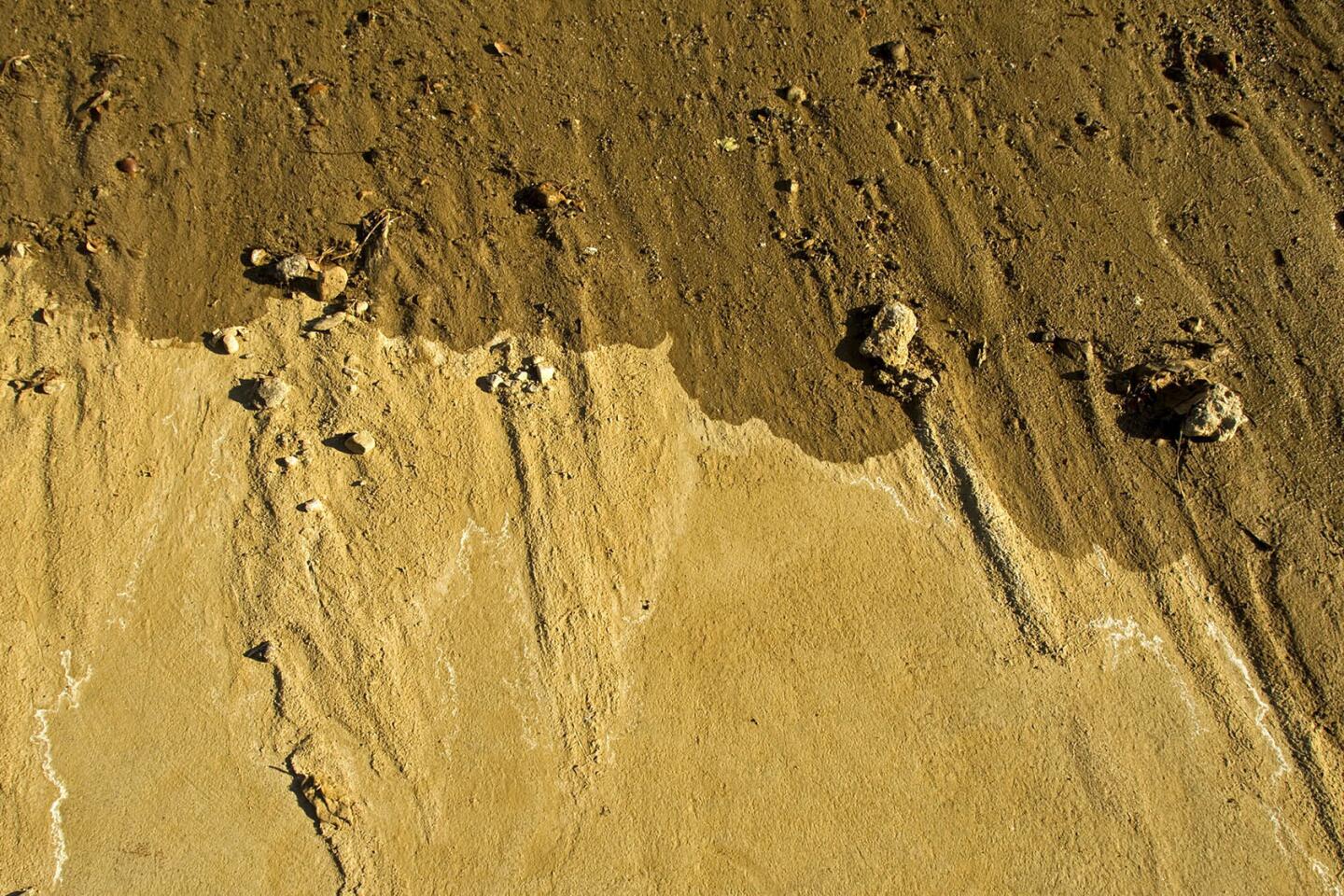
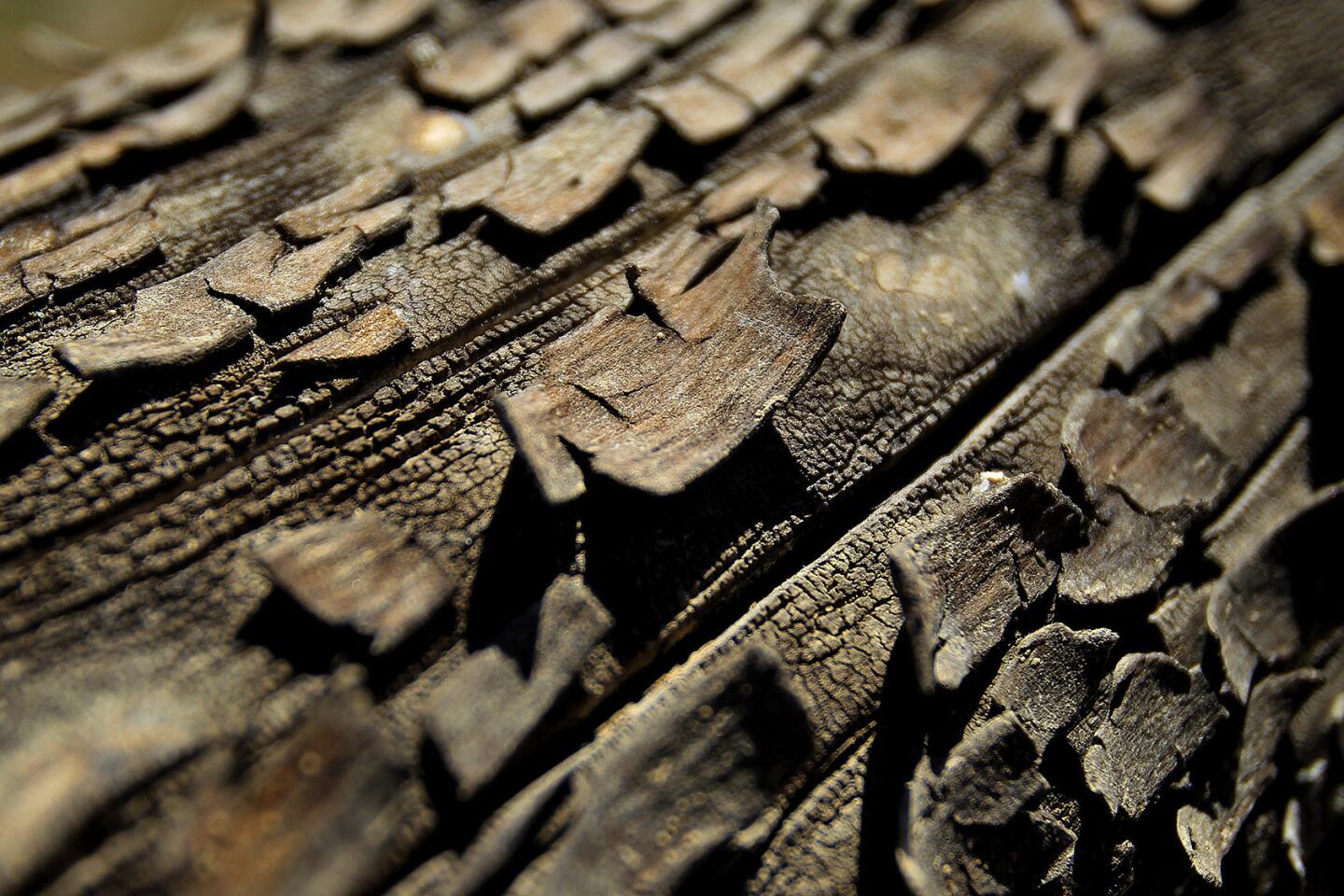
Severe drought conditions are evident as dried bark peels in the hot sun where water levels are down 160 feet from the high water mark at Lake Oroville June 21, 2014. Officials say Lake Oroville is at 43% capacity and likely to get worse, but is not as bad as the drought of 1976-77.
(Allen J. Schaben / Los Angeles Times)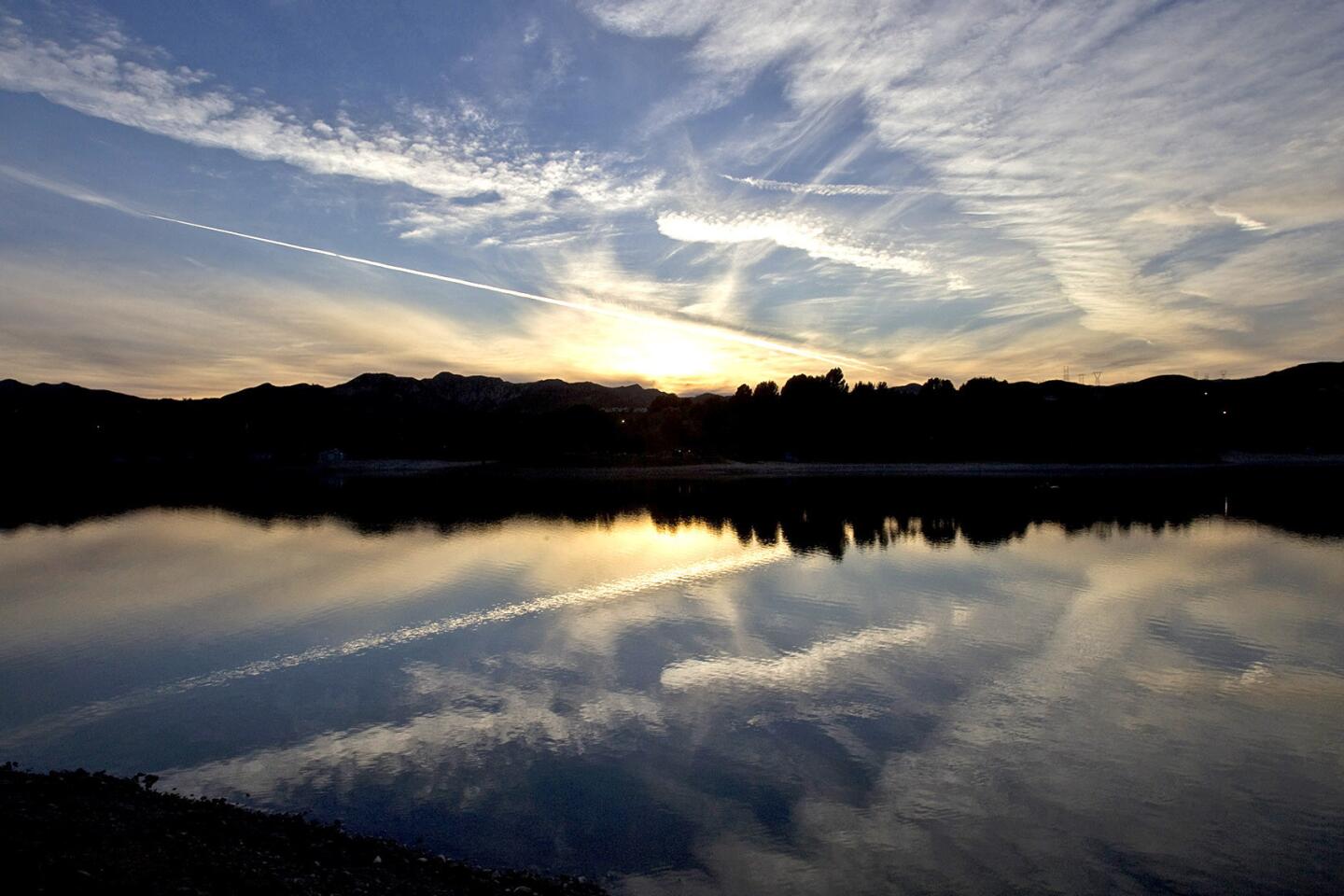
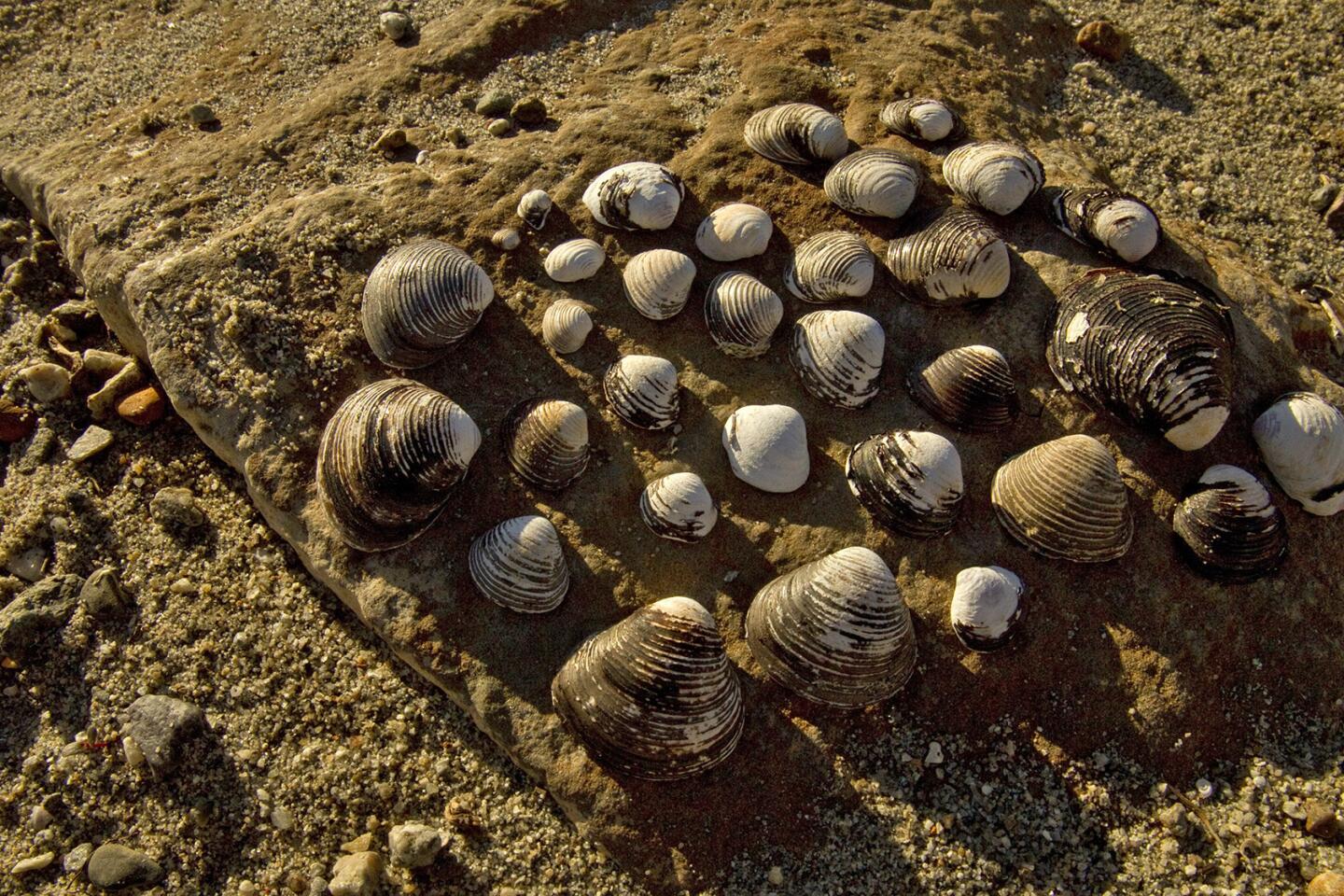
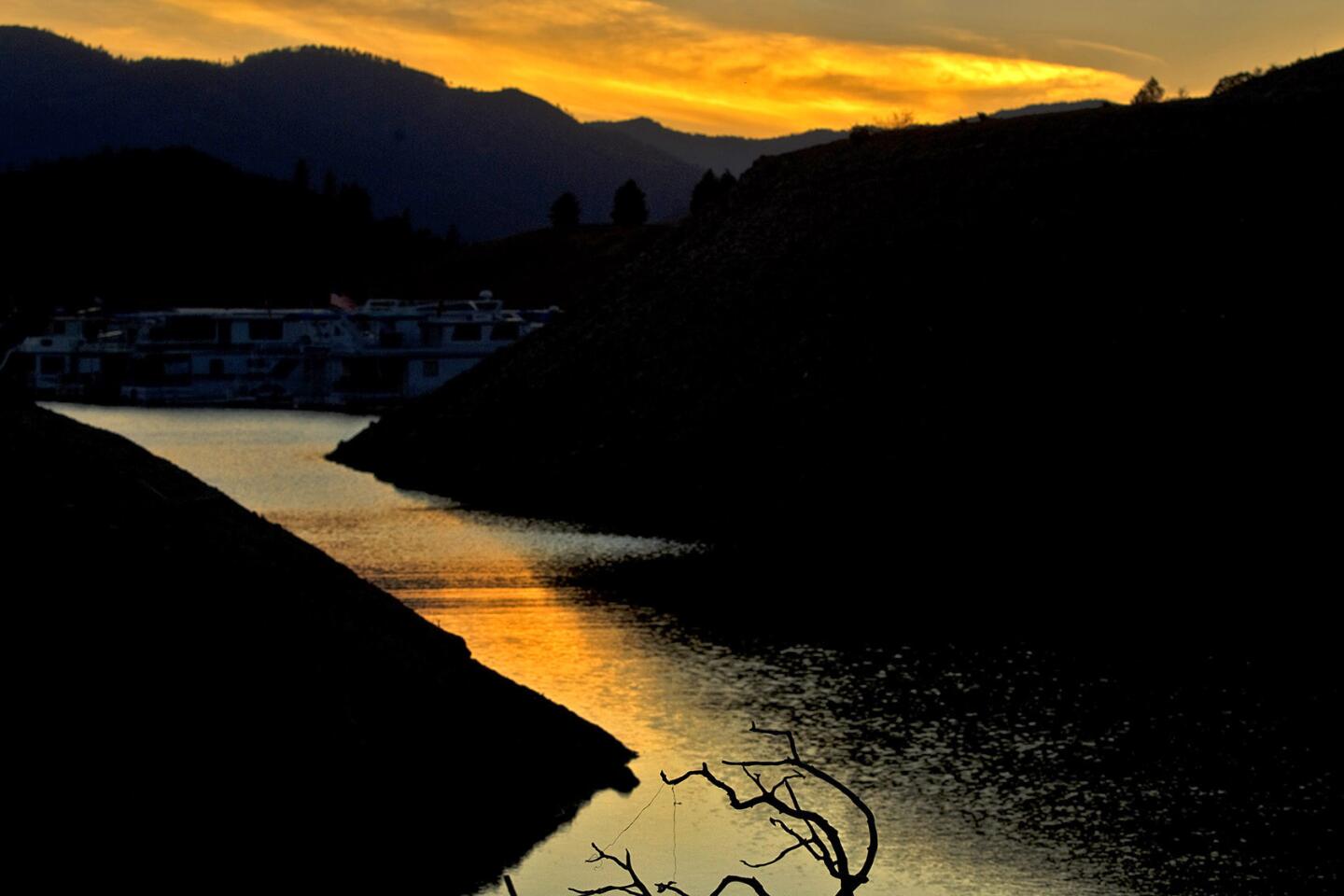
Fallen tree branches and a narrow body of water receding into Lake Shasta at dusk reveal signs of serious drought conditions June 22, 2014. Lake Shasta is at 37% of capacity due to the ongoing drought and is likely to get worse.
(Allen J. Schaben / Los Angeles Times)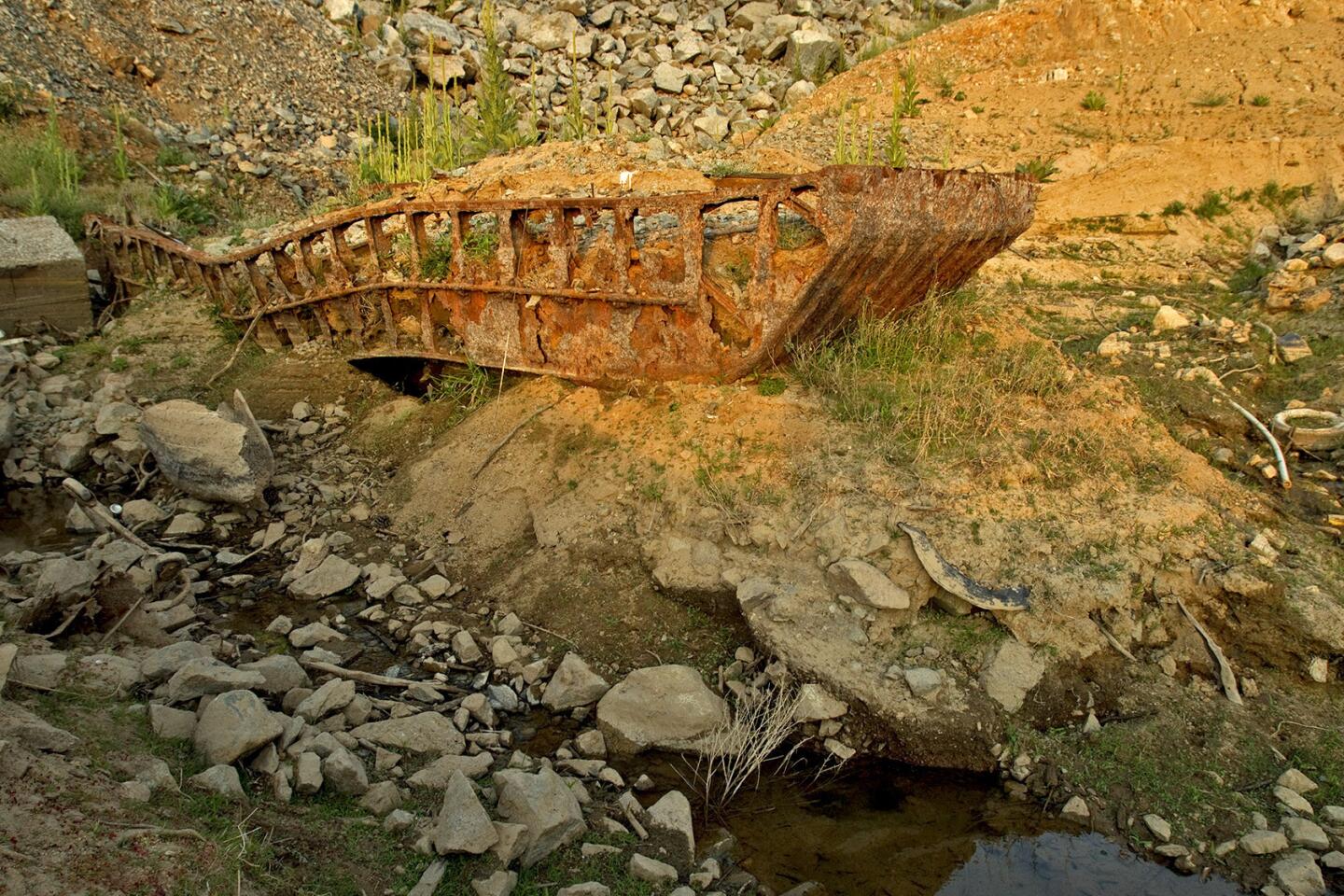
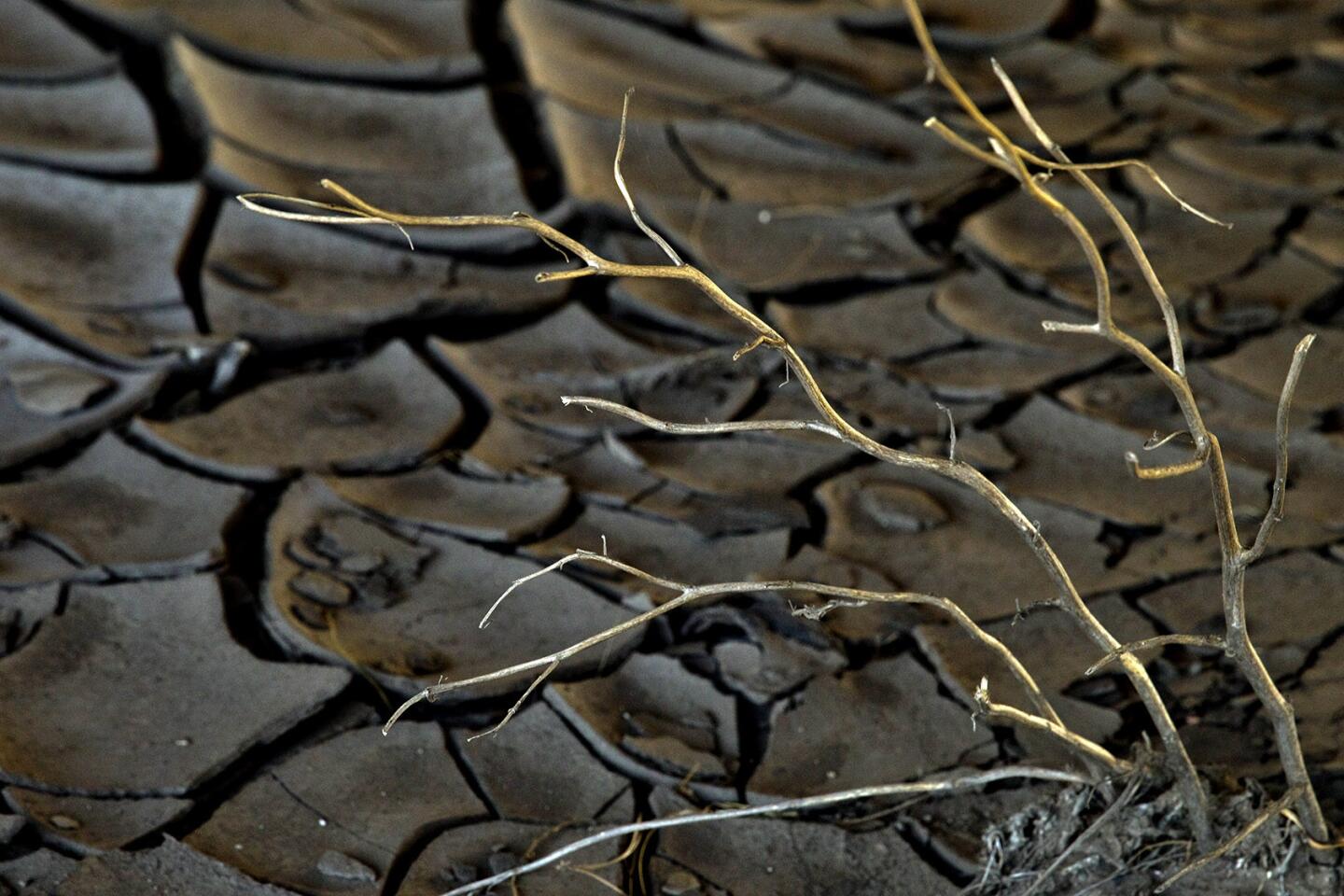
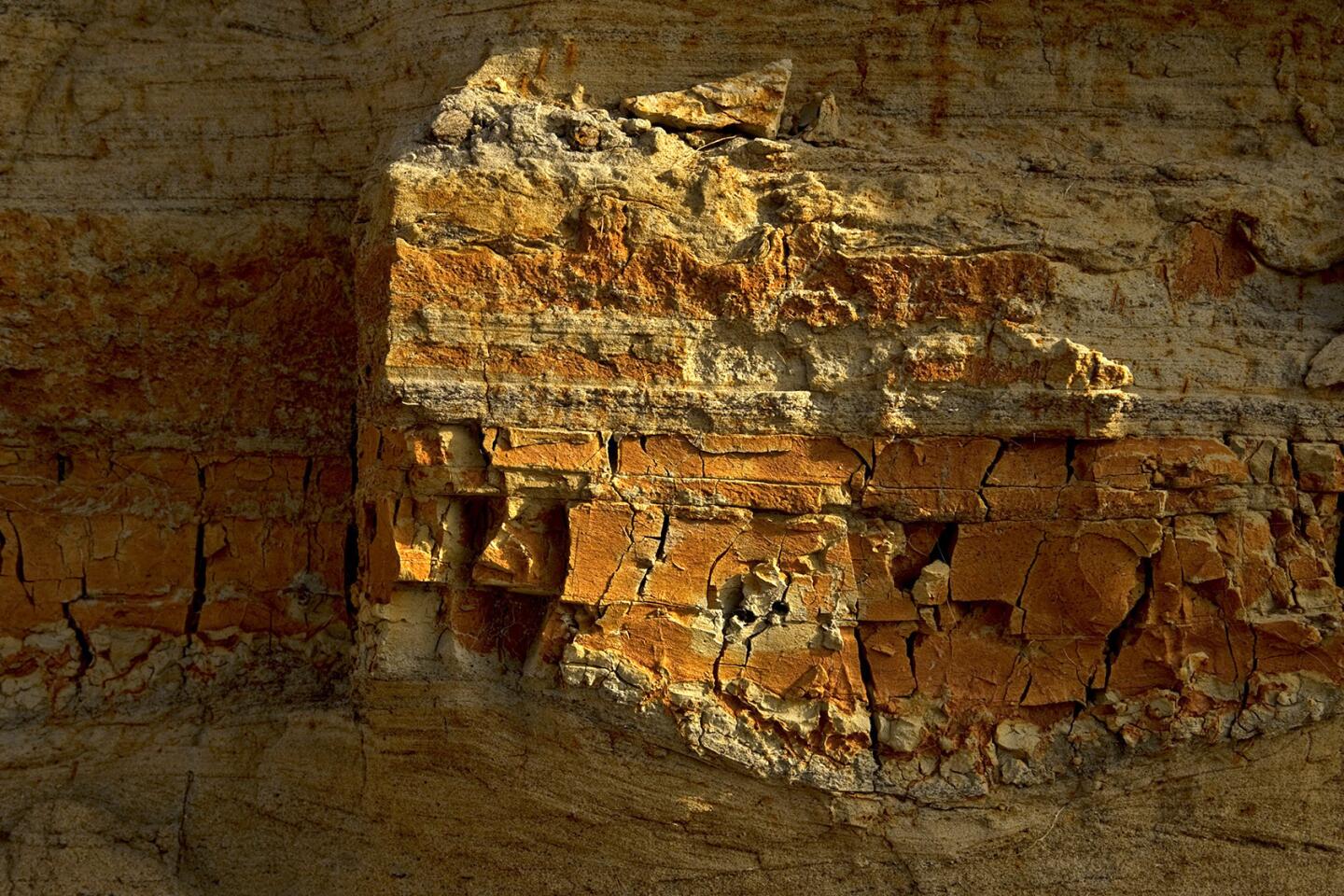
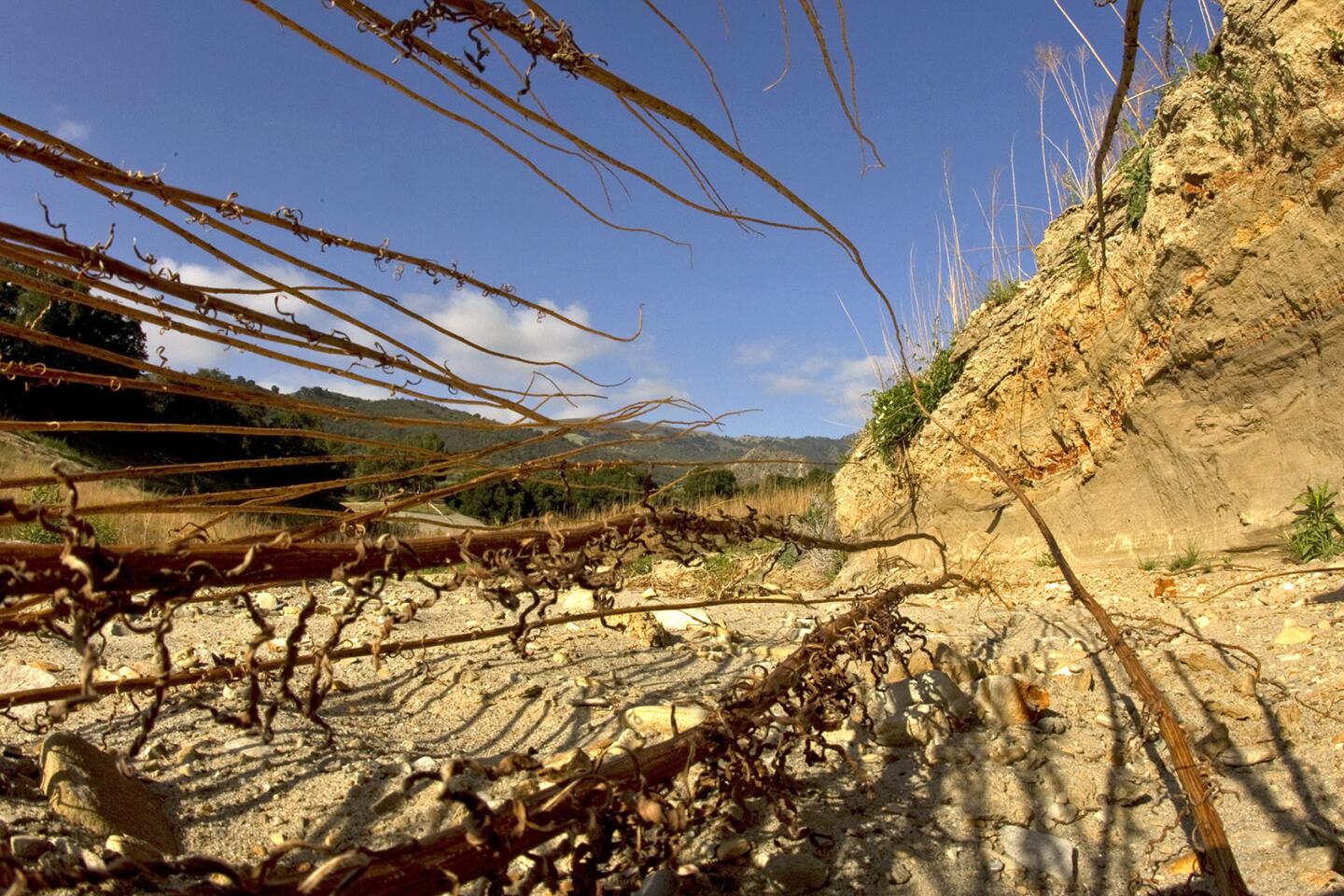
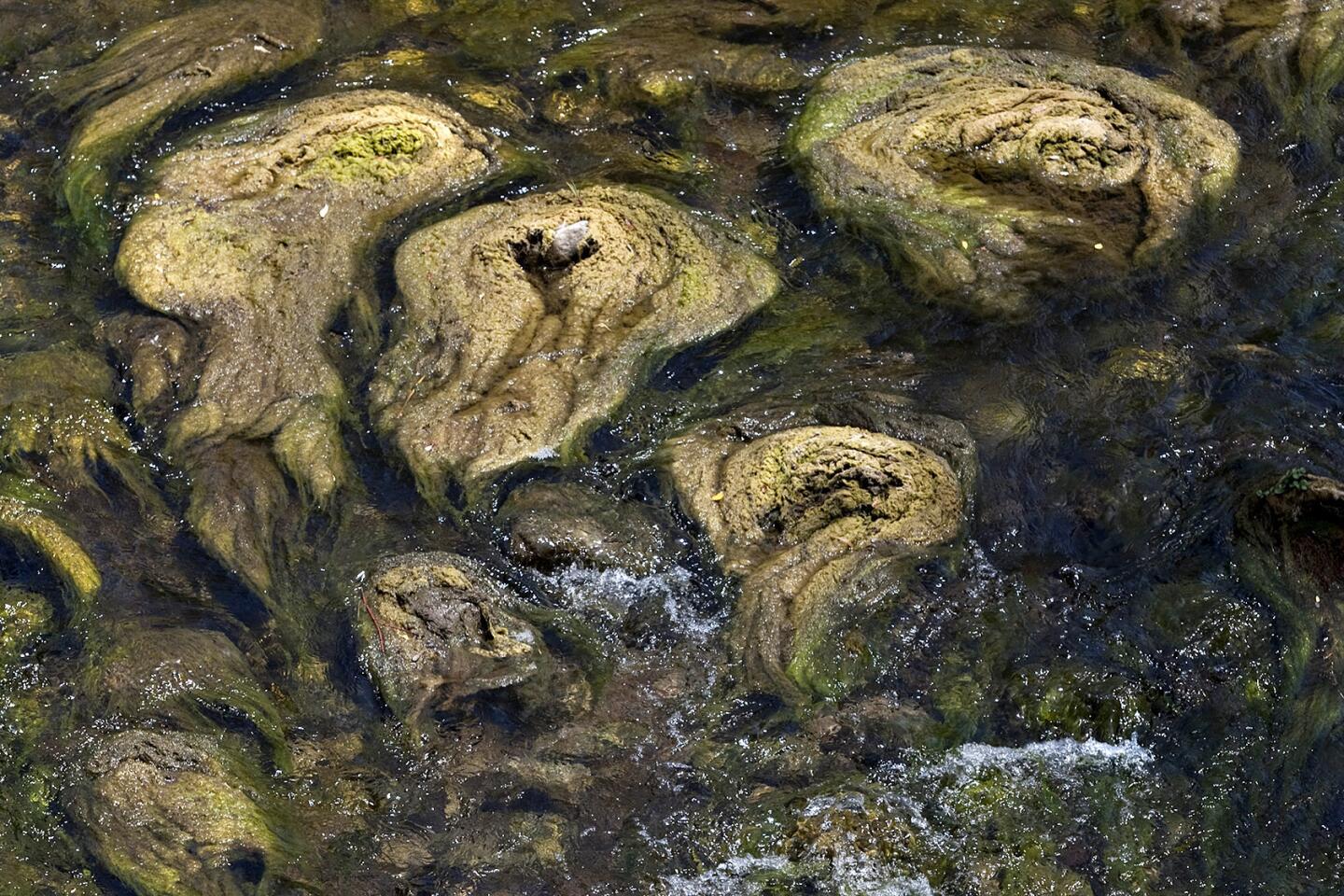
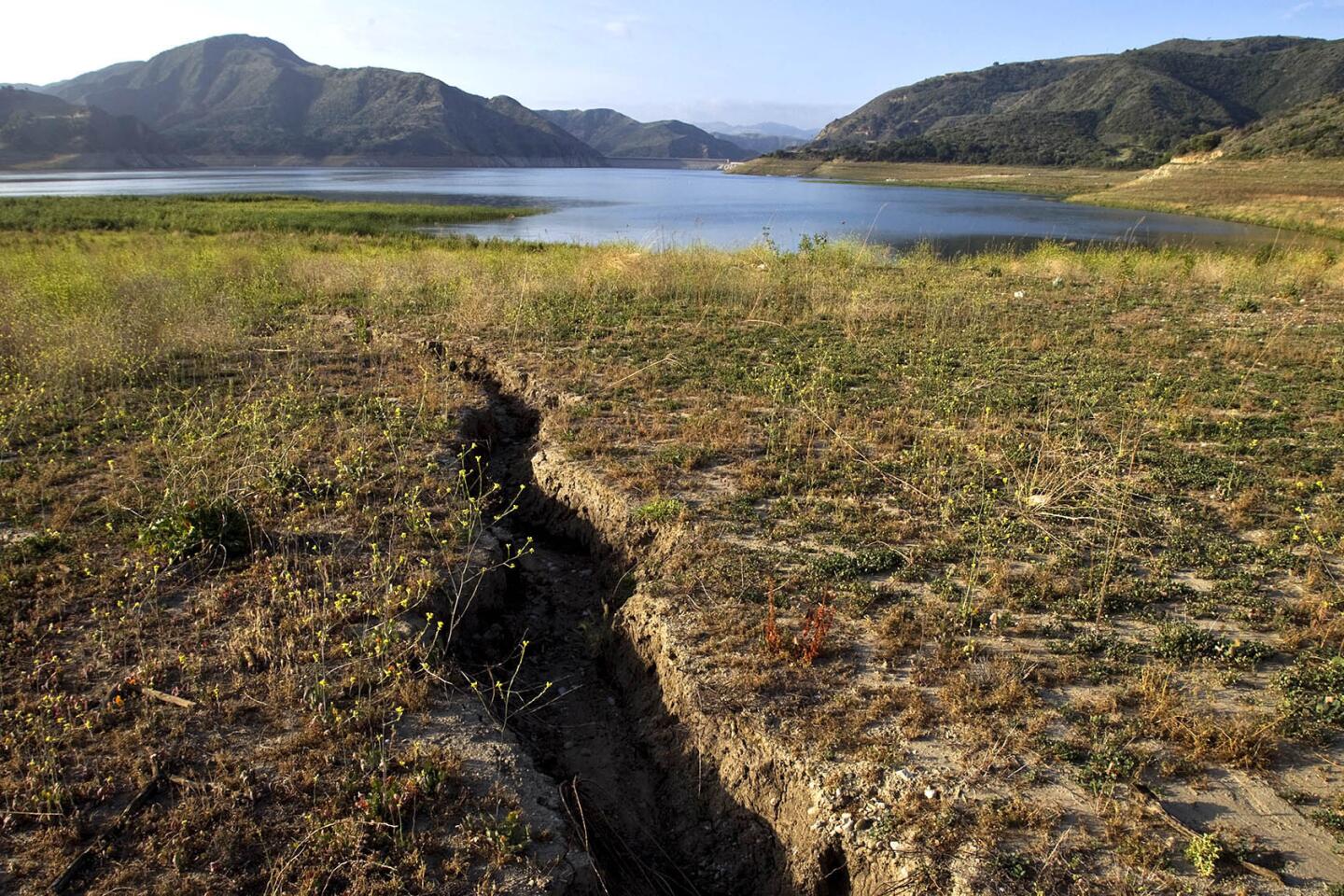
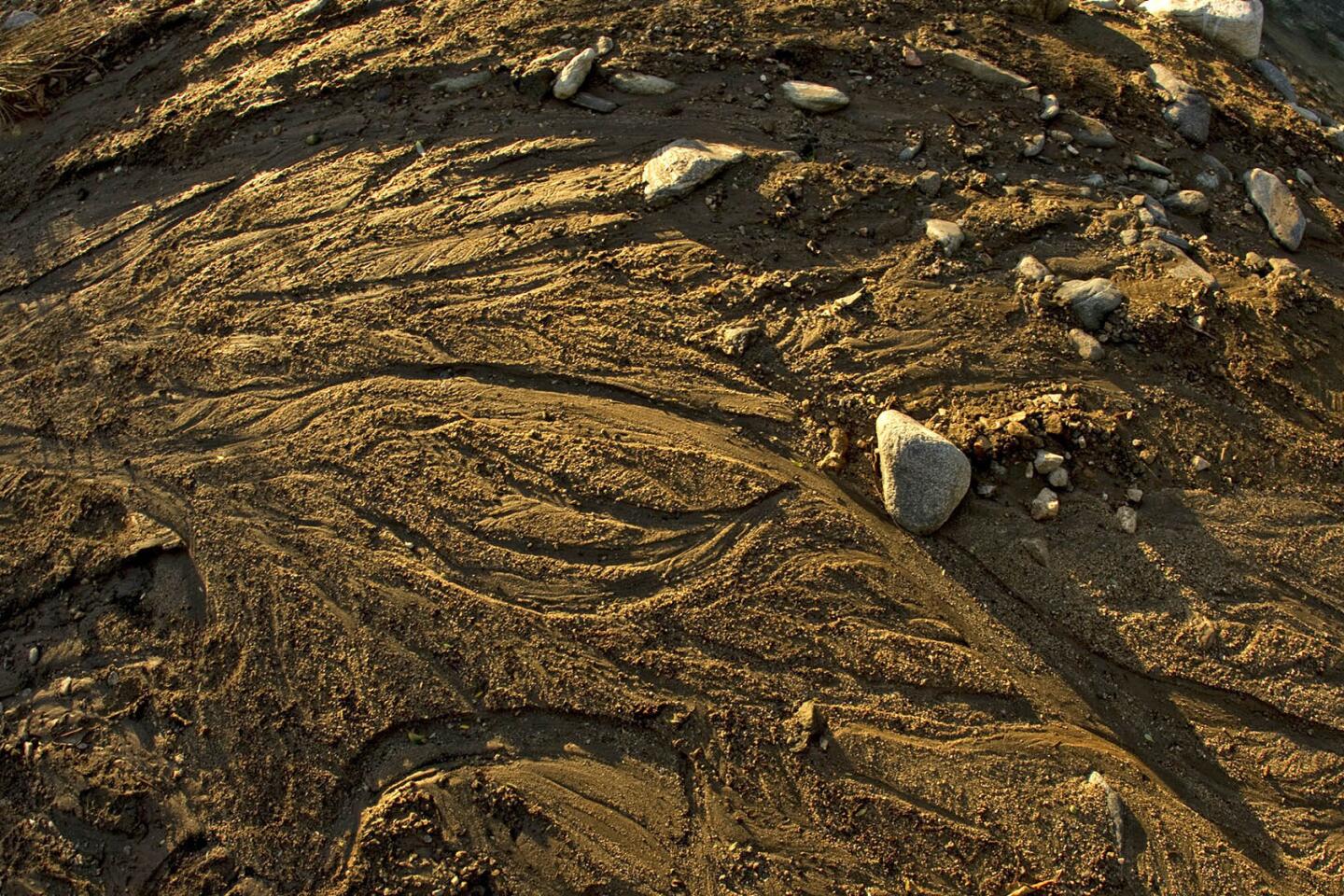
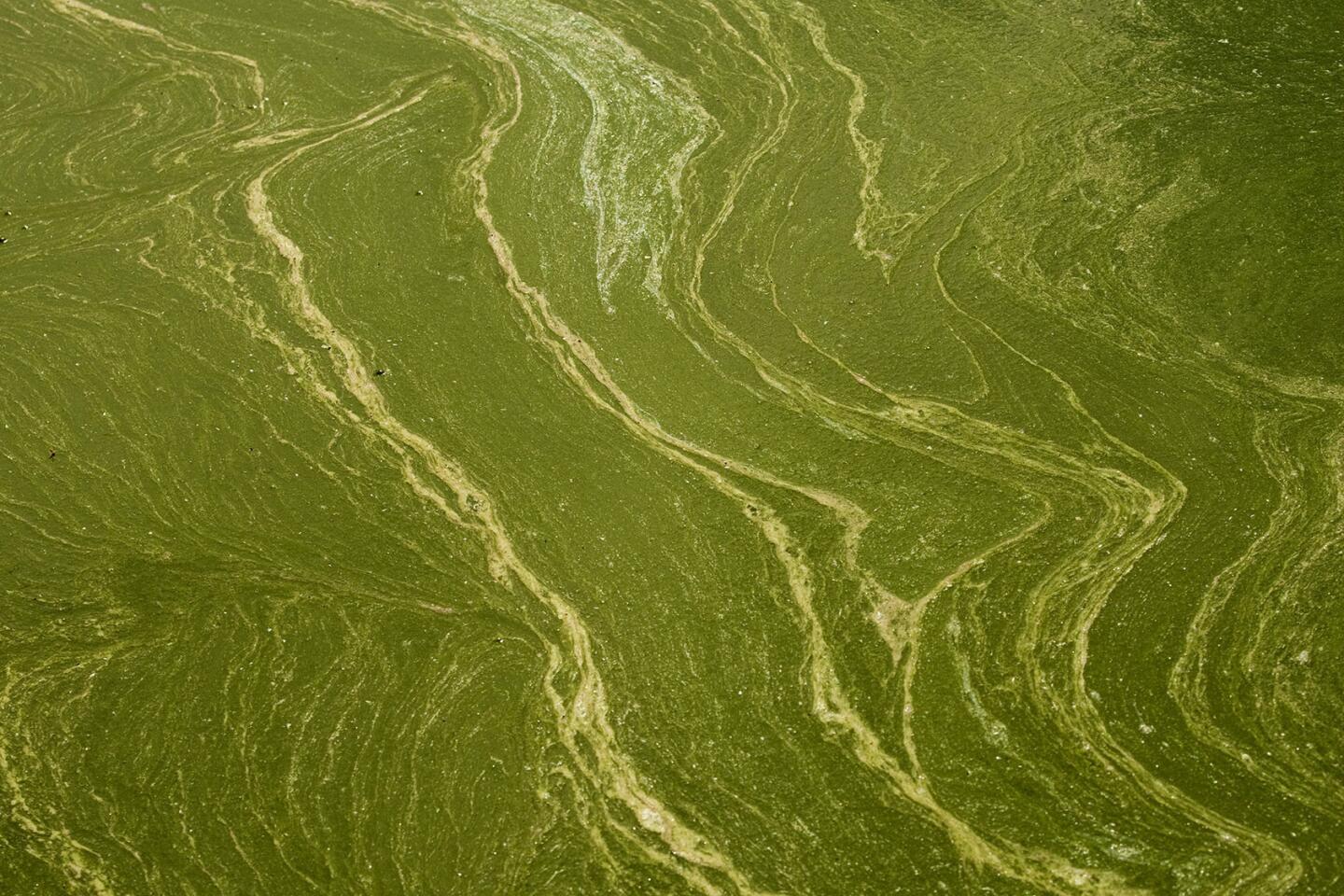
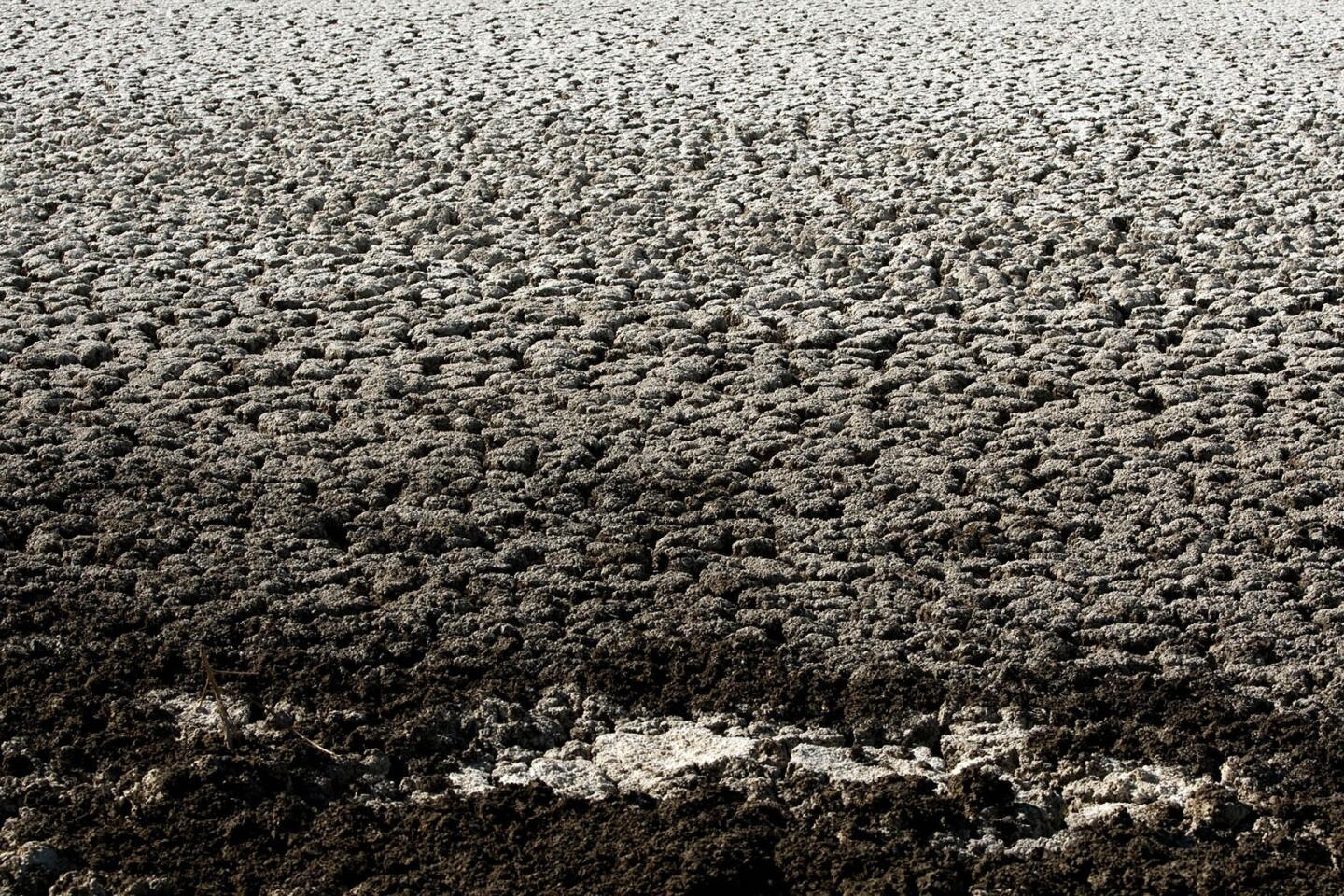
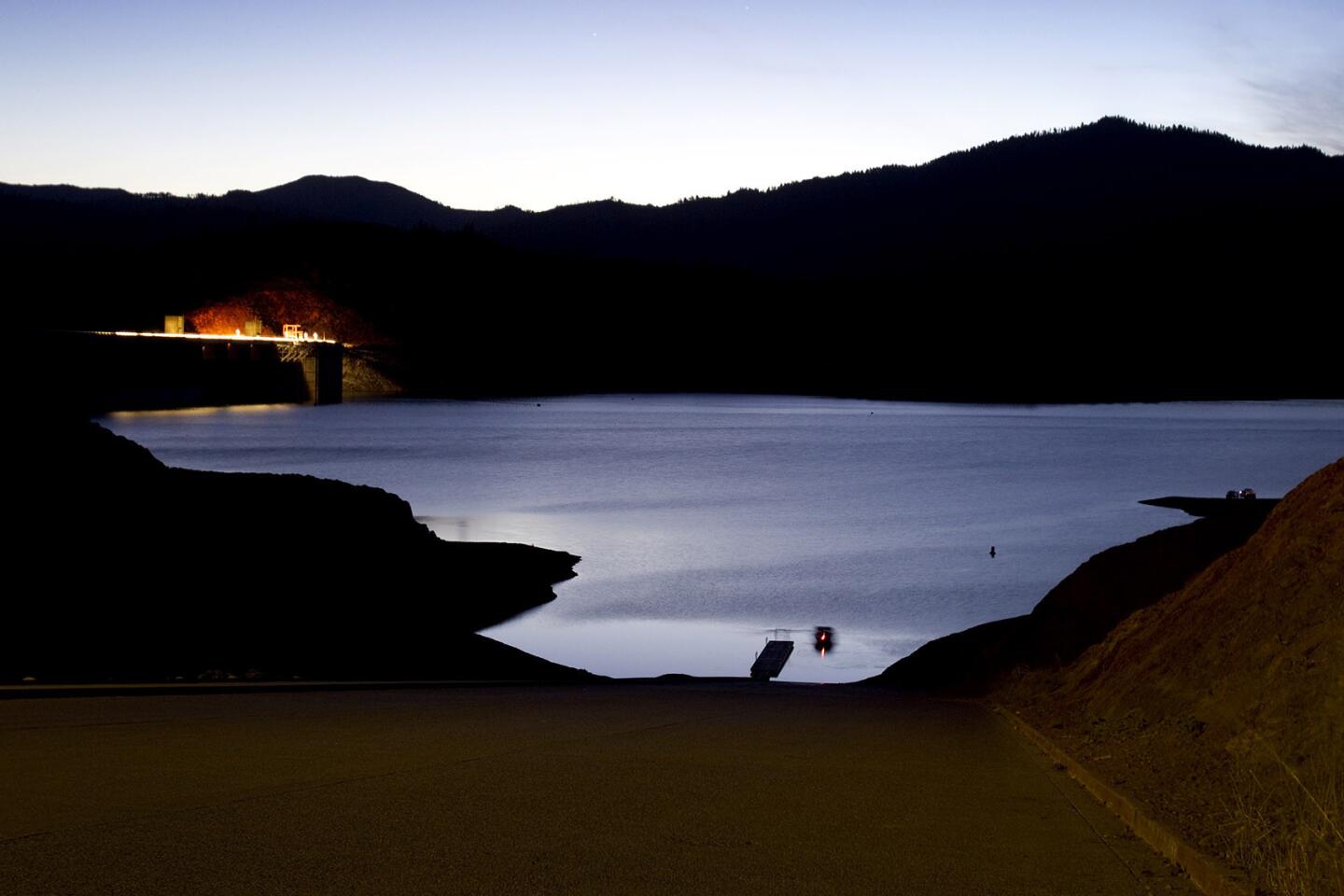
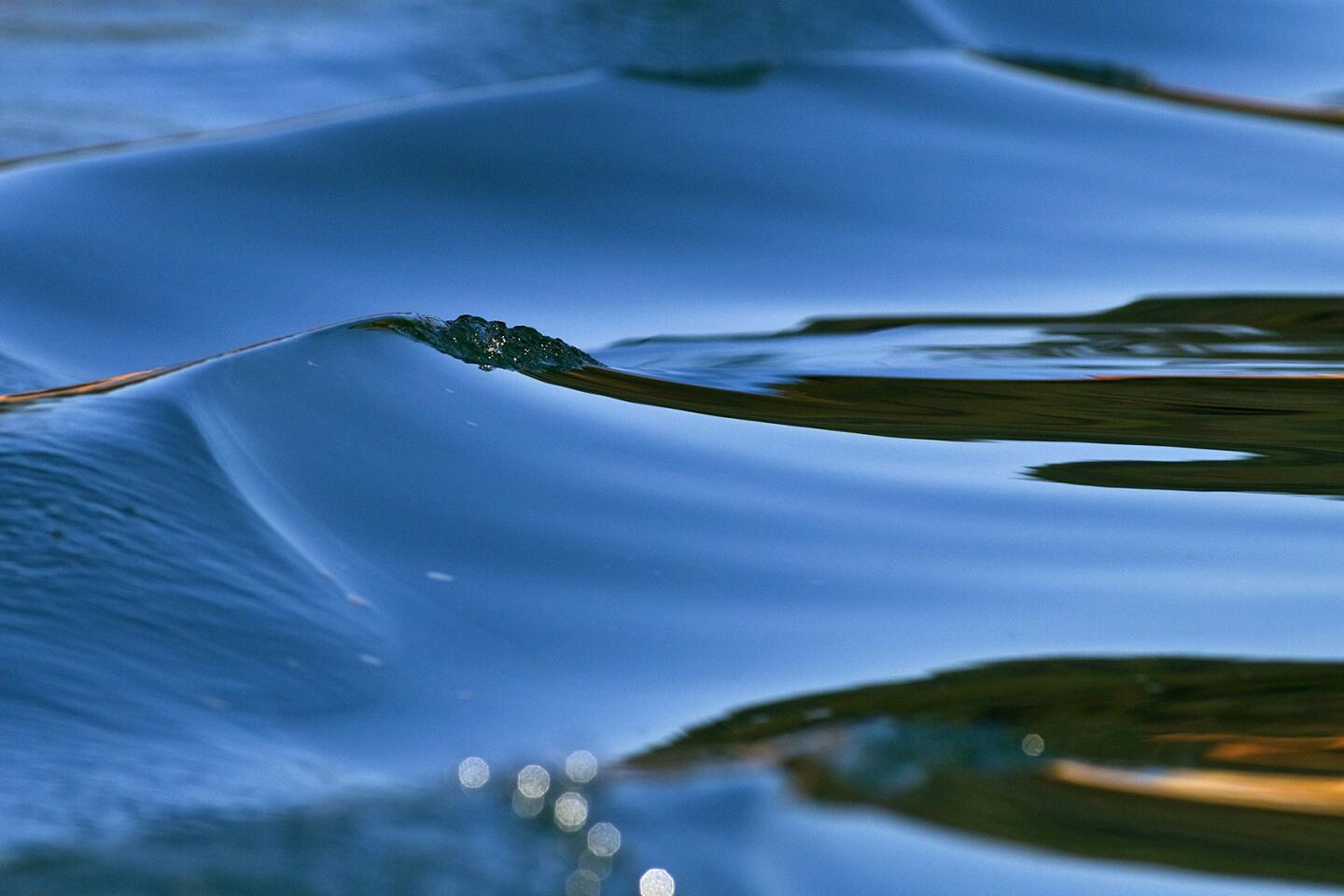
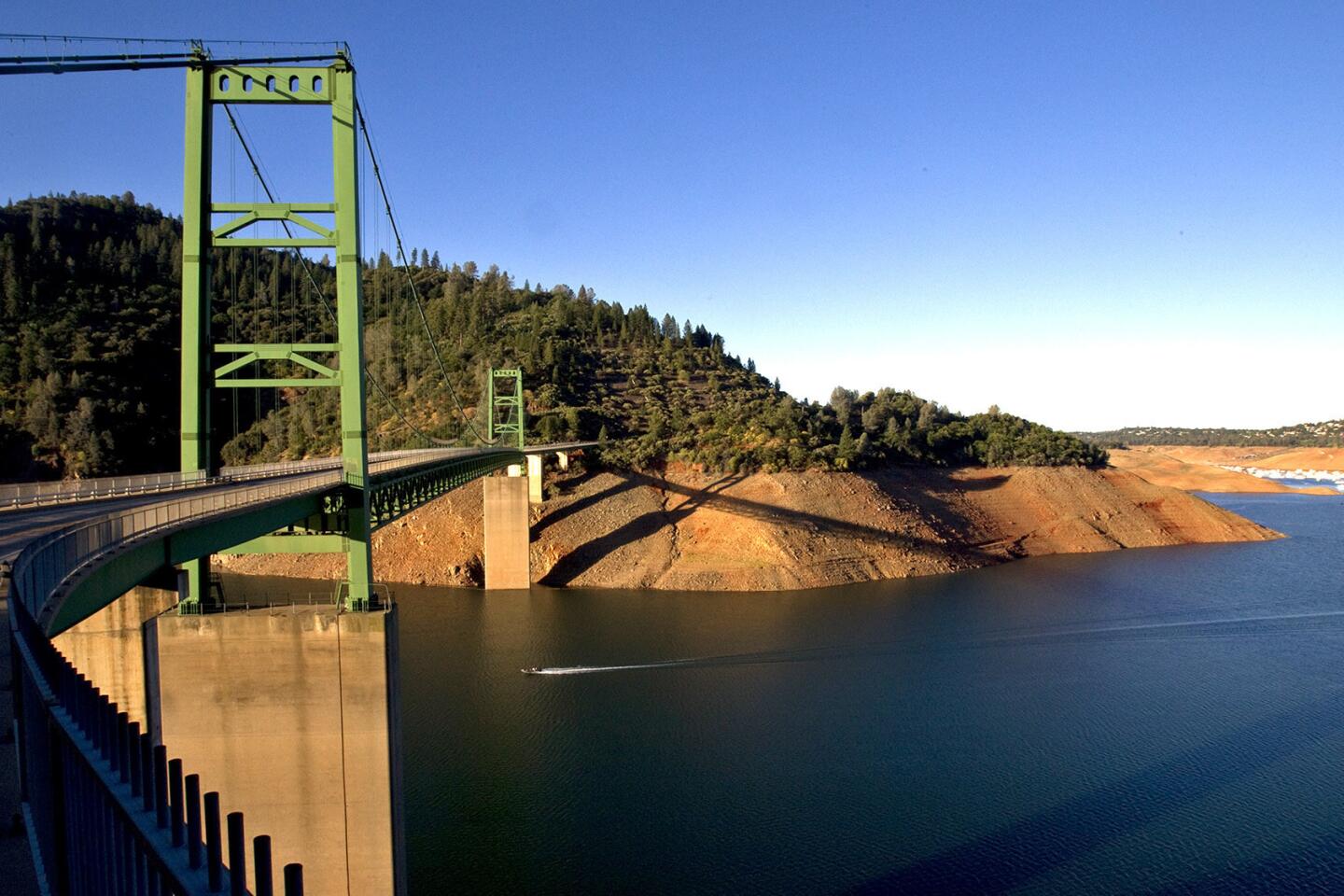
A boater speeds under the New Bidwell Bar Suspension Bridge as severe drought conditions show the water down 160 feet from the high water mark at Lake Oroville on June 21, 2014. Officials say Lake Oroville is at 43% capacity and is likely to get worse, but is not as bad as the drought of 1976-77.
(Allen J. Schaben / Los Angeles Times)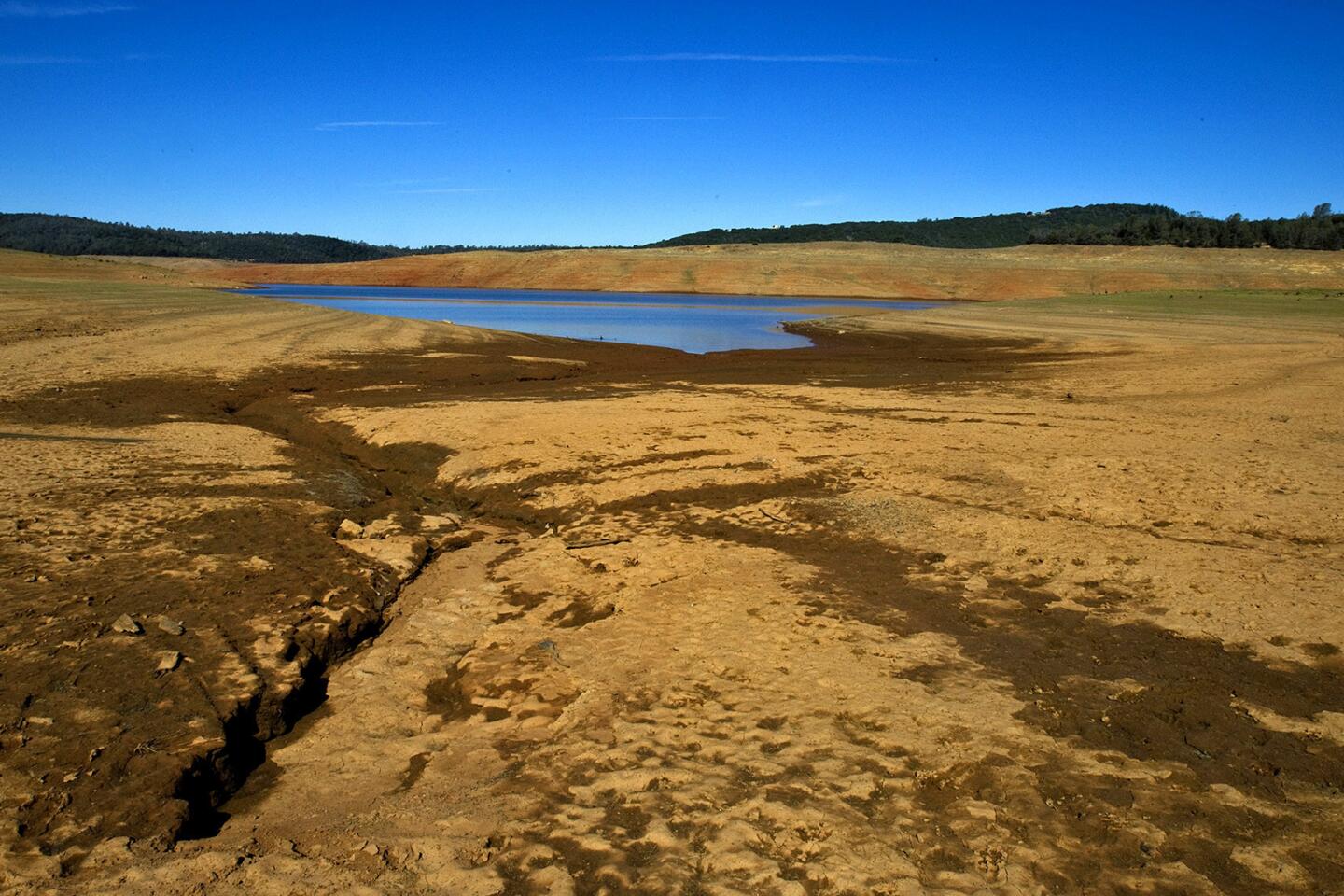
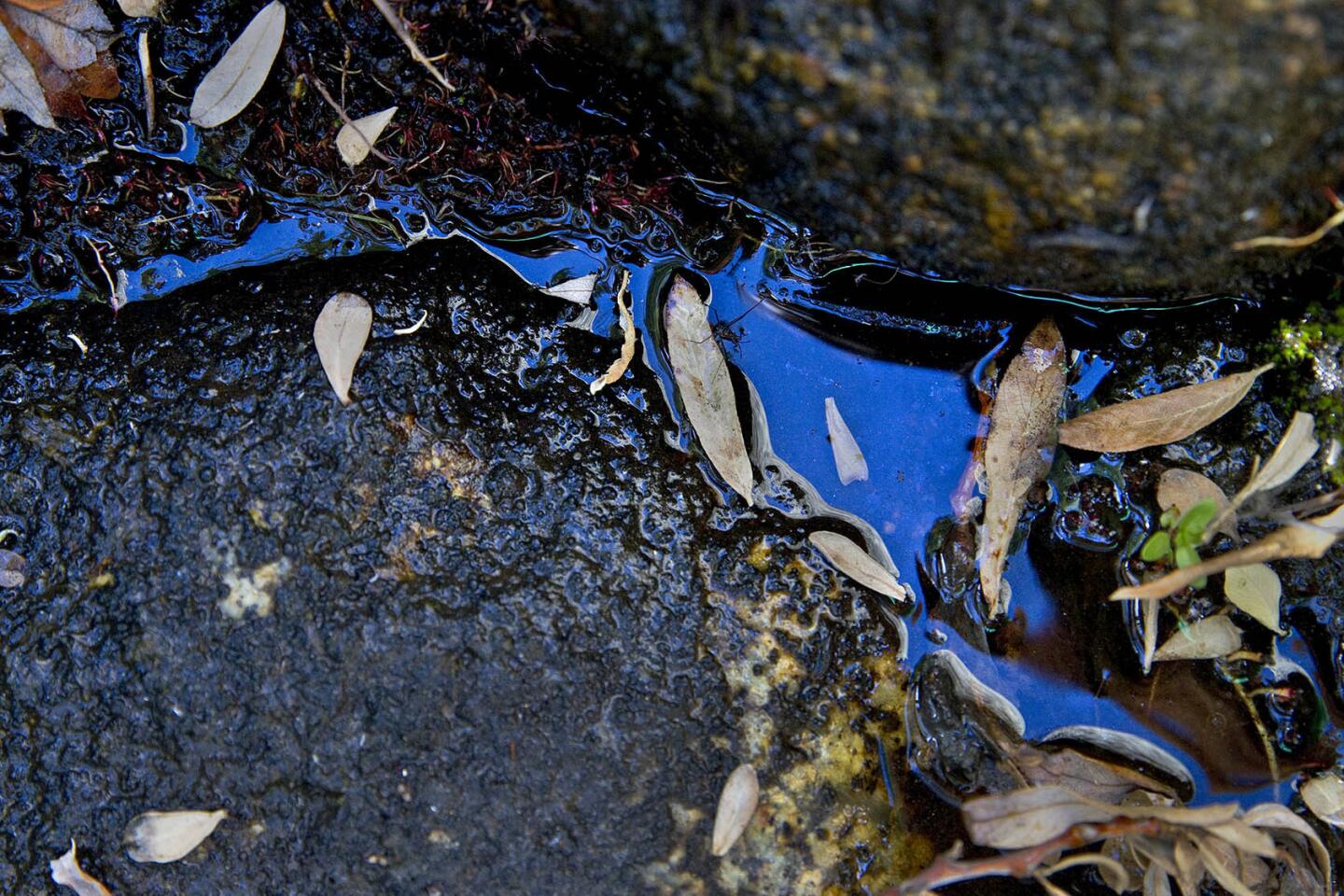
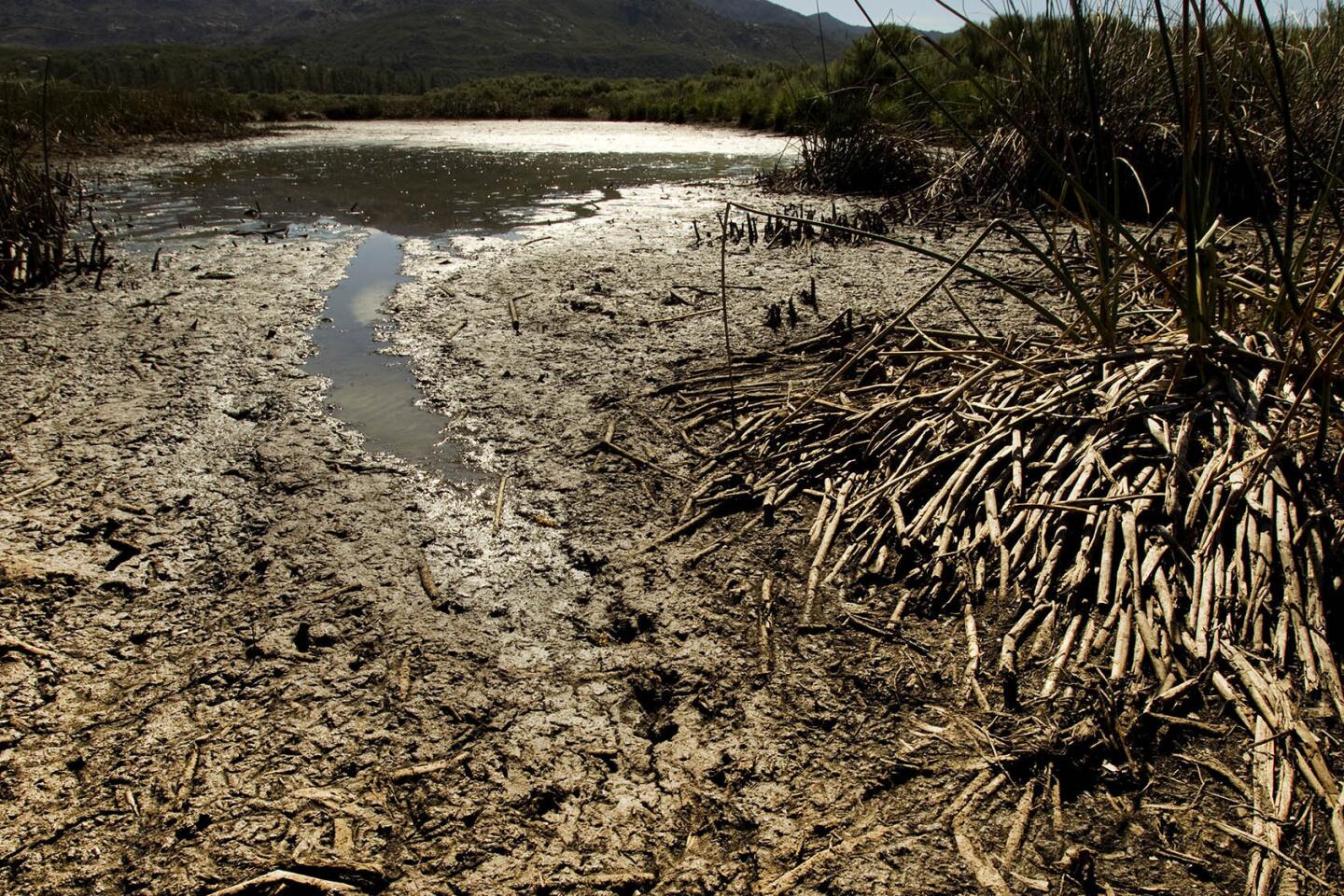
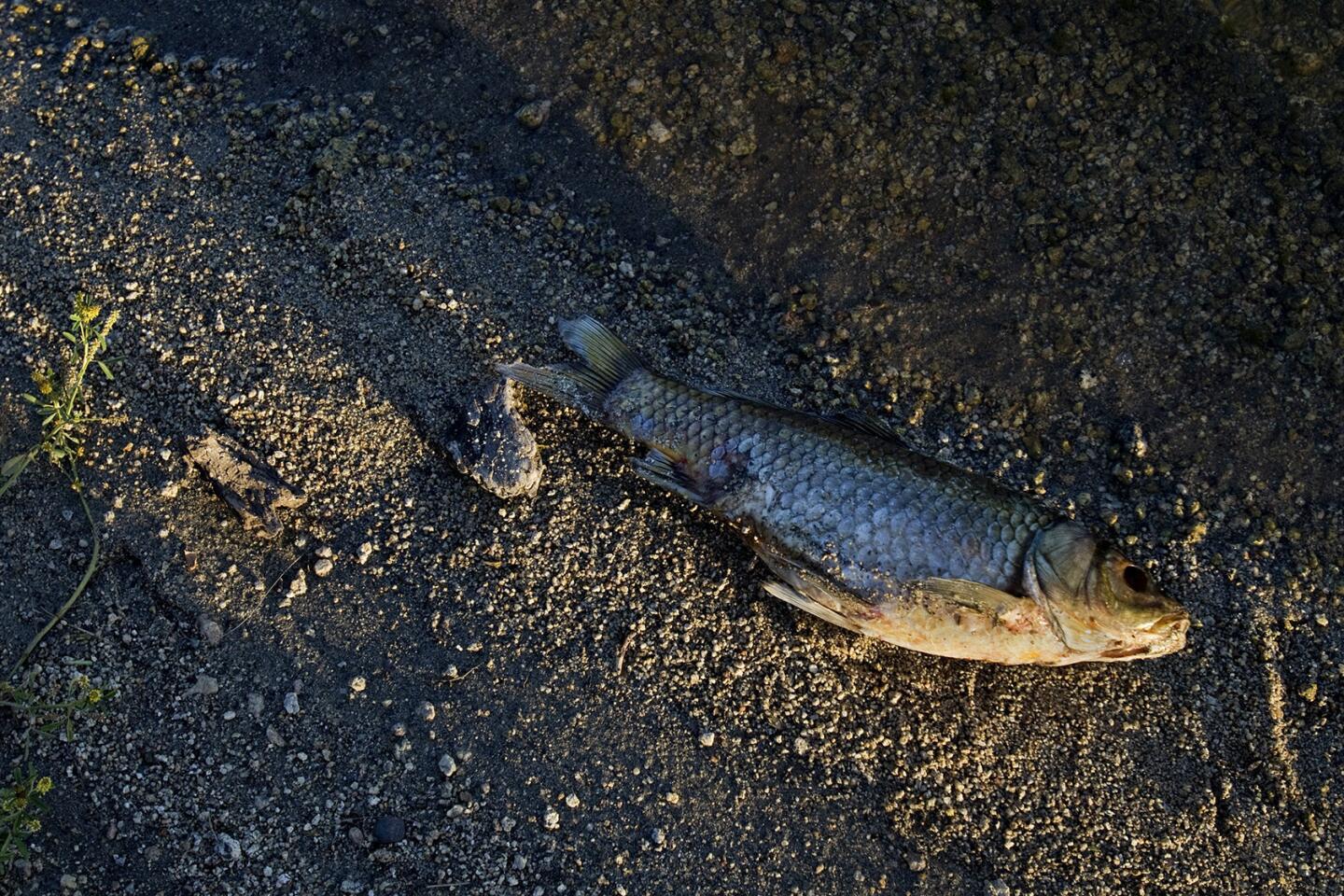
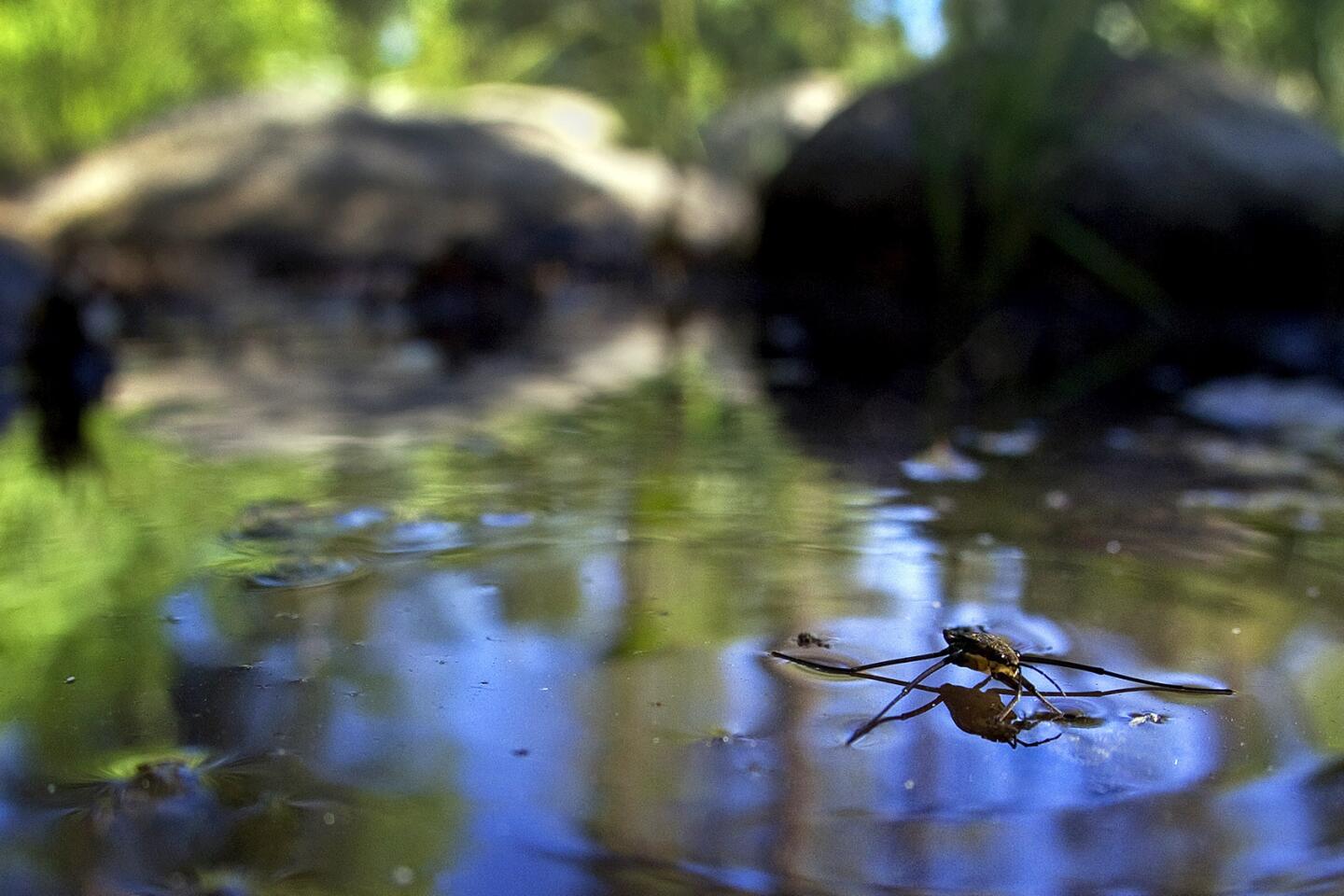
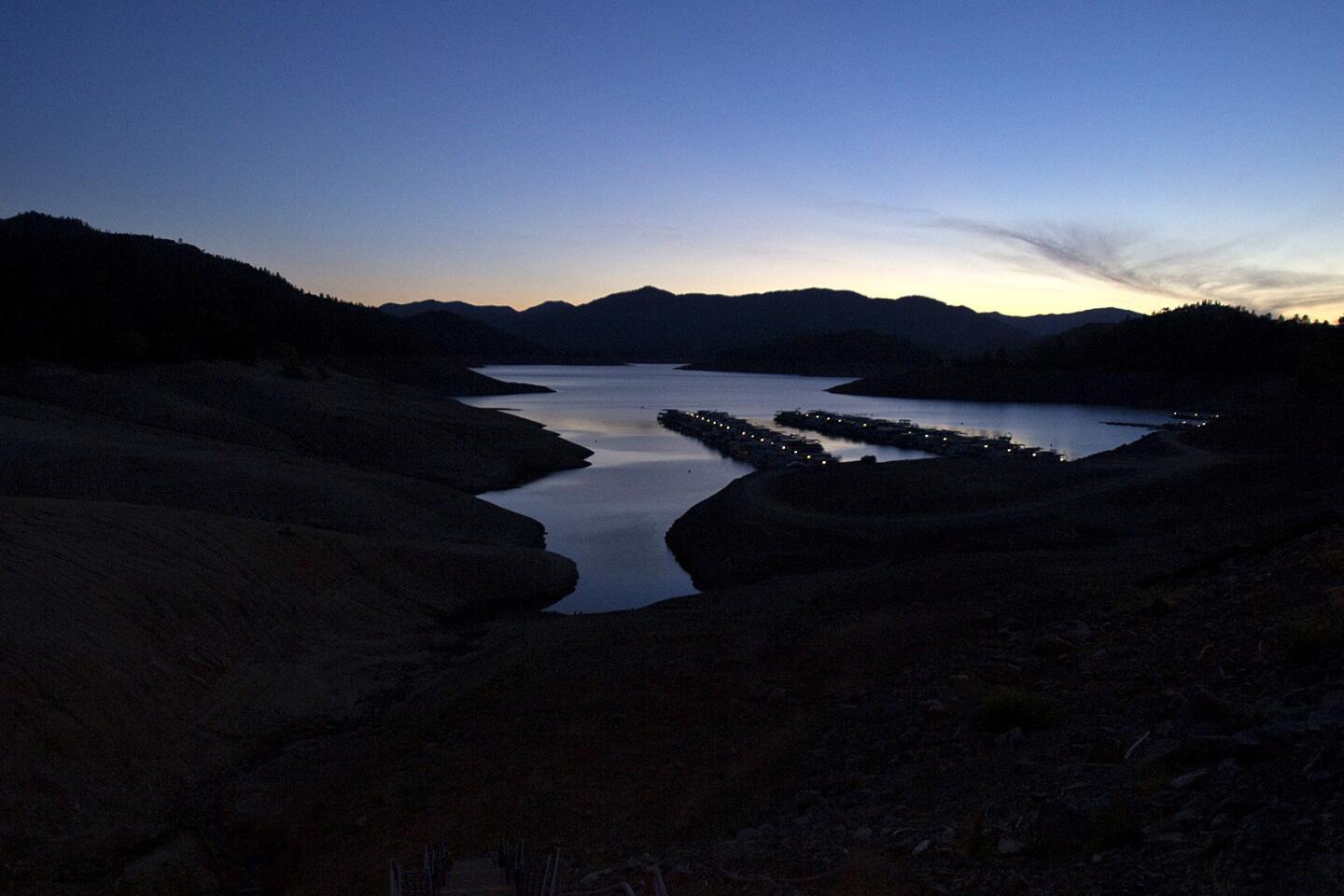
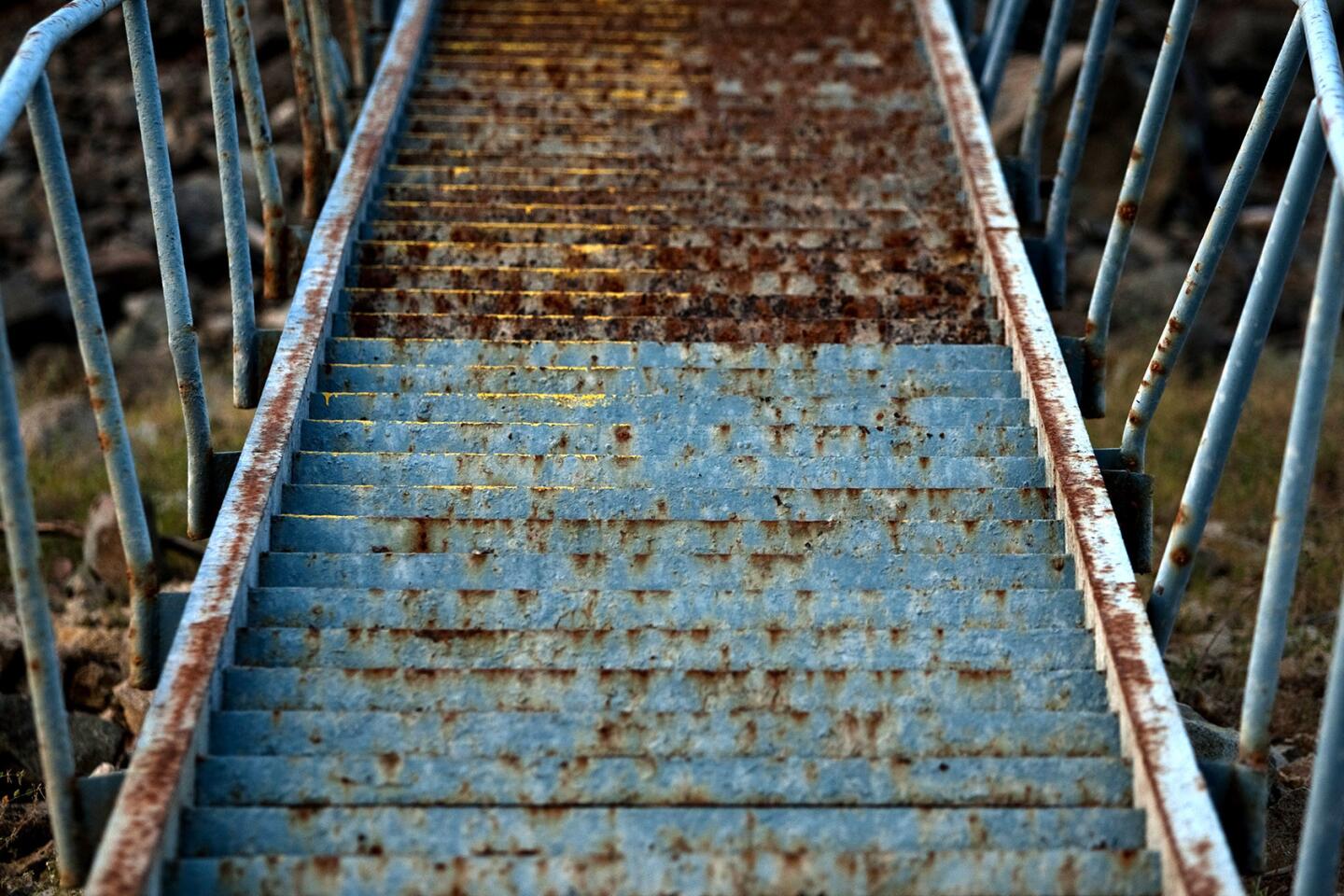

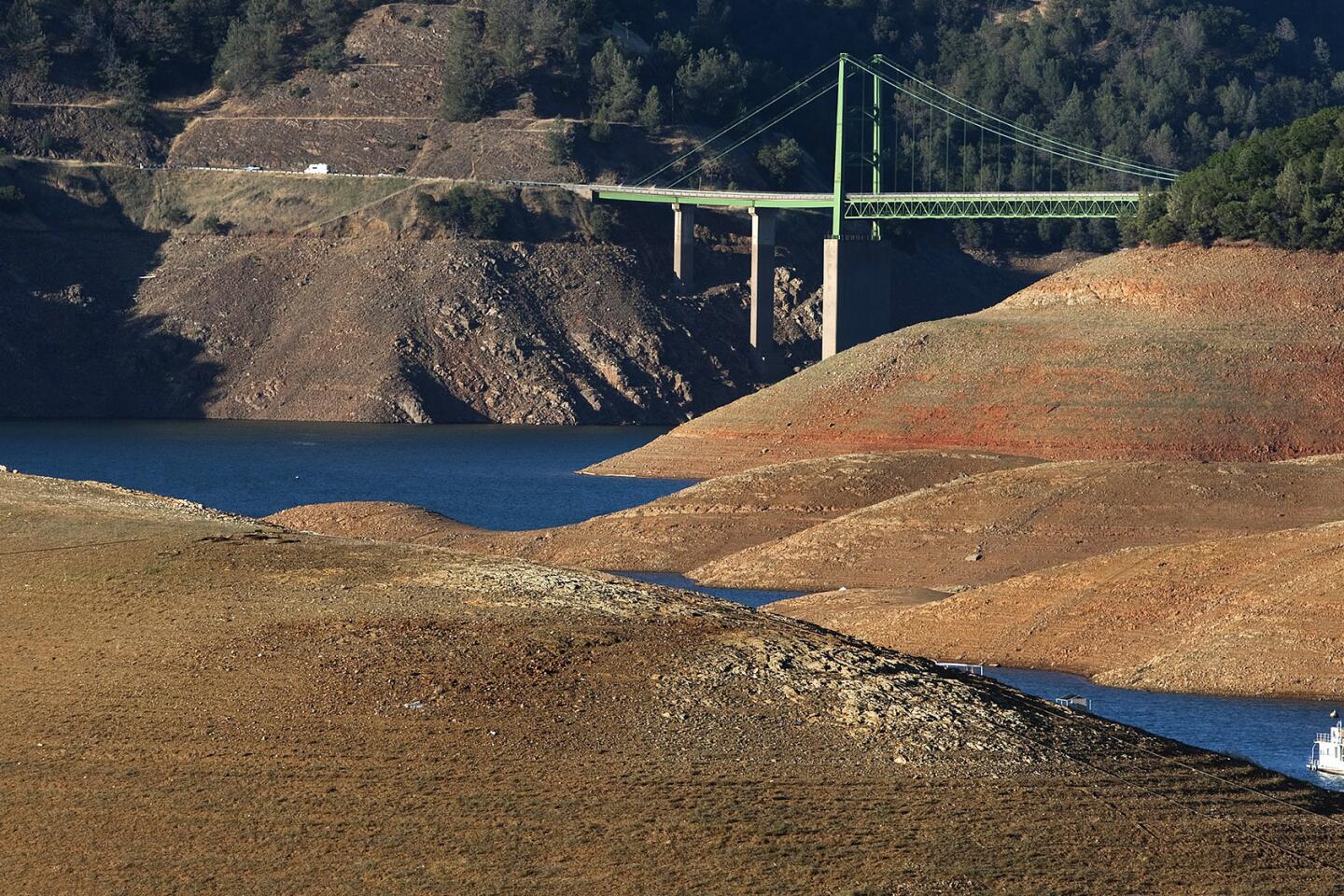
Severe drought conditions are evident as a lone houseboat is dwarfed by steep banks that show the water level down 160 feet from the high water mark at Lake Oroville on June 21, 2014. Receding water levels are revealing prehistoric and historic artifacts such as bedrock mortars and projectile points made by the Maidu people and remnants of placer and dredge mining that thrived here after John Bidwell discovered gold in 1848.
(Allen J. Schaben / Los Angeles Times)Over the last week, the only spot in California to see improved drought conditions was -- of all places -- Mojave Desert, officials reported.
The area benefited enough from recent showers and thunderstorms for it qualify for a one-category improvement from “extreme” to “severe” drought, according to the latest statewide assessment released Thursday.
“Otherwise, conditions in California remained unchanged on the map,” wrote David Simeral, author of the latest U.S. Drought Monitor report.
According to the map, 95.4% of the state now falls under the “severe” drought category — the third-harshest on a five-level scale -- and slight improvement from 97.5% last week.
But don’t expect conditions to continue on a slow recovery path as six-day to 10-day outlooks show above-normal temperatures across California.
The drought in the Western U.S. has caused a loss of 63 trillion gallons of groundwater since the beginning of 2013, according to a study published last week in the journal Science. The loss is the equivalent of four inches of water across the United States west of the Rocky Mountains.
Reservoir levels also continue to remain far below average and in some communities, entire wells are running dry.
Tulare County officials had to distribute bottled water last week to nearly 300 homes after their private wells went dry.
The California Department of Social Services has distributed more than 205,000 boxes of food to drought-stricken counties, according to the state weekly drought update. Authorities estimate 80,556 households have picked up about 153,000 boxes of food.
For breaking news in Los Angeles and throughout California, follow @VeronicaRochaLA. She can be reached at veronica.rocha@latimes.com.
Sign up for Essential California
The most important California stories and recommendations in your inbox every morning.
You may occasionally receive promotional content from the Los Angeles Times.
Veronica Rocha worked on the Metro desk and at L.A. Now covering breaking news in California. She joined the Los Angeles Times in 2014 and left in 2017.
More From the Los Angeles Times
Podcasts
John Orr was a renowned fire investigator who was also a prolific arsonist, and whose thinly veiled novel helped to convict him. In this episode we hear from the fire captain who first suspected him—and from Orr himself.
Madison McGhee is joined by legendary Dateline host Josh Mankiewicz and esteemed L.A. Times Reporter Richard Winton as the three of them dive into all-things Menendez Brothers, the good, the bad, and the still unknown.
NPR climate editor Sadie Babits talks about why the media has long overlooked the climate crisis, and how that’s starting to change.

